You don’t need me to tell you that AI is a game changer. Just as the Industrial Revolution reshaped the way we worked in the 18th and 19th centuries, the emergence of artificial intelligence moves us into a new era. AI represents a paradigm shift in the way we interact with machines and process data, promising to upend industries, economies, and our daily lives. Rapid advancements in AI technology have already begun to change the way businesses operate, with automation and machine learning algorithms (more on these later) streamlining manual processes and augmenting our existing capabilities.
As marketers, AI offers us unparalleled opportunities for innovation. From personalized customer experiences and ultra-targeted advertising campaigns to predictive analytics and campaign automation, AI empowers us to unlock new channels for growth. In this guide, we’ll go over what artificial intelligence is, including the most crucial concepts you’ll need to know as a modern marketer in 2024 and beyond.
What is Artificial Intelligence?
Broadly defined, artificial intelligence (AI) is a field of computer science that focuses on creating systems and machines that can perform tasks and solve problems that would typically require human intelligence. Such tasks can range from recognizing patterns, making predictions, learning from experiences, and even understanding languages. At its core, AI aims to recreate synthetic, human-like intelligence in machines. This generally involves developing algorithms and models that enable computers to perceive their environment, reason about it, and make decisions accordingly. Digital assistants (Siri, Alexa), GPS guidance apps, self-driving vehicles, and generative AI tools (such as Open AI’s ChatGPT) are just a few examples of how artificial intelligence has changed the way we live and interact with machines in our daily lives.
Since AI aims to provide machines with human-like capabilities, it has the potential to help us save significant amounts of time by filling in for tasks that we’re not ideally suited for. Unlike humans, AI can sift and sort through large amounts of data to identify patterns that may have been missed by the human eye, automate otherwise tedious and manual tasks, and even mimic our language patterns (chatbots and LLMs). This has helped us tackle complex problems previously thought to be impossible due to the vast amounts of processing power required to solve them, such as using machine learning models to examine tissue samples and identify abnormalities at the cellular level, assisting pathologists in diagnosing diseases more quickly and accurately. In the financial sector, AI and ML algorithms have been invaluable in detecting fraudulent and criminal transactions by analyzing patterns and anomalies in large datasets to ensure the security of transactions. AI has even been used to identify suspicious betting patterns in the NBA, leading to a lifetime ban of a former player.
AI is generally split into two broad categories: weak AI and strong AI. Weak (or narrow) AI refers to AI that automates specific tasks. Although it can outperform humans, this is only true for the specific thing it was designed for such as recognizing patterns. Almost all of the AI systems that exist today are examples of weak AI, including marketing automation platforms, chatbots, and social media algorithms. Strong AI, or sometimes referred to as artificial general intelligence (AGI) is a type of AI which possesses human-like intelligence and adaptability, solving problems it’s never been trained for. When we see dystopian sci-fi films warning us of AI (Skynet anyone?), we often see strong AI that has pushed past human intelligence into a type of superintelligence. It’s important to note AGI is mostly hypothetical at this point, and it’s unclear whether we can ever create it because AGI would require machines to have consciousness and self-awareness, far beyond our current technological abilities.
Machine Learning: Continuous Improvement
The main approach to building AI systems is through machine learning: a subset of AI that focuses on developing techniques that enable machines to learn from large amounts of data by identifying relationships and patterns in the data. A ML algorithm uses various statistical techniques to “learn” to get progressively better at a task without having to be explicitly programmed for that task. The algorithm uses historical data as an input (such as previous marketing spend) to predict new output values (future expected sales revenue). ML uses a few different types of “learning” techniques including supervised learning (expected output for the input is known due to labeled data sets), unsupervised learning (expected outputs are unknown due to unlabeled data sets), and reinforcement learning (algorithms learn by interacting with an environment and receiving positive or negative feedback). As marketers, there are four types of machine learning methods that we should be aware of.
Neural Networks, the most popular way of conducting machine learning, are a series of algorithms that process data by mimicking the structure of the human brain. Neural networks consist of layers of interconnected nodes that analyze and pass information between each other by working together to decipher large datasets. They generally have an input layer which receives the raw data, followed by several layers which each apply some sort of data transformation before passing the result to the subsequent layer. After making its way through these processing layers, a final layer will produce the network’s output which could be a classification or some type of prediction. By adjusting the strength of connections between these nodes and layers, neural networks learn to recognize complex patterns within data, make predictions based on new inputs (that it has never seen before), and even learn from mistakes.
Deep learning refers to a type of multi-layered neural network that uses a large number of hidden layers (think dozens or even hundreds) that process input data to capture increasingly abstract features of that data to identify complex patterns. The “deep” in deep learning refers to the number of layers in the neural network - the more layers, the “deeper” the network. This makes deep neural networks well-suited for certain narrow AI tasks such as recognizing images, understanding human speech, and translating between different languages. As marketers, there are two key applications of deep learning and neural networks that you should know about:
Computer vision involves the automatic extraction, analysis, and interpretation of useful information from media formats such as images and videos. Deep learning has significantly advanced this field with the development of convolutional neural networks (CNNs), which are specifically designed for processing grid-like data by detecting spatial hierarchies and features like edges, textures, and objects. Computer vision can help digital marketers in several ways:
- Content Management: Computer vision can automatically tag creative assets, for instance categorizing by product lines, making it easier to find, store and retrieve visual assets related to specific products.
- Content Creation: GenAI (much more on this in the next section) can create realistic images from textual descriptions, convert sketches into photos, or even generate high-quality artwork. Instead of having to pay for expensive photo shoots, marketers can now generate or modify visual assets with the click of a button.
- Customer Engagement: New technologies such as visual search allows customers to search for products using images instead of text. Platforms such as Pinterest and Google Lens enable users to find similar items, thereby enhancing the shopping experience and driving incremental revenue. Augmented reality (AR) can also be used to allow customers to visualize products in different environments, which is particularly useful in certain segments such as fashion and home decor where an initial trial is crucial before making a purchase.
Natural Language Processing (NLP) focuses on the interaction between computers and human language, enabling machines to understand and even generate human language. Deep learning models, especially transformers (ChatGPT stands for Generative Pre-Trained Transformer), have pushed the boundaries of what is possible in NLP. Marketers already know that deep learning models like ChatGPT can create blog posts, product descriptions, social media copy, but here are a few other relevant use cases powered by NLP:
- Chatbots and Virtual assistants: AI-powered chatbots can handle customer queries in real-time, providing instant support and improving the customer experience without needing to hire a large human team. These systems use NLP to process, understand, and generate responses to customer inquiries, freeing up human agents for more complex tasks. A good example would be the various chatbots used by major airlines, or the pop-up chatbots found on SaaS and eCommerce websites.
- Sentiment Analysis: NLP can pick up on public sentiment and gauge how customers are responding to marketing activities. This includes analyzing customer reviews, social media posts, and other forms of feedback to figure out how to respond appropriately. This generally involves tracking the ratio of positive and negative sentiments so marketers can respond to customer concerns promptly.
GenAI: Fear for your job?
Let’s talk about the most hyped form of AI: Generative AI. GenAI is a broad label describing any type of AI that can produce text, images, video or audio clips by learning from training data and generating new, unique outputs that mimic the statistical properties of the training data. GenAI uses NLP and machine learning to create this new content, but it differs from other ML applications because its purpose is to produce wholly new things as opposed to simply recognizing and classifying data like other narrow AI (search algorithms for example). Two prominent types of generative models power most of the tools we use today:
- Generative Adversarial Networks (GANs): a class of models designed to generate synthetic data that closely mimics real data. Introduced in 2014, GANs consist of two main components: a generator neural network that generates new data samples, and a discriminator neural network that evaluates the authenticity of the generated data. The training process is “adversarial” because these two neural networks are asked to play each other in game-like scenarios until the discriminator can no longer reliably tell the difference between real data and synthetic data produced by the generator.
- Transformer-Based Models: Most people think of ChatGPT when they think of GenAI, which is a transformer-based model that uses an attention mechanism to weigh the importance of different words in a sentence. These models undergo a two-phase training process: in pre-training, the model is given a massive amount of text data to learn language patterns, grammar, and so on. During this phase, the model learns how to predict the next word in a sentence, given the words already preceding it for context. Afterwards, the model is fine-tuned on a smaller dataset to specialize in specific tasks such as text summarization, translation, or answering questions.
GenAI has the capability to significantly enhance marketing operations and strategies by allowing marketers to create personalized content at scale, improve customer engagement, streamline processes, amongst countless other use cases. Personalization and customization of content have become table stakes in an increasingly digital media landscape; generative AI offers us an avenue to quickly and easily produce large amounts of content to meet this demand for authentic experiences. Consider the immensely successful “Share a Coke” campaign: Coke found an ingenious way to create personalization for the masses, but it was a massive creative and logistical endeavor to design and produce hundreds of different cans. With GenAI, we can produce similar results without hiring multiple agencies and partners to pull it off. For example, Carvana used GenAI to generate 1 million+ unique videos that reminded customers of the day they met their Carvana vehicles. The marketing team realized that people often have special bonds with their cars, so they used machine learning models to collect basic data such as the car’s model, color, year, purchase data, and location - enriched with cultural events around that time and place to create bespoke “joyrides” to commemorate and celebrate that bond. The best part? It took less than half a workday to process and create all the videos. With GenAI, companies without the resources of Coca-Cola can pull off these types of campaigns within a reasonable amount of time and tighter budget constraints.
Brands and companies across different sectors have taken notice and are using GenAI to improve and increase customer engagement. Spotify is piloting AI-driven voice translation by providing additional languages for top podcasts, all in the podcaster’s voice. The technology leverage’s OpenAI’s voice generation to match the original speaker’s style, making for a more natural listening experience than traditional dubbing so Spotify is able to bridge language barriers and cater to international markets far more effectively than before. This is a step above the mundane chatbots and virtual assistants that have begun to dot the eCommerce landscape, but even these are seeing an evolution. Recent developments in multi-modal AI will further expand what AI chatbots can do to solve customer problems. Imagine a customer submitting a photo of a faulty product and the AI chatbot quickly and accurately providing a resolution based on previous customer service interactions fed into machine learning models. Furthermore, these bots are available 24/7 and can handle large numbers of inquiries simultaneously, offering immediate assistance which reduces wait times and improves customer satisfaction with your brand.
Arguably the most valuable aspect of GenAI for marketers is the potential to enhance creativity and the quality of our output while also reducing the cost of cognition to produce that work. This transformative technology spans across a wide variety of tasks: GenAI is already assisting marketers with crafting blog posts, analyzing consumer feedback, and designing new ad concepts for A/B tests. For creatives, the brainstorming process can be made much easier with GenAI by feeding a basic prompt to get a wide range of ideas. AI can suggest numerous variations on marketing activations, copy, taglines, all from a given theme or concept. Anyone who has experienced creative or writing blocks knows how invaluable it can be able to expand the pool of ideas quickly. Overcoming this “first-mile” problem of finally putting the proverbial pen to paper has caught the attention of major advertisers, as the CEO of WPP recently noted that GenAI can bring up to 10-20 times savings.
As marketers, we should be excited for the potential of GenAI to augment our own creative capabilities. Interestingly enough, a growing number of workers are instead concerned: a recent Forrester survey found that 36% of workers were worried about losing their jobs to AI and automation within the next 10 years. In our opinion, it’s still too early to worry about AI replacing us as knowledge workers. AI is still too prone to errors and generating false information, commonly referred to as “hallucinations.” You may have heard of the 2023 court case Mata v Avianca, in which attorneys submitted a brief researched using ChatGPT that unfortunately contained multiple fake extracts and case citations in a New York court. The lawyers were unaware that ChatGPT can hallucinate and failed to check that all the extracts and cases actually existed, and consequences were swift. The court dismissed the case, sanctioned the lawyers and fined their firm for acting in bad faith. Until GenAI can get to the point of becoming indistinguishable from real human output without errors, we’ll all unfortunately still have to answer emails and check Slack.
Final Takeaways
Whether we like it or not, AI will be top of mind for many marketing leaders for the next few years. With the ability to streamline processes, personalize customer experiences, and generative innovative content, AI offers marketers exciting opportunities for growth and efficiency. GenAI will become even more of a force multiplier in the future, so our best advice is to become comfortable and adept with these tools. Despite concerns about job security, the current capabilities of AI serve more as an optimizer rather than true replacement for human ingenuity and creativity. The next generation of marketers will be very skilled at partnering with machines; make sure you don’t get left behind. It’s crucial to stay informed about advancements and integrate these tools into your workflows and teams.





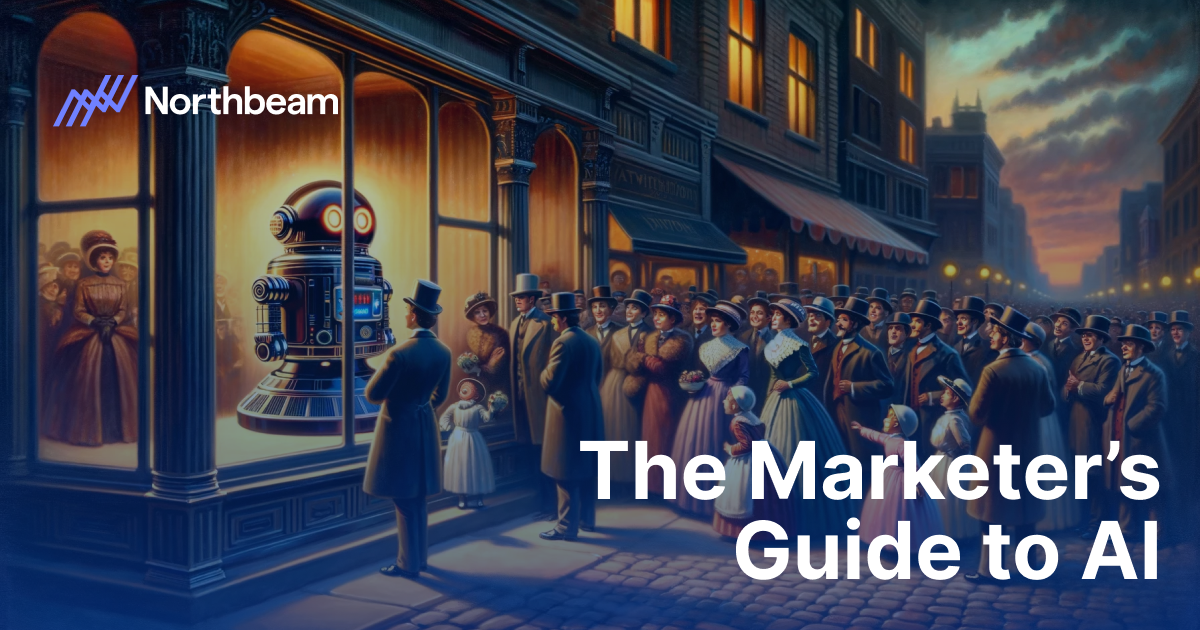




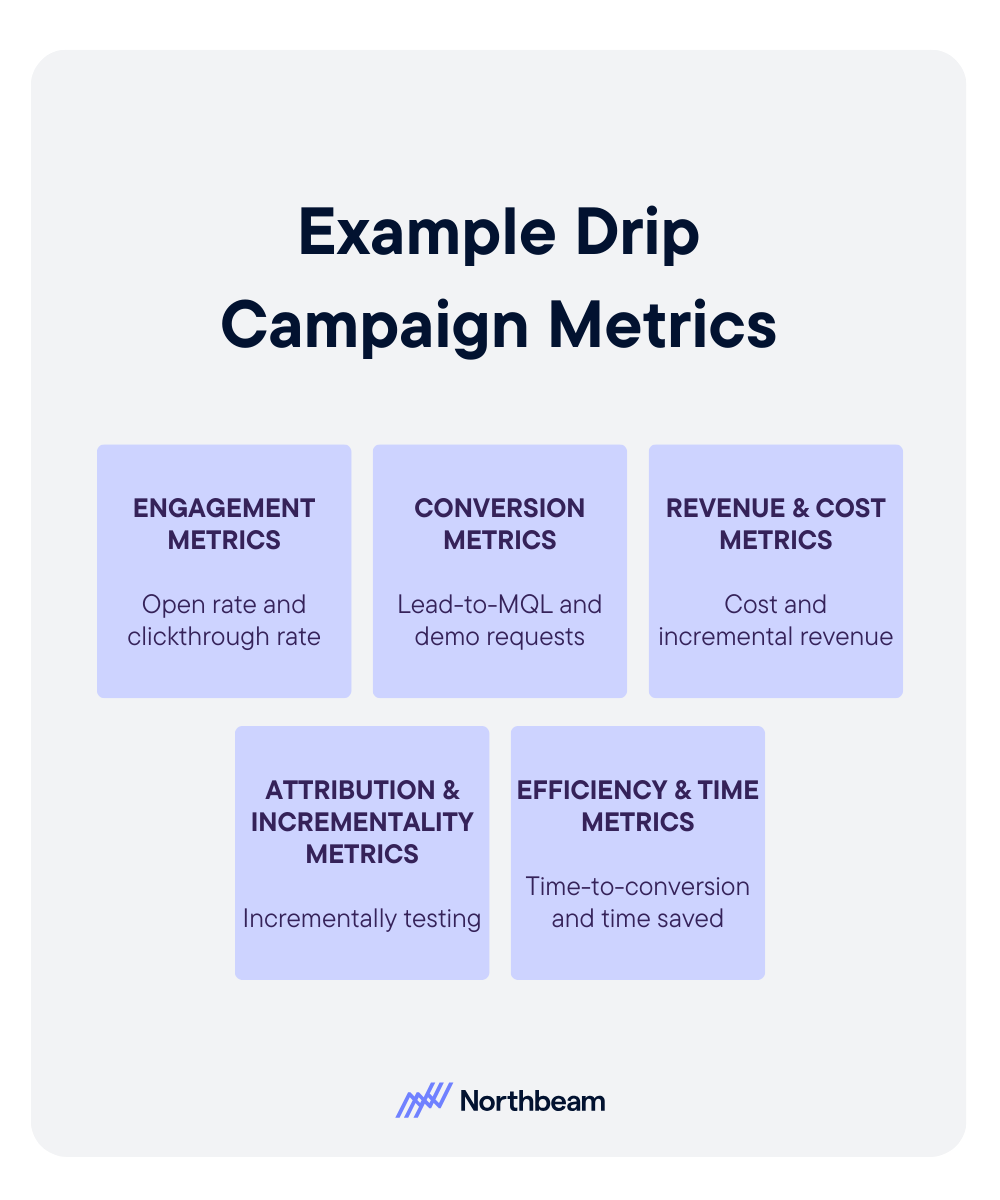

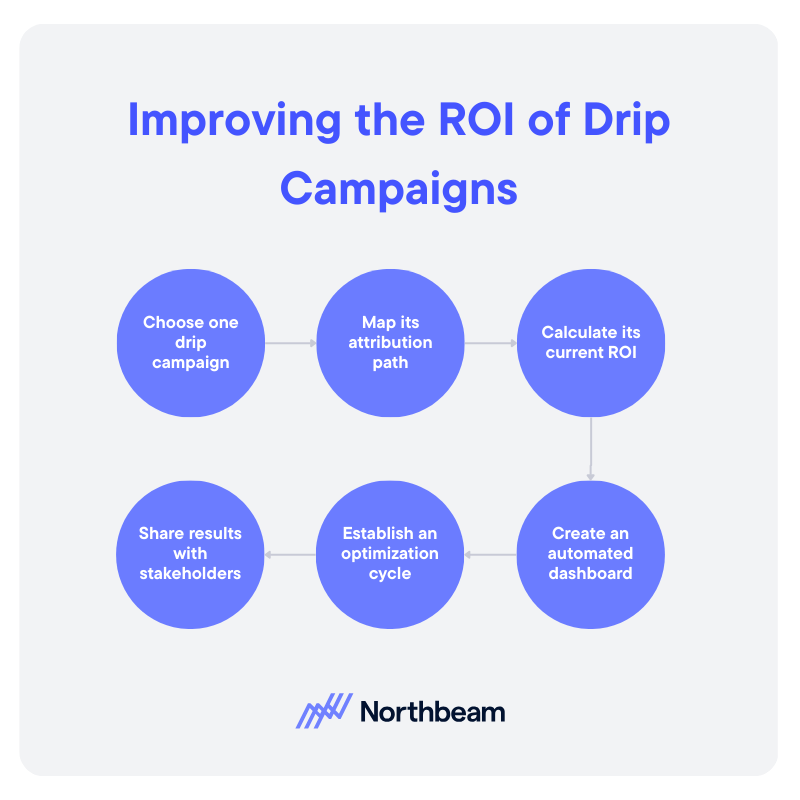


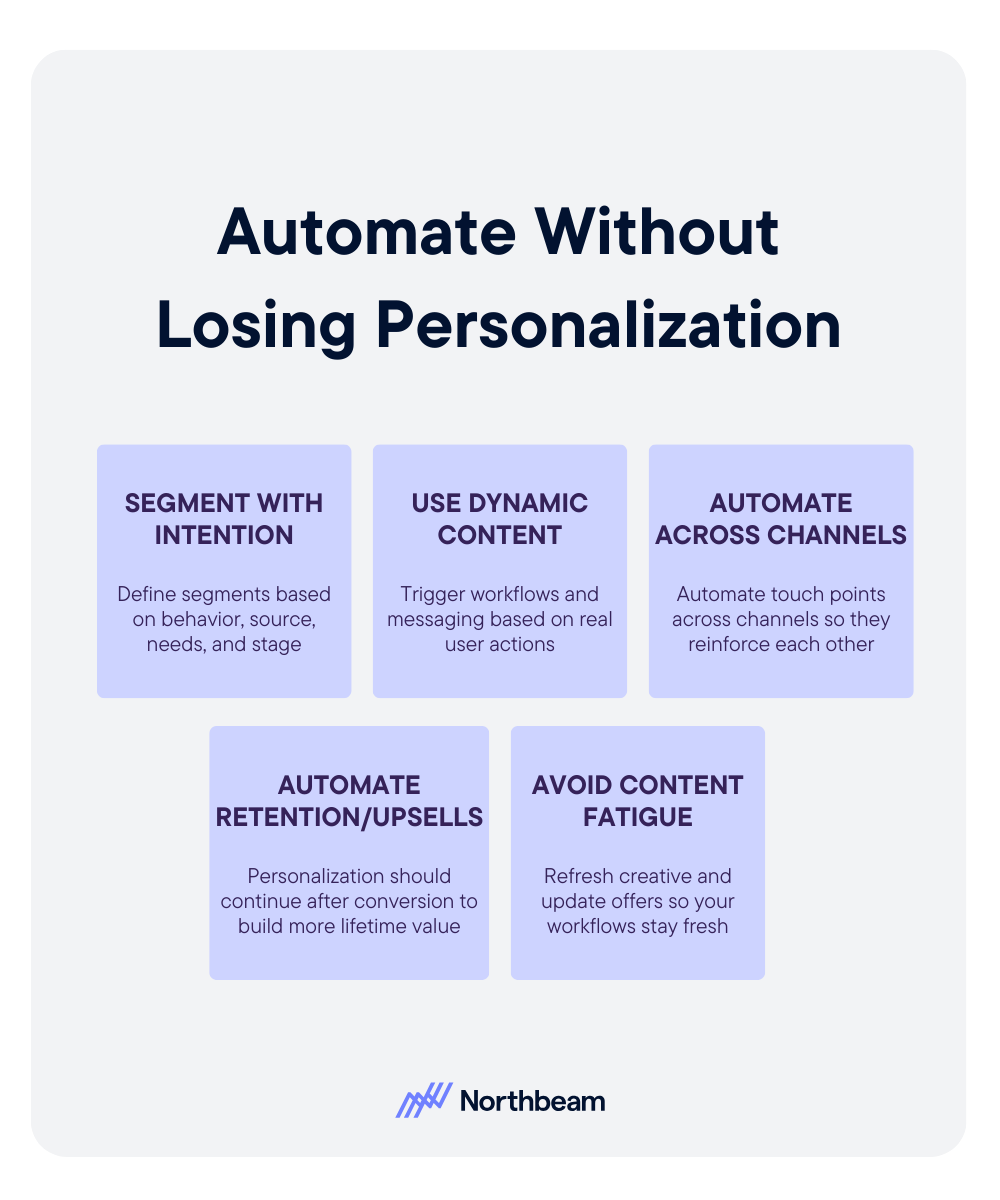






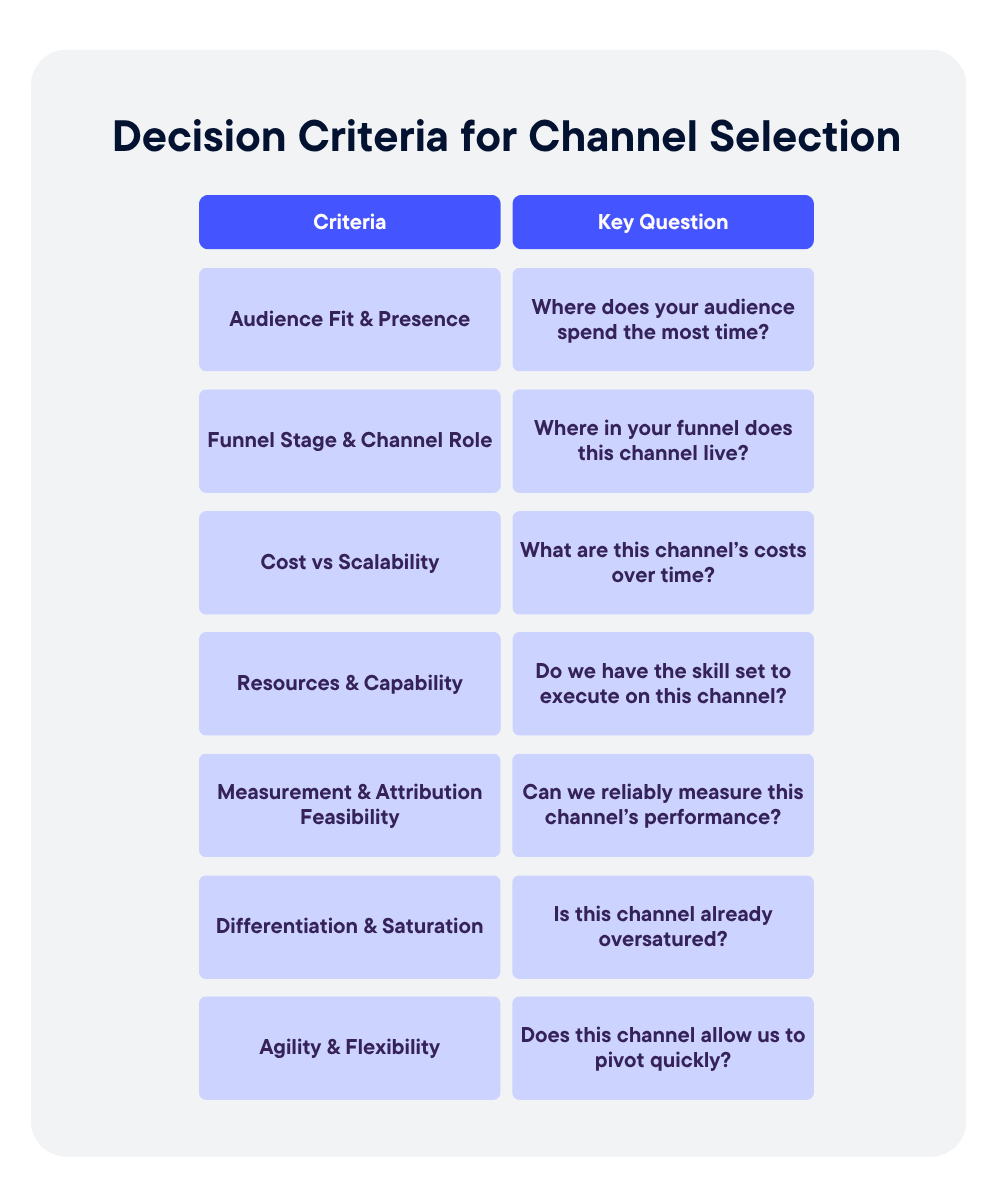
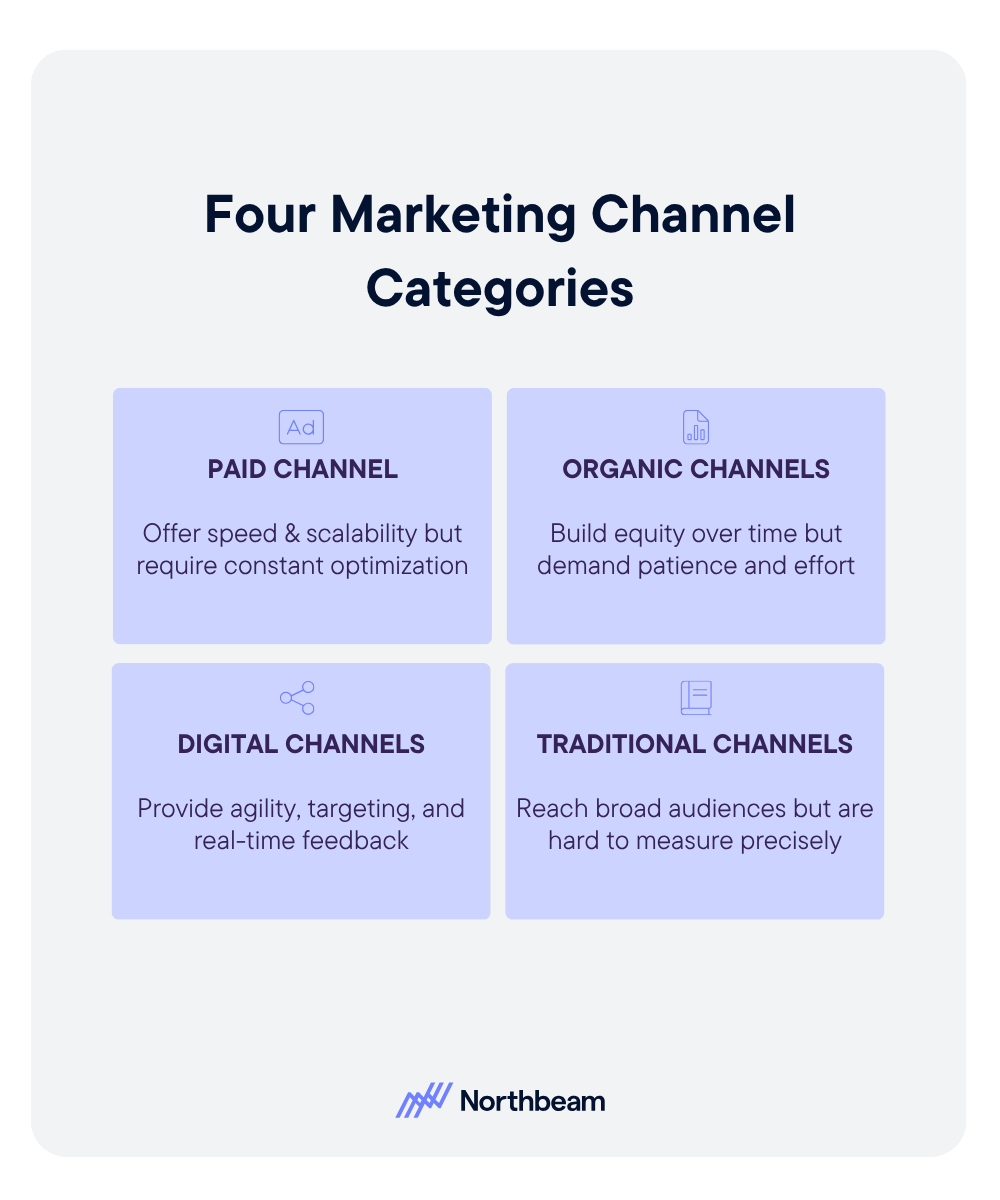
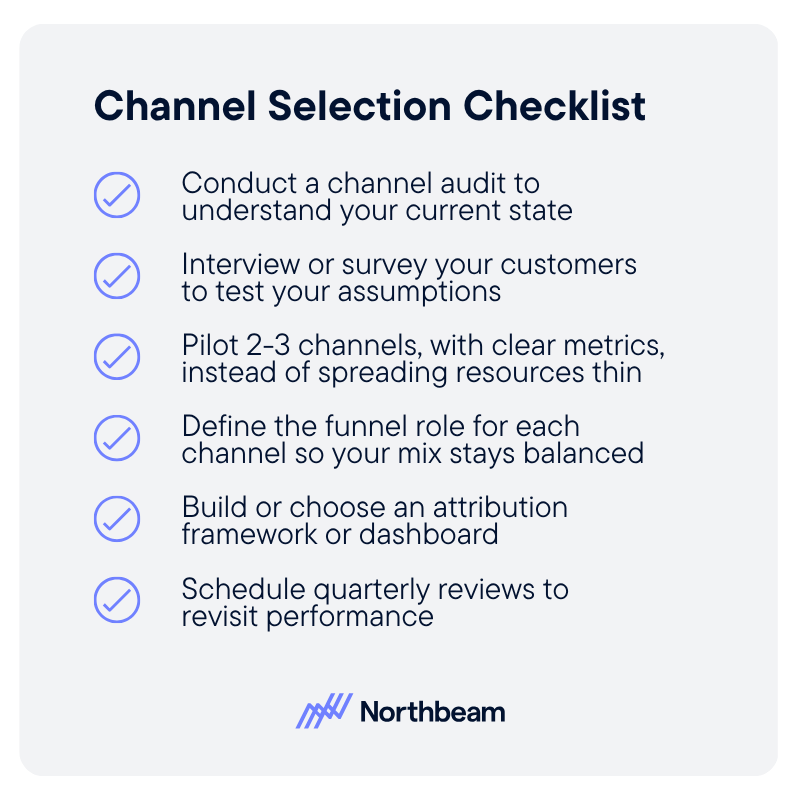

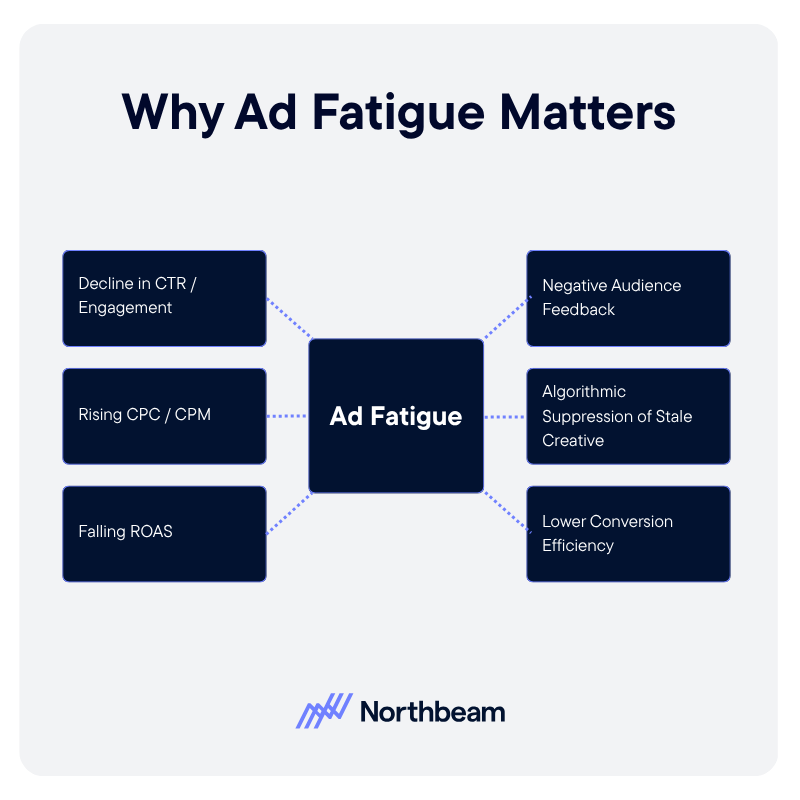





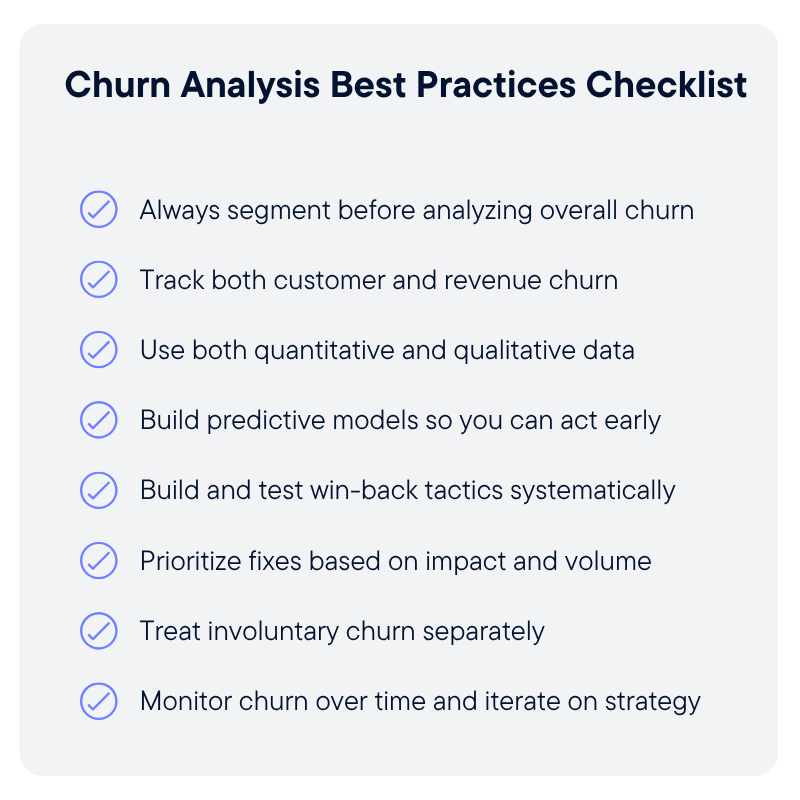

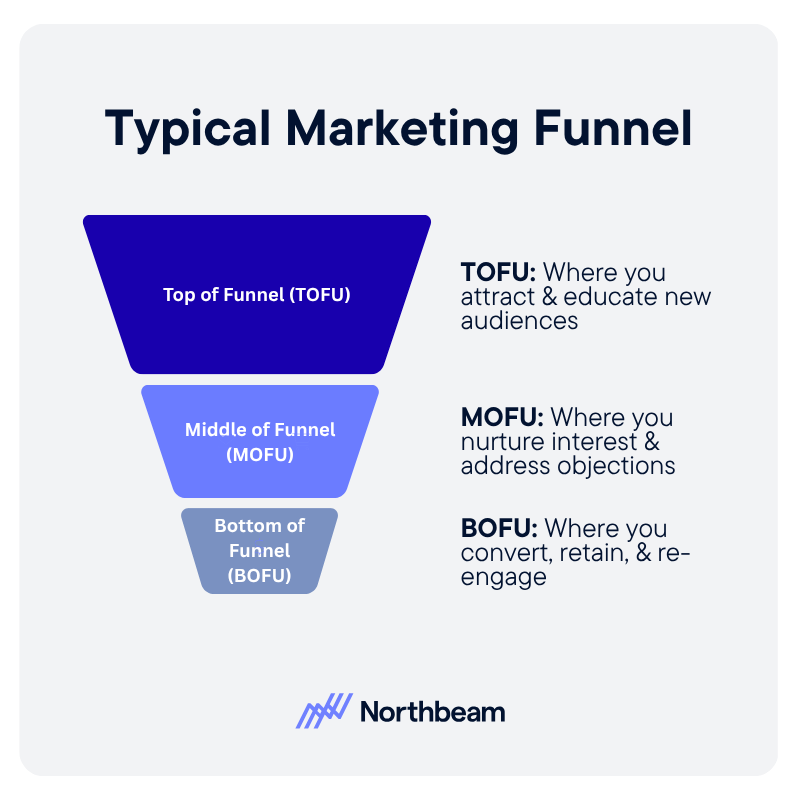

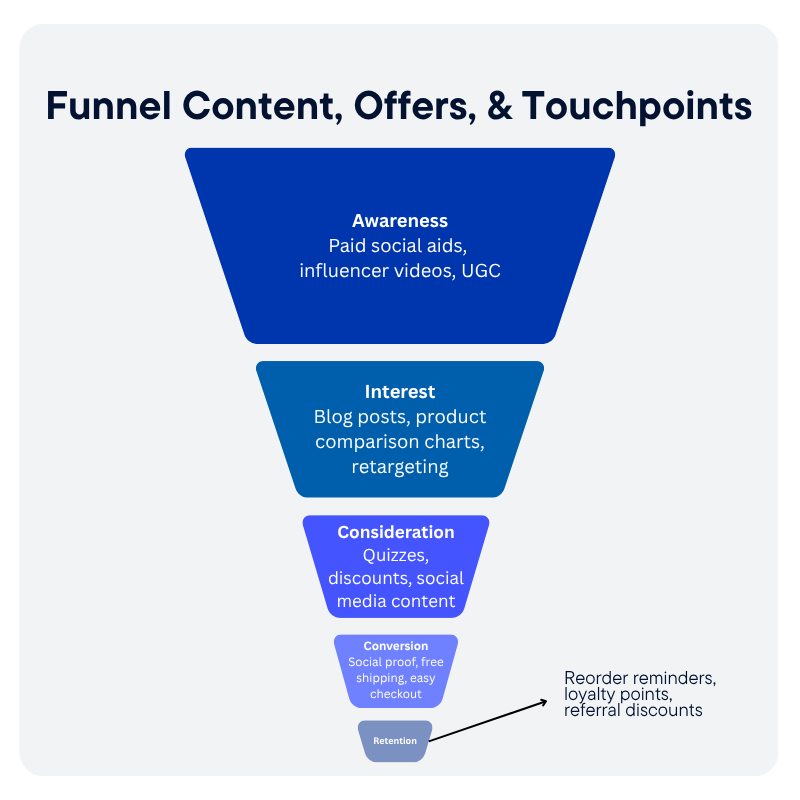
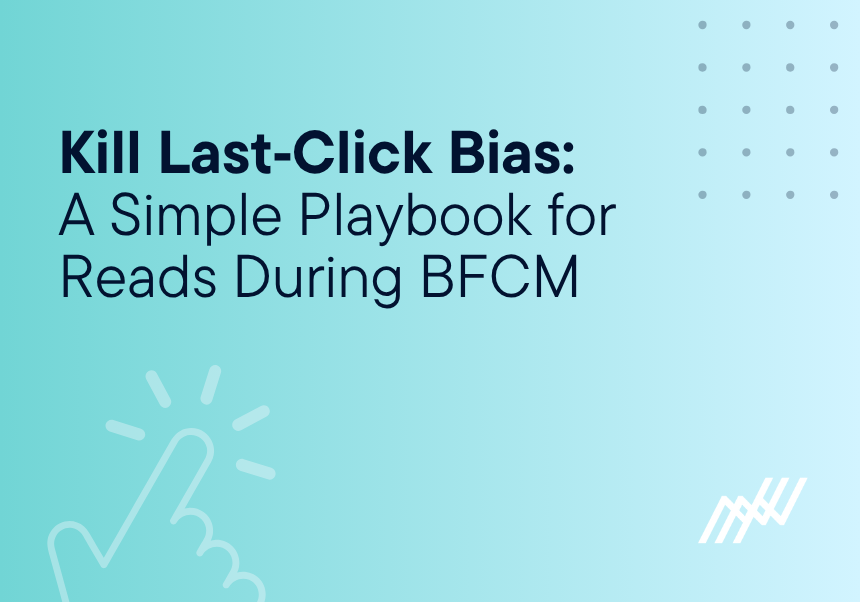

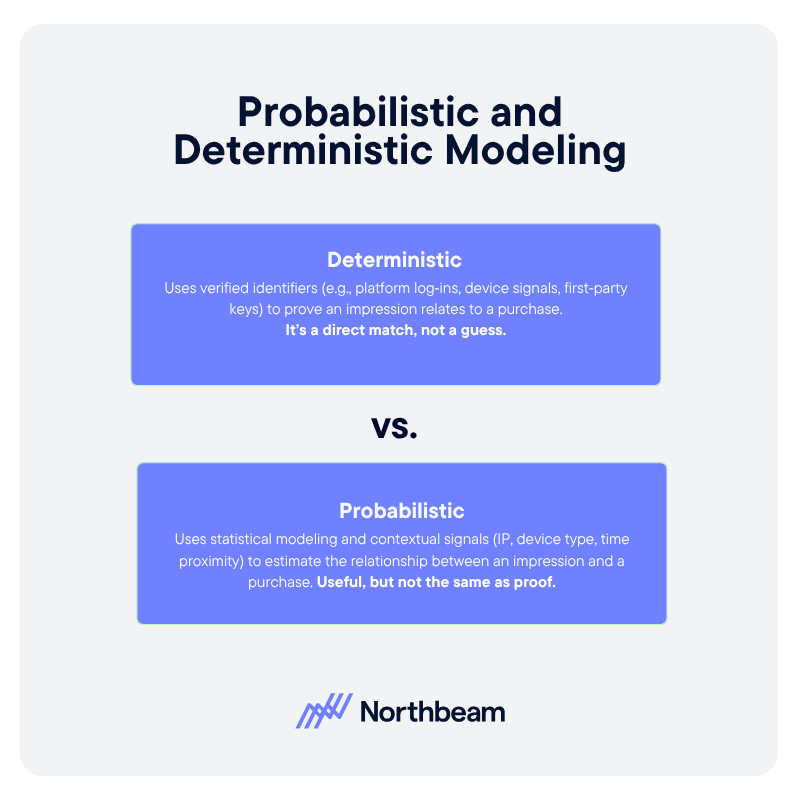




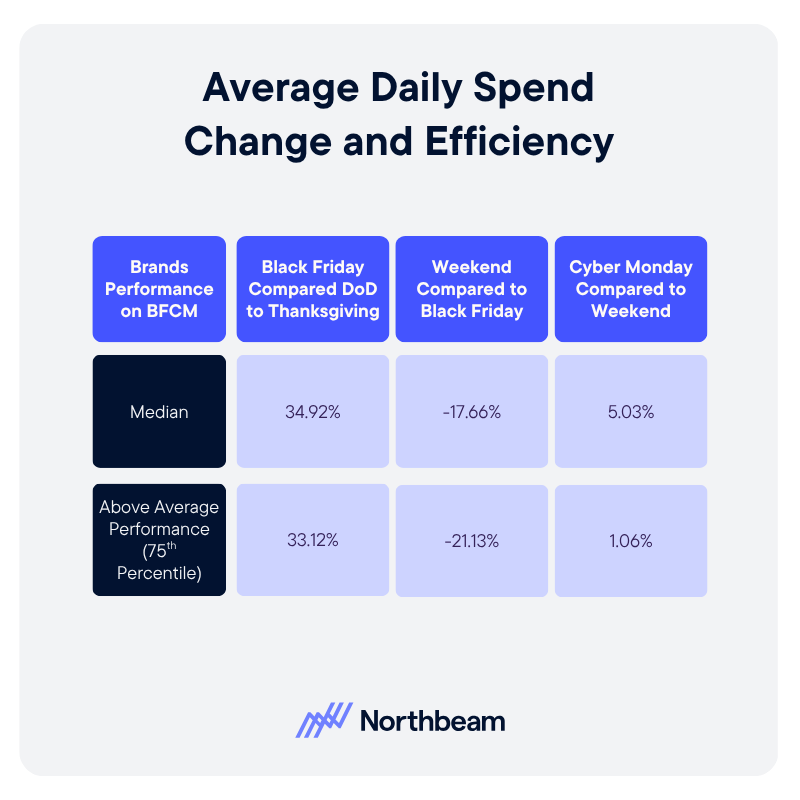
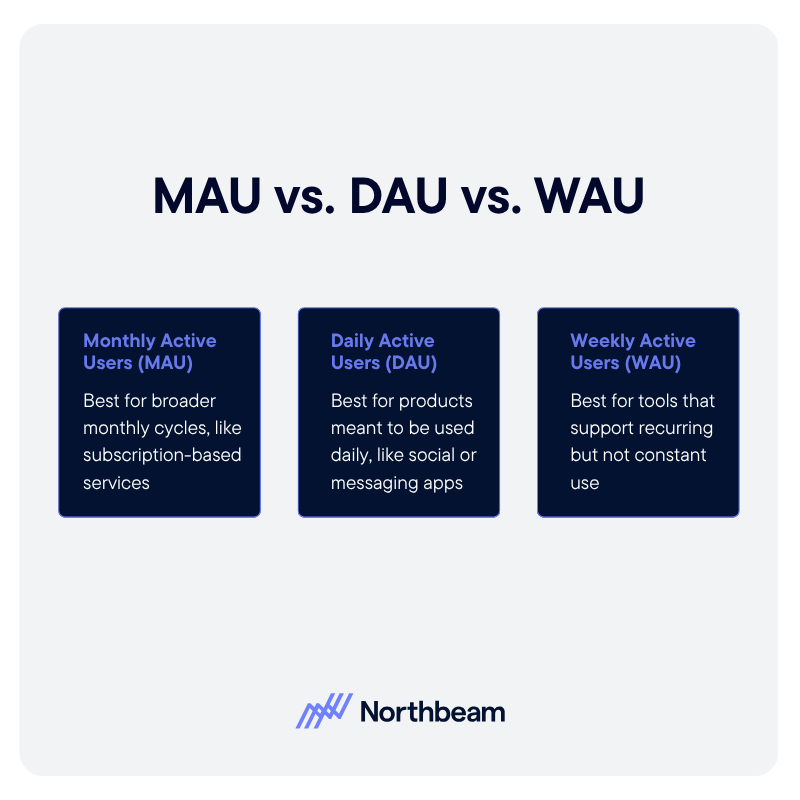

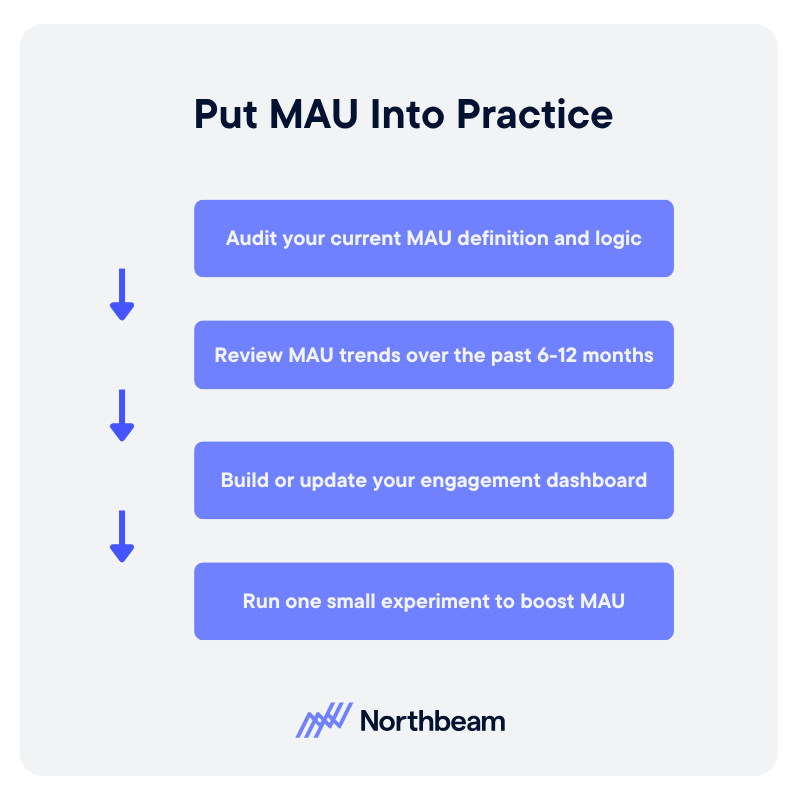

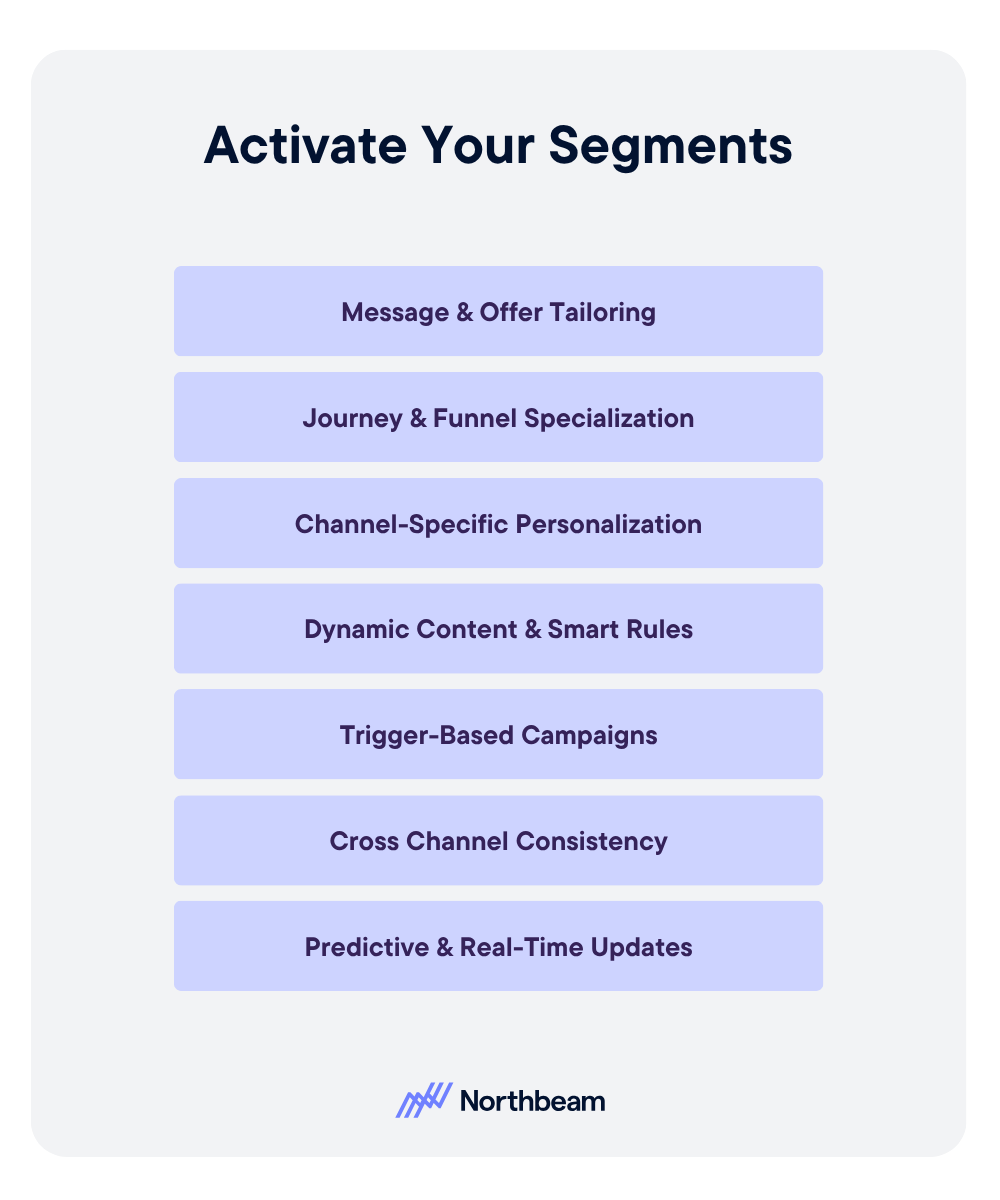
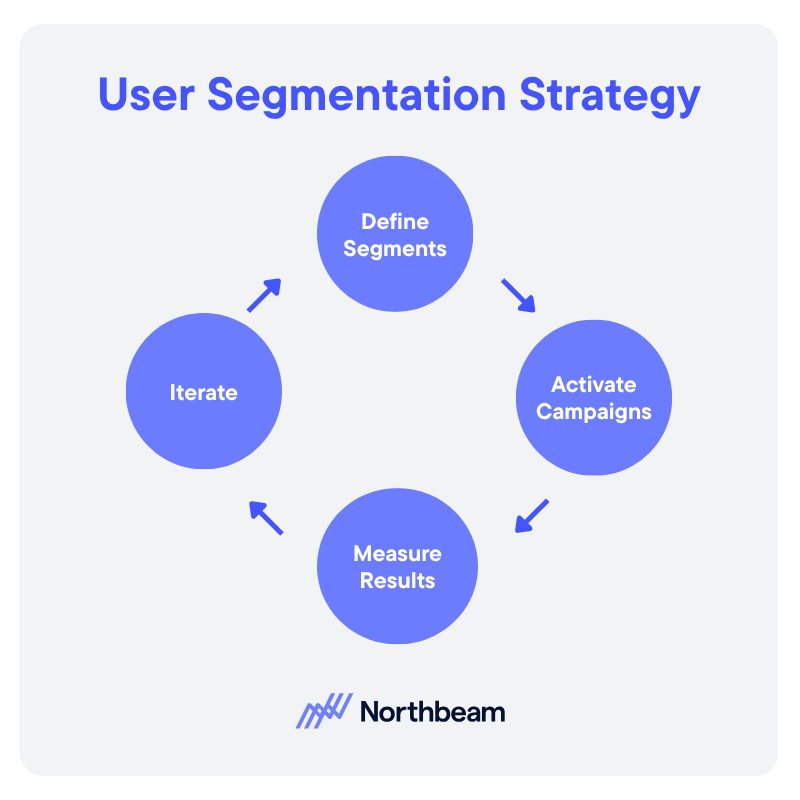


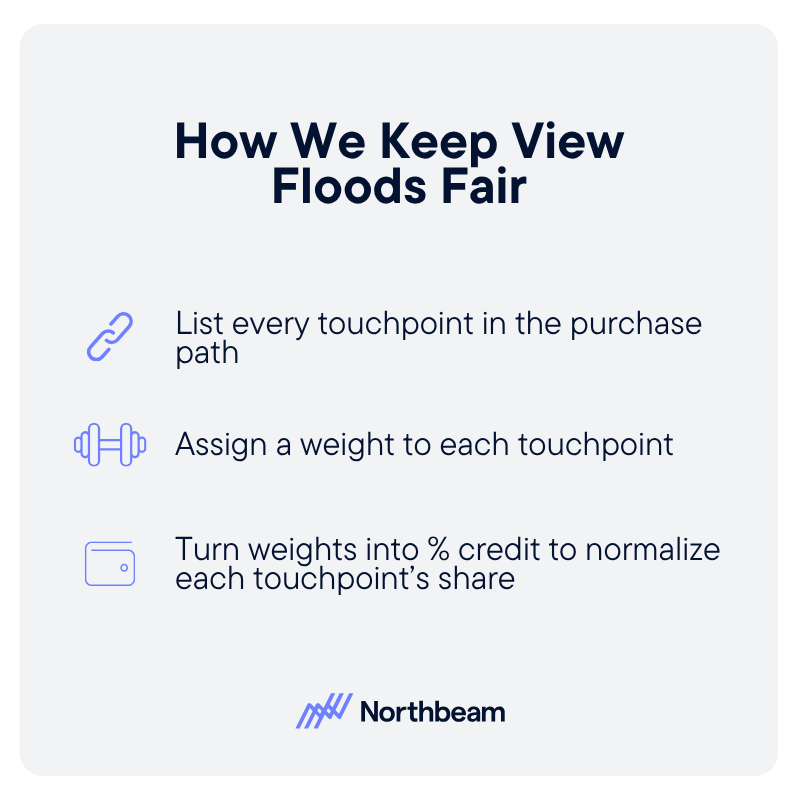
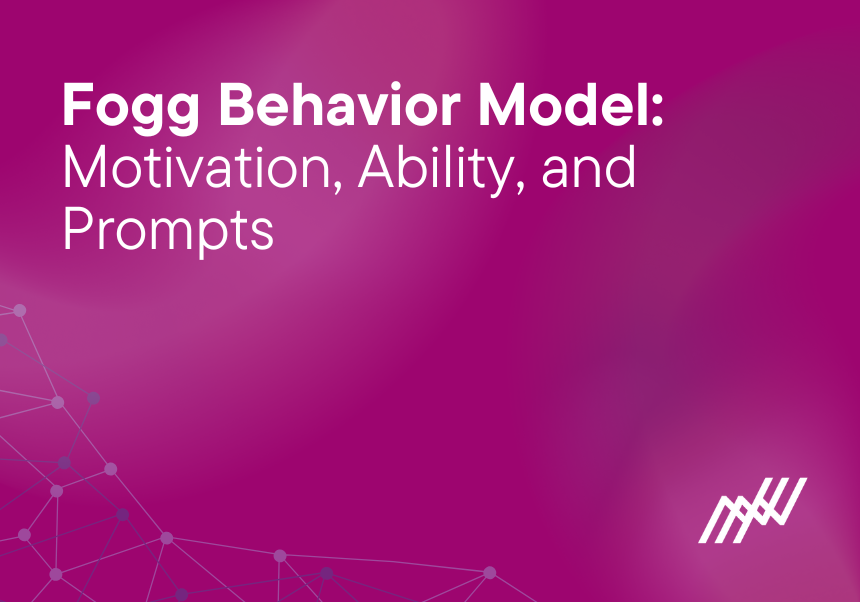


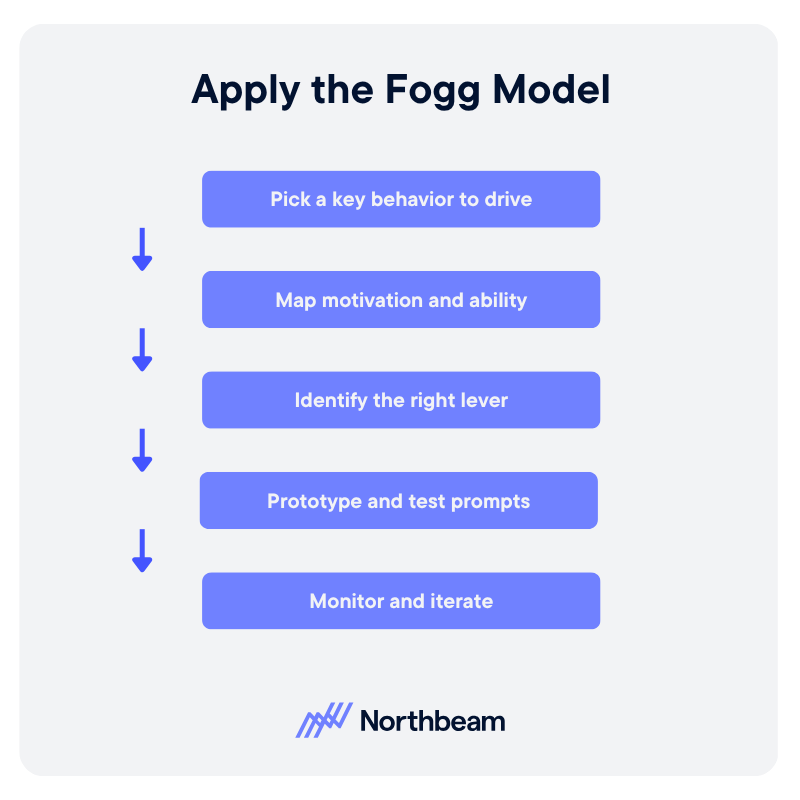


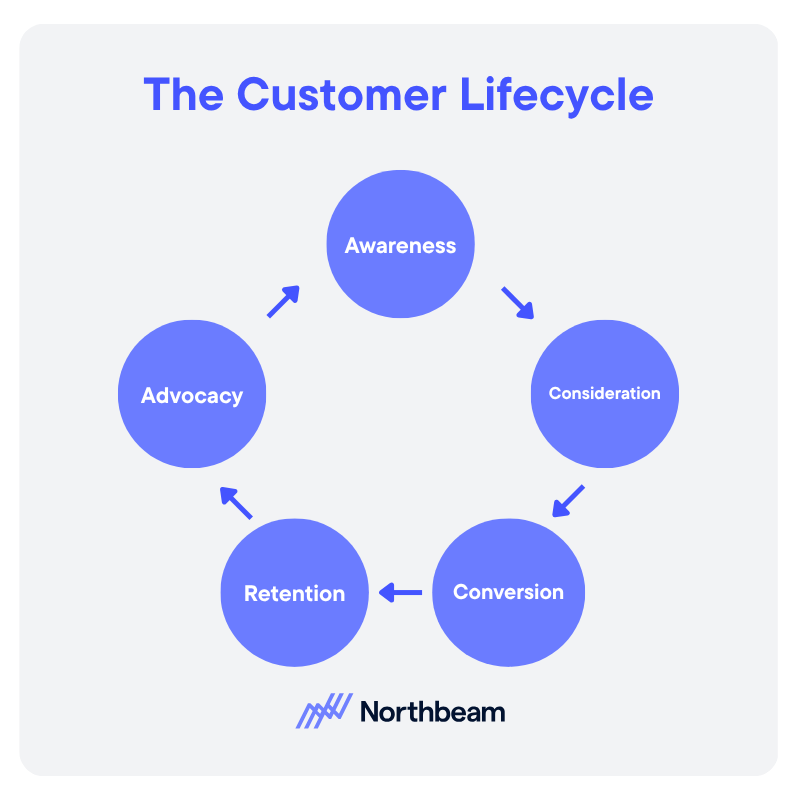
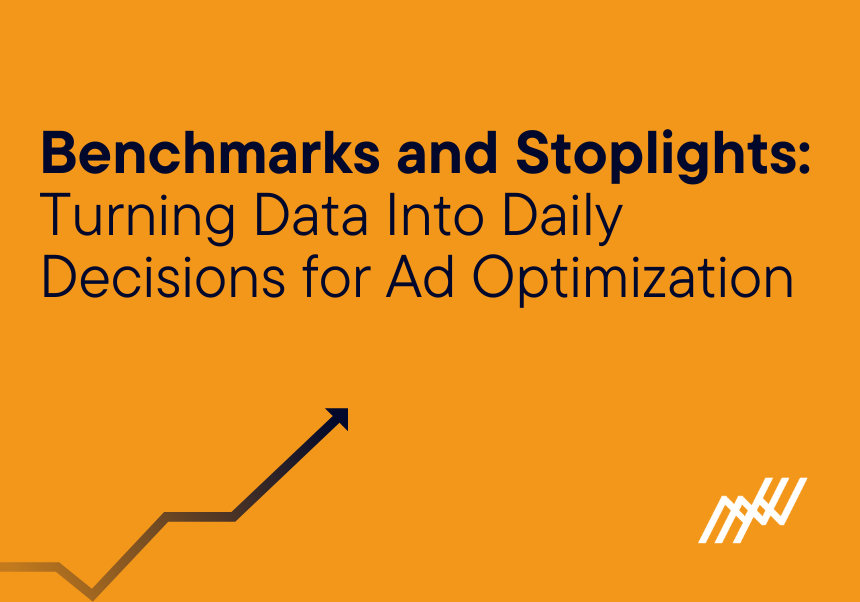
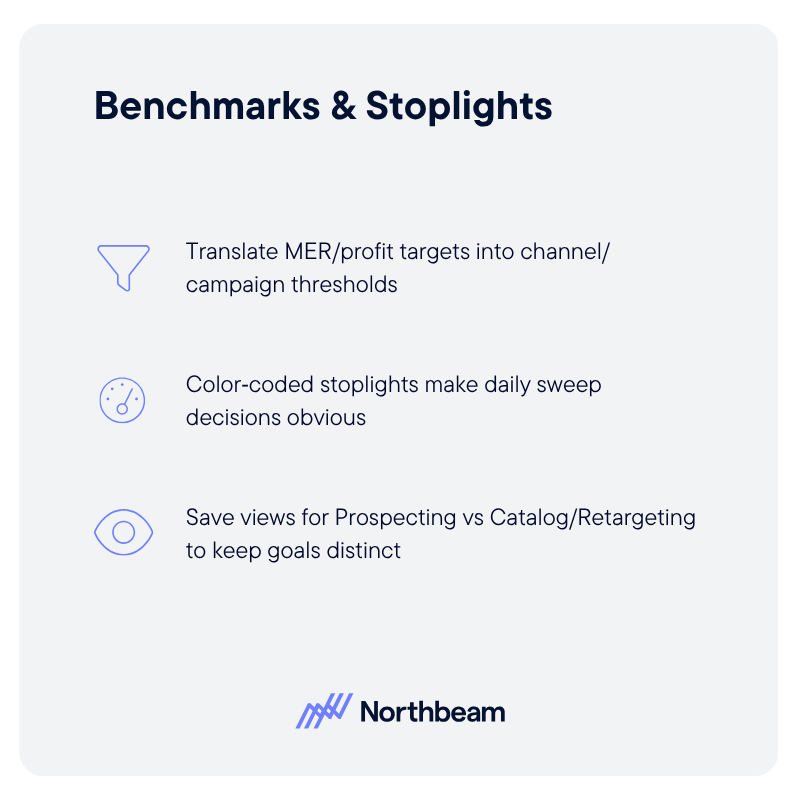
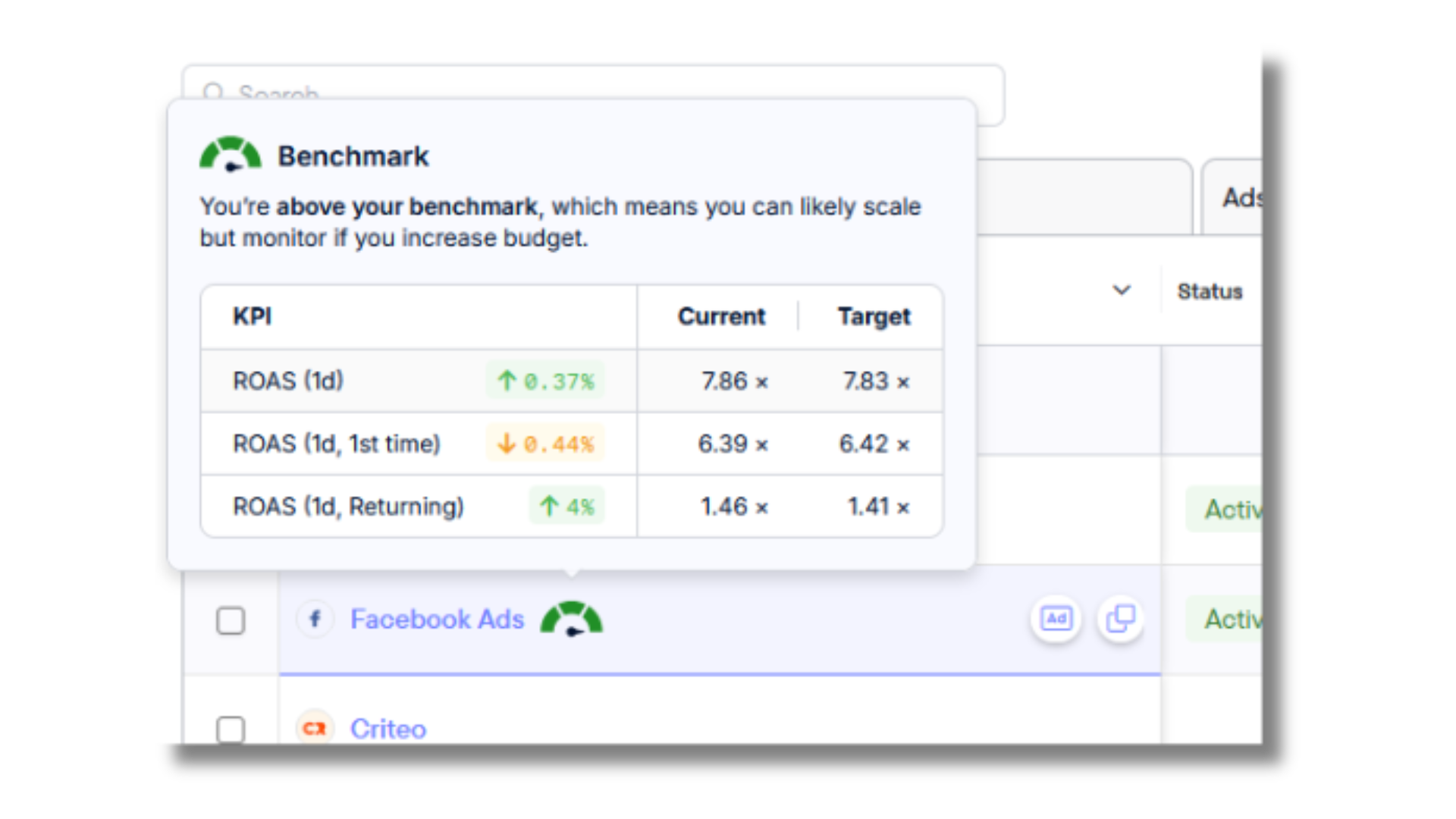
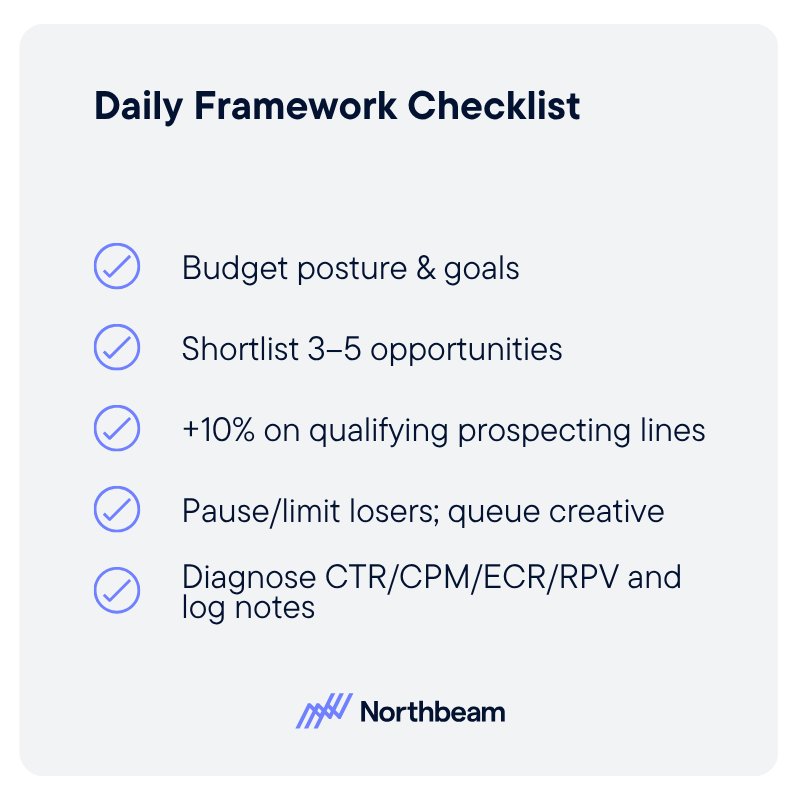


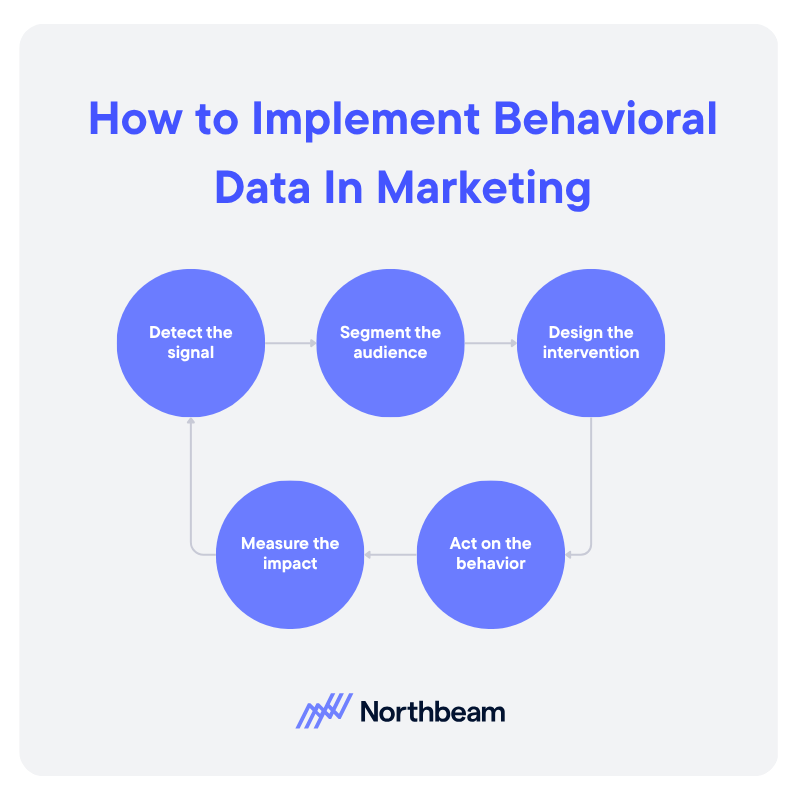
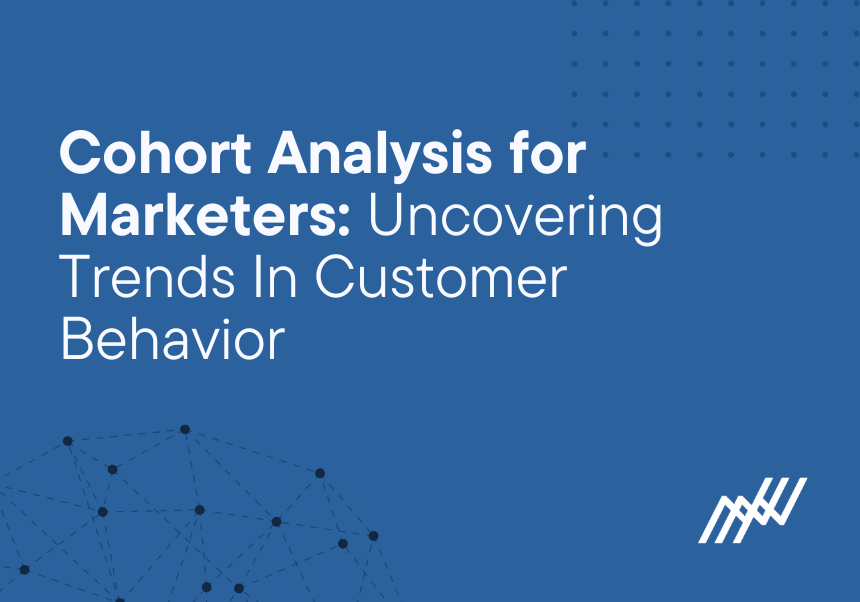
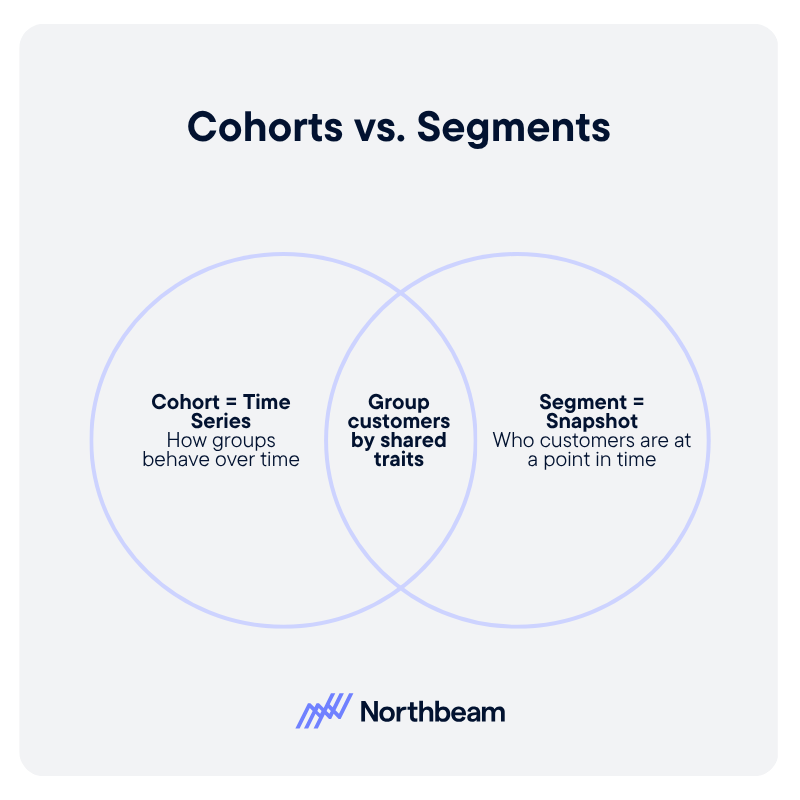


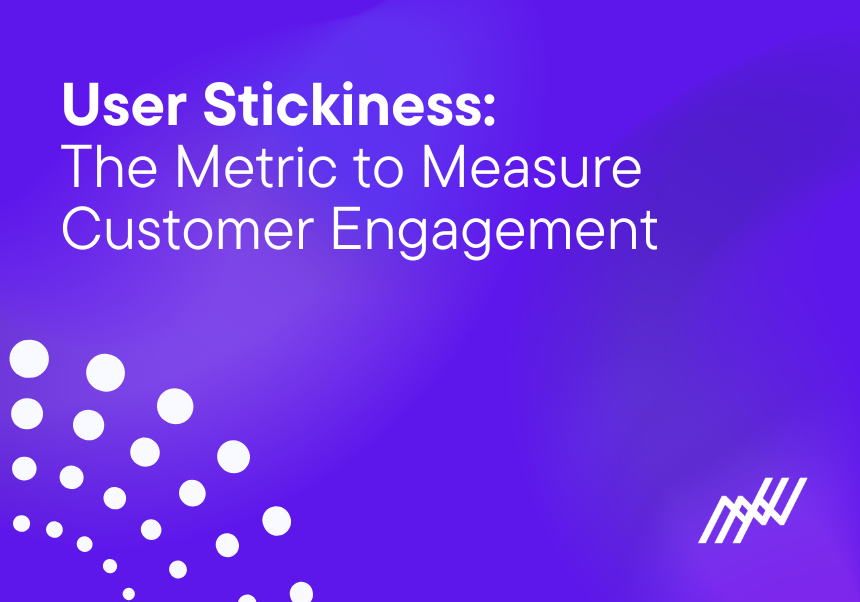
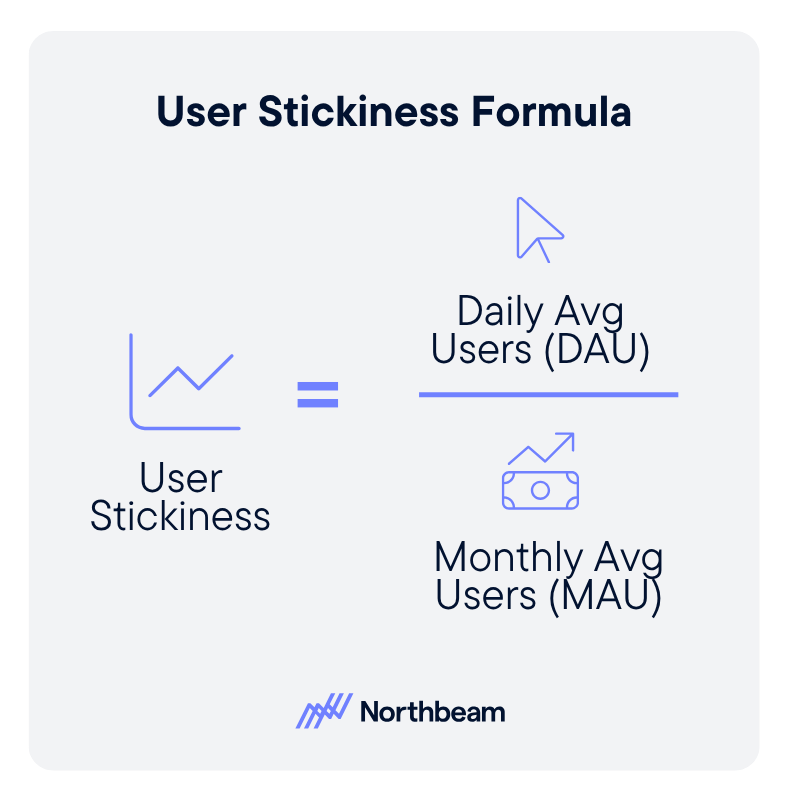
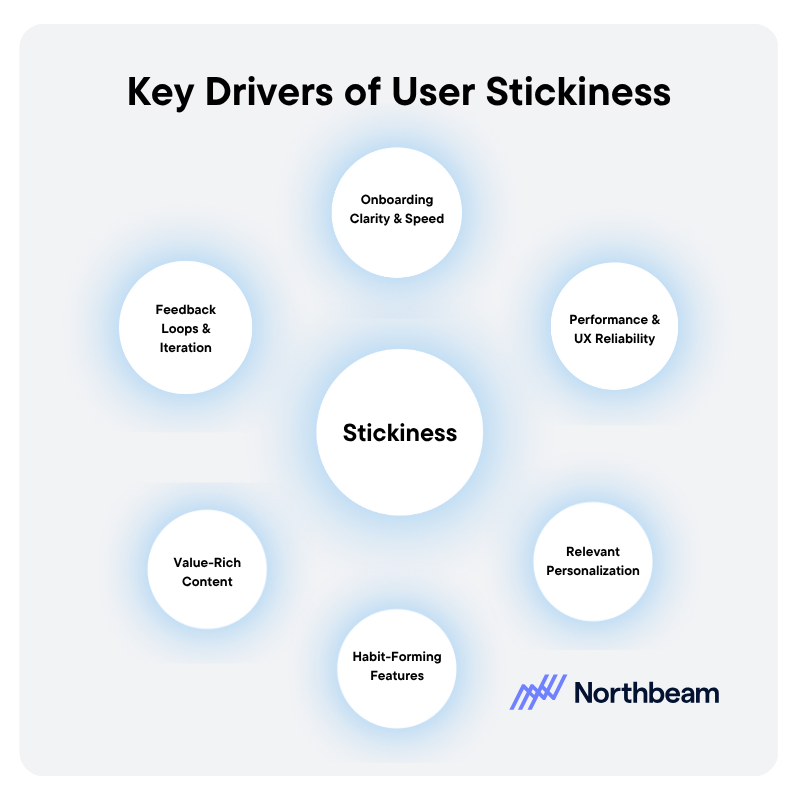


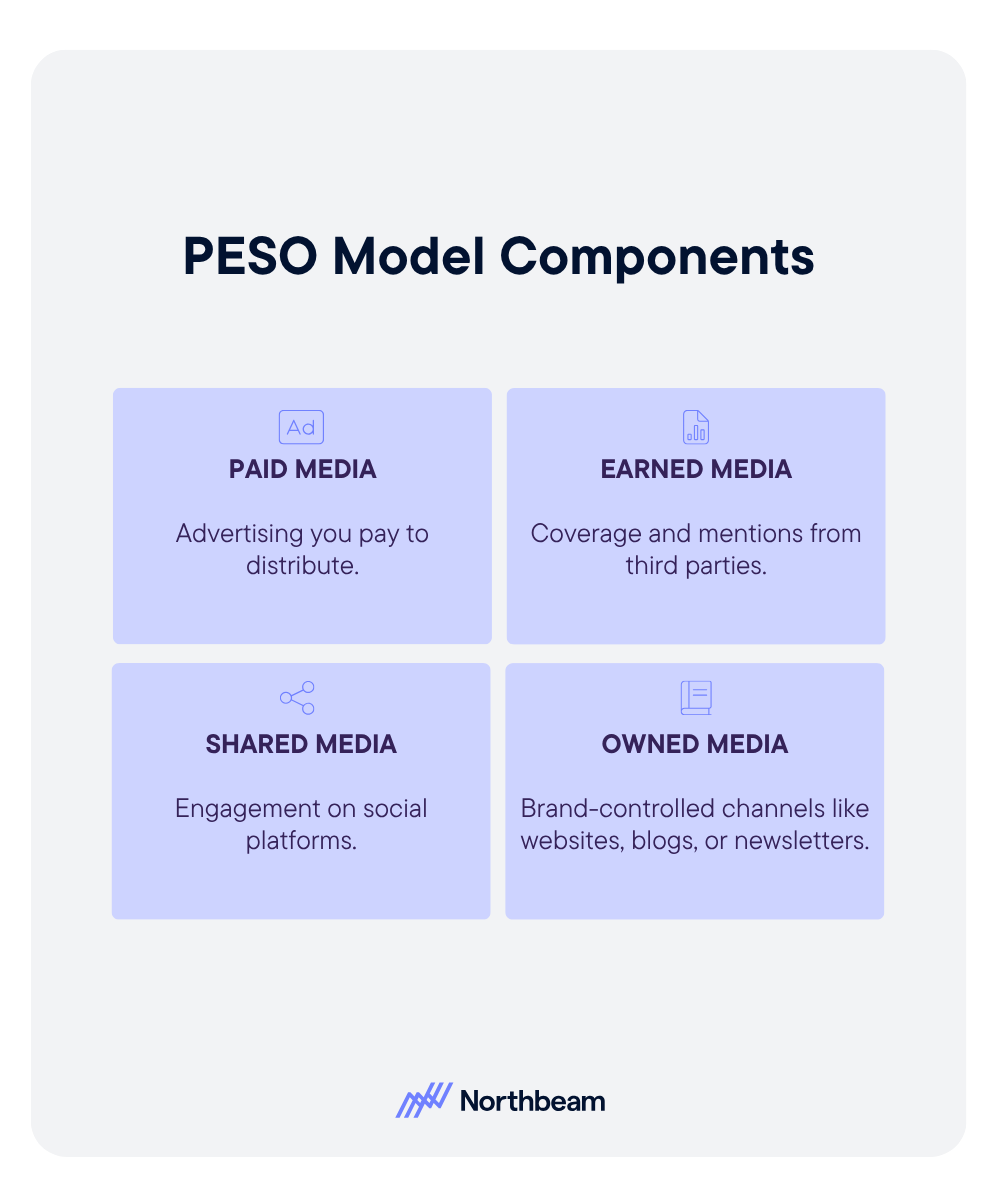

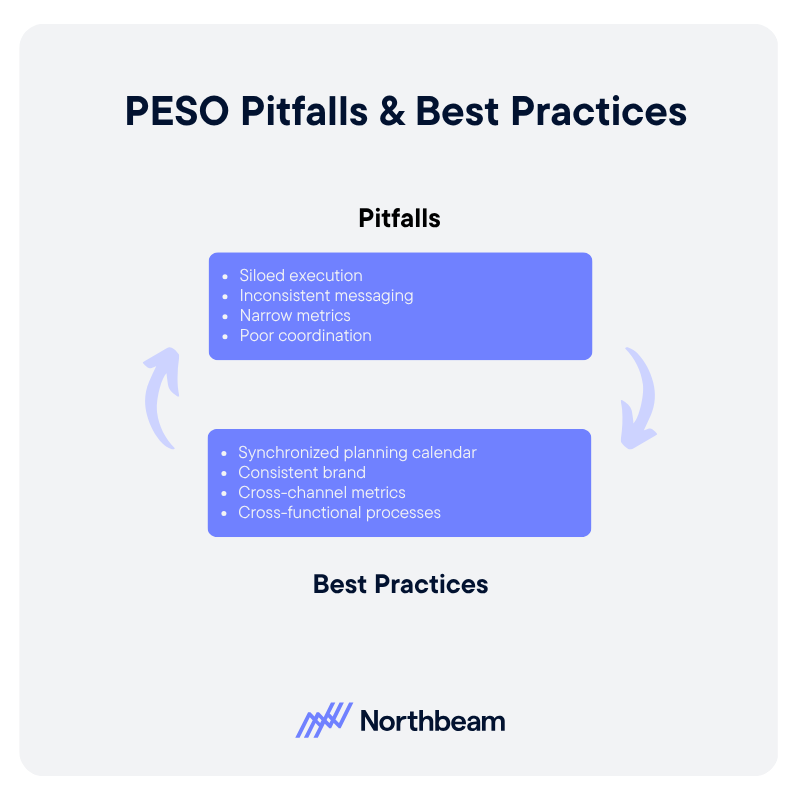
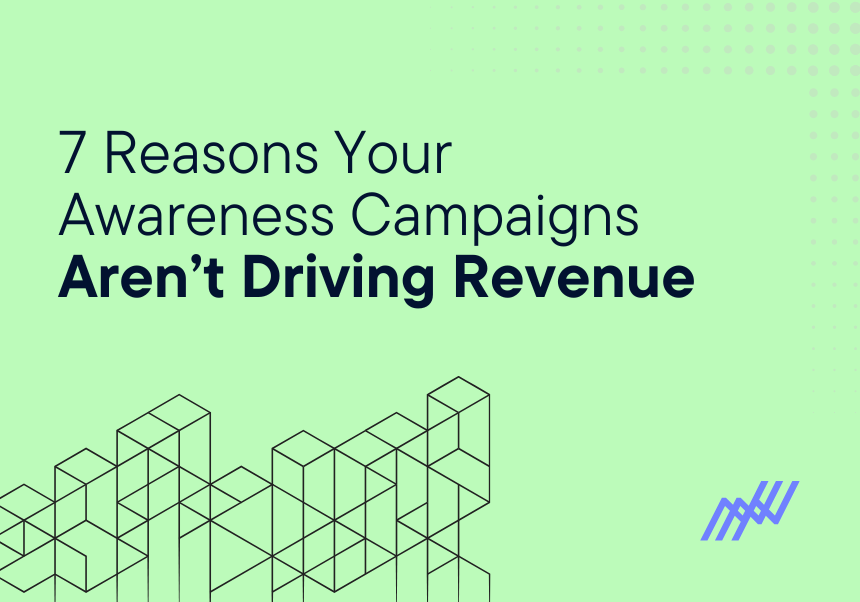

.png)


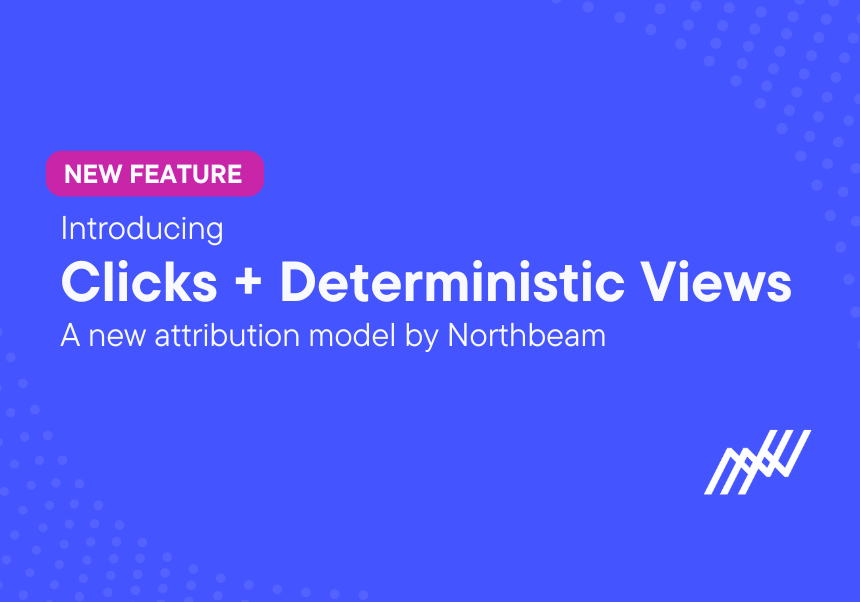


.png)
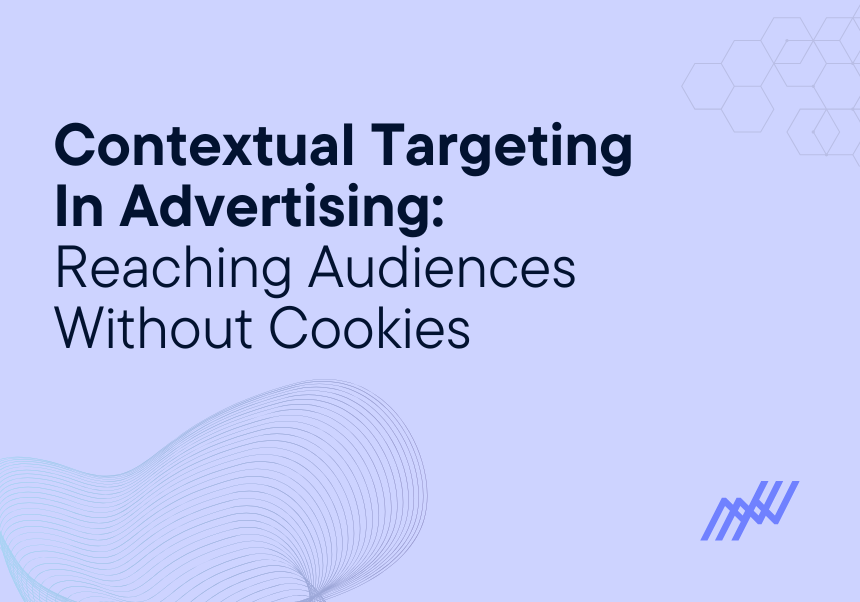




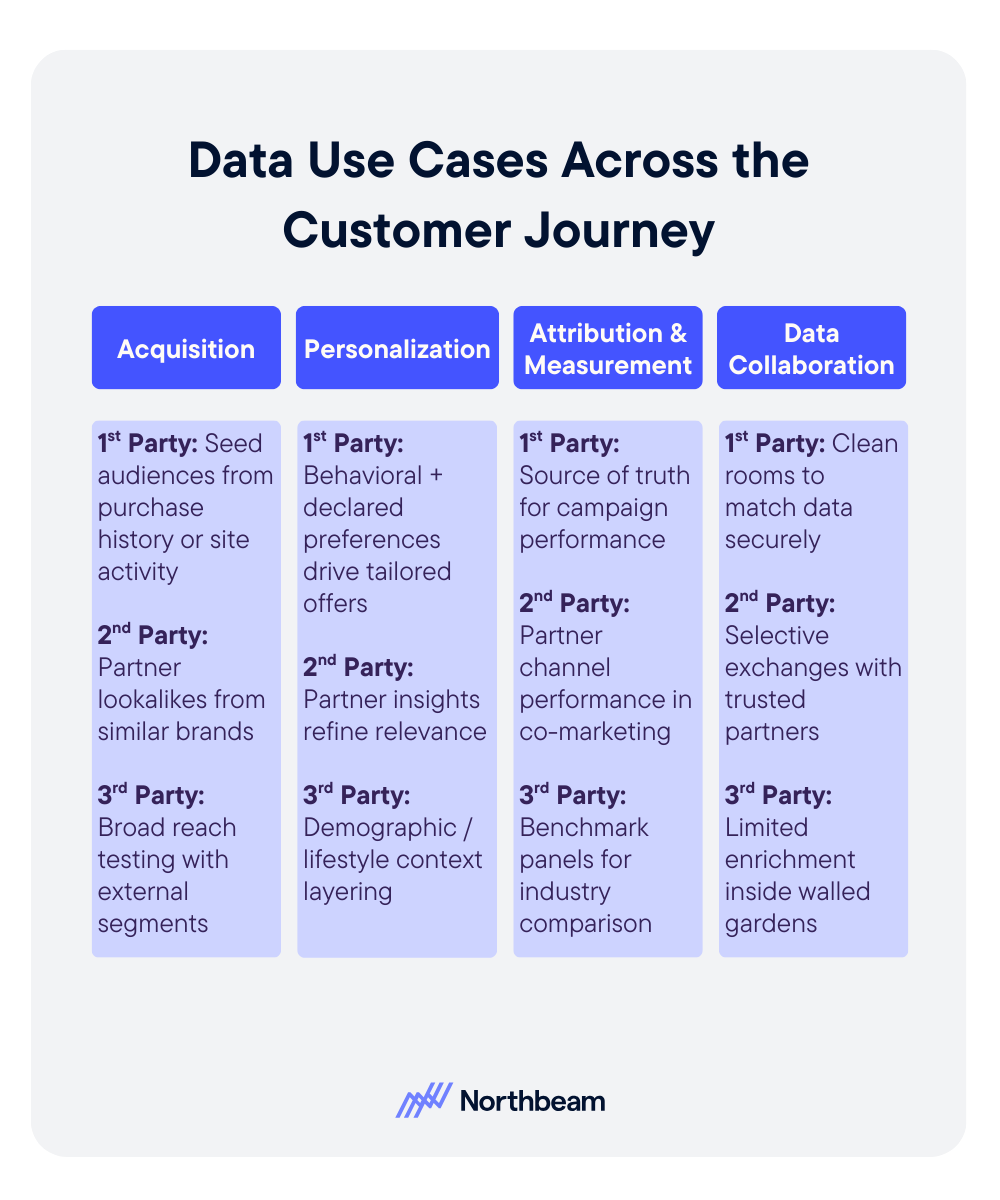



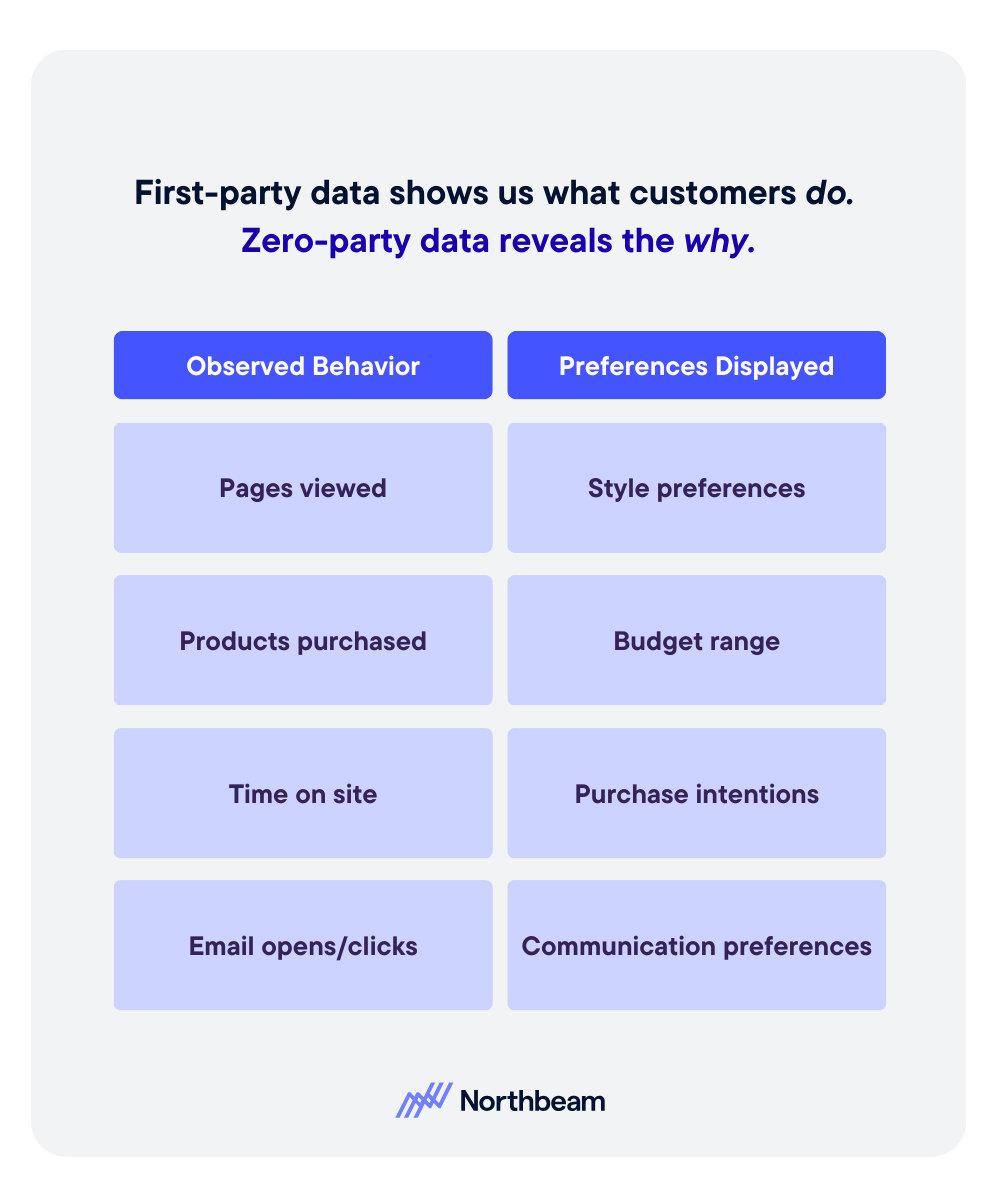
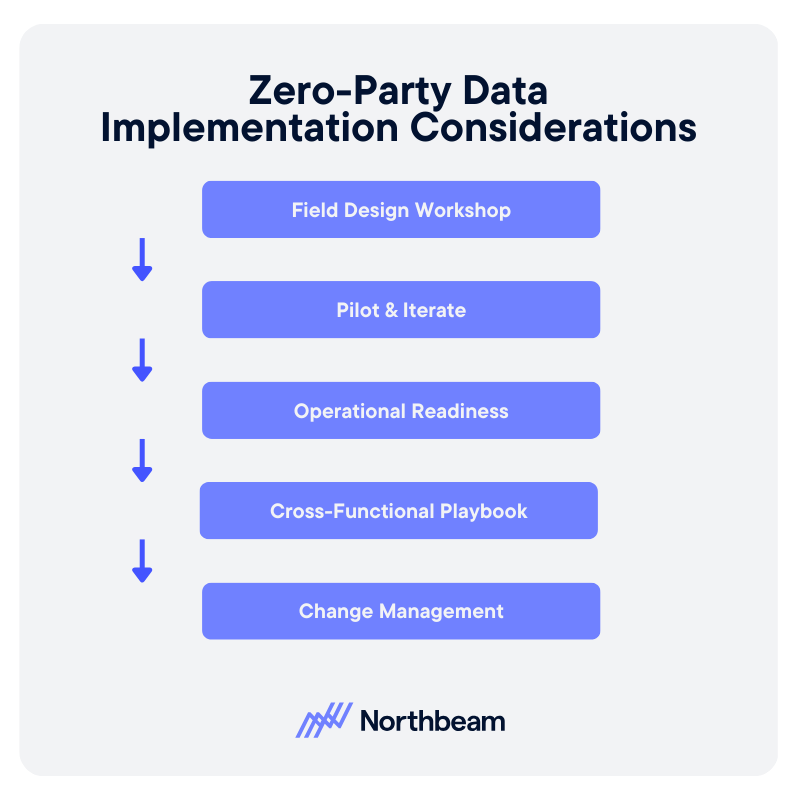



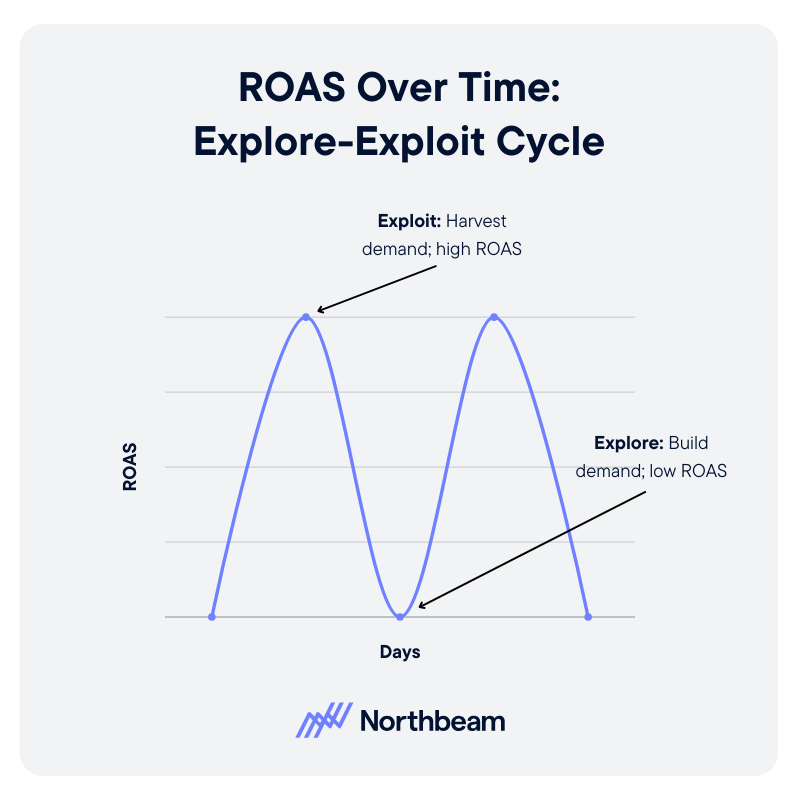


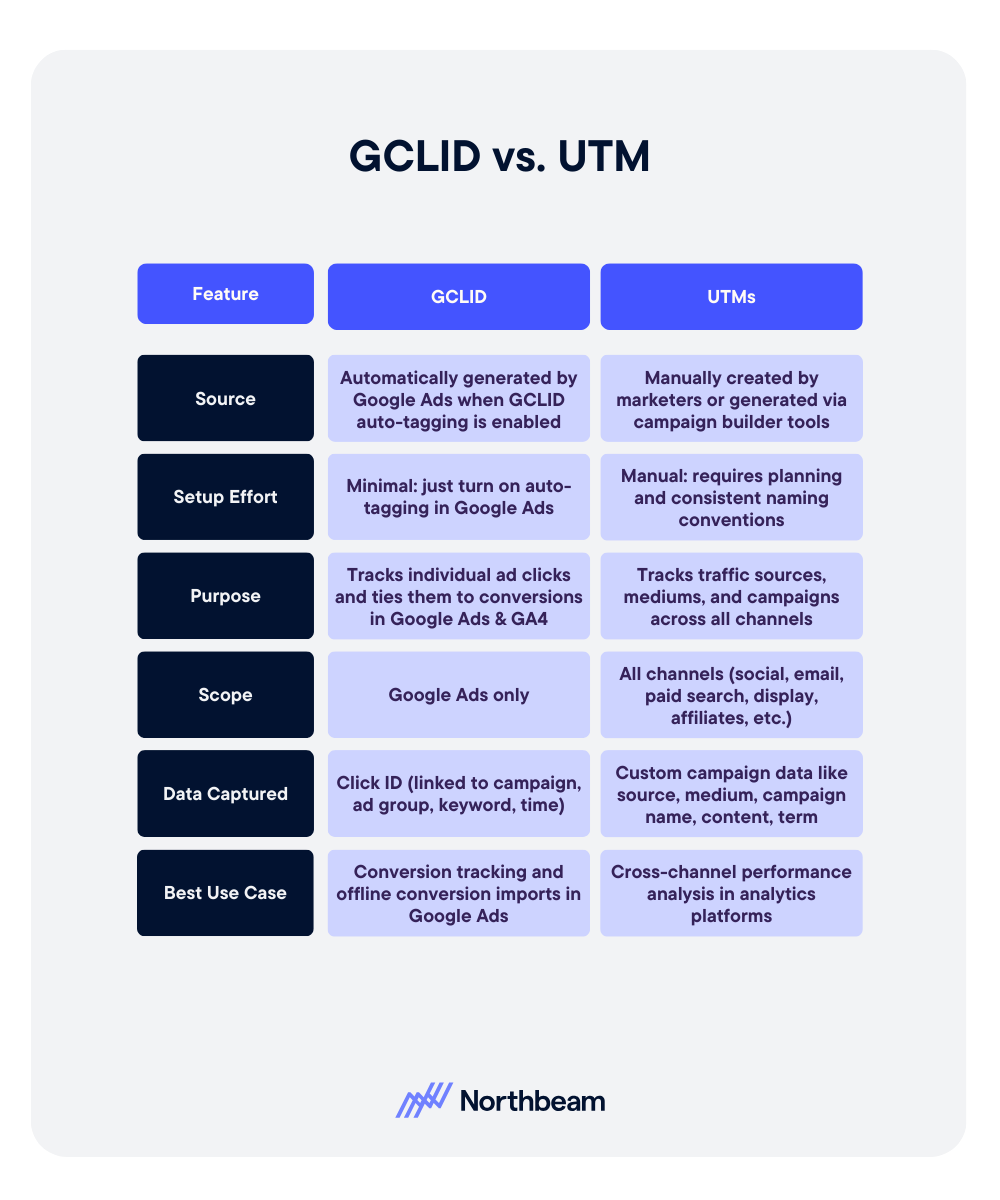

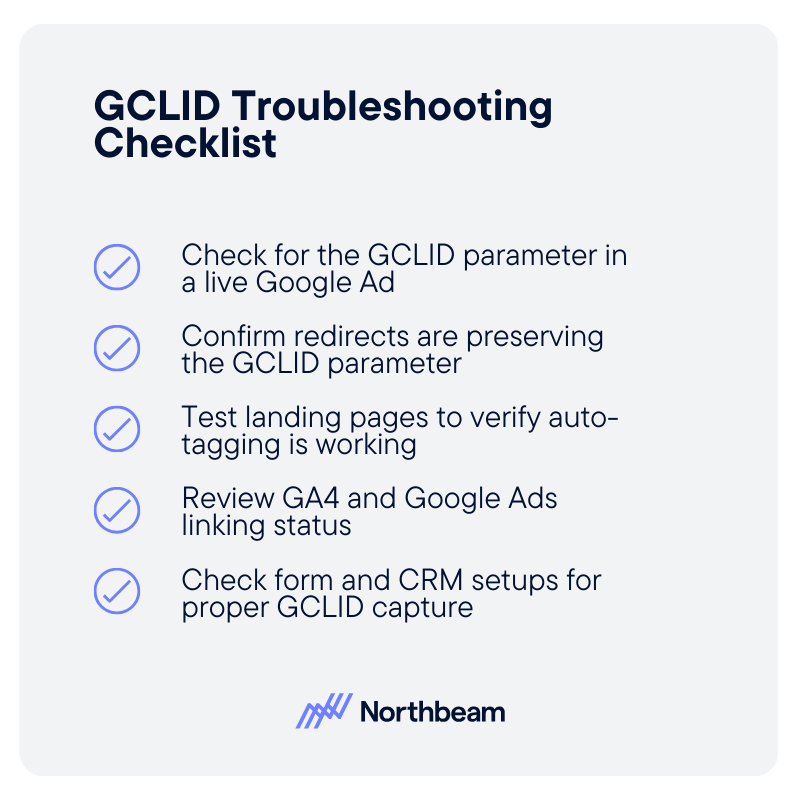




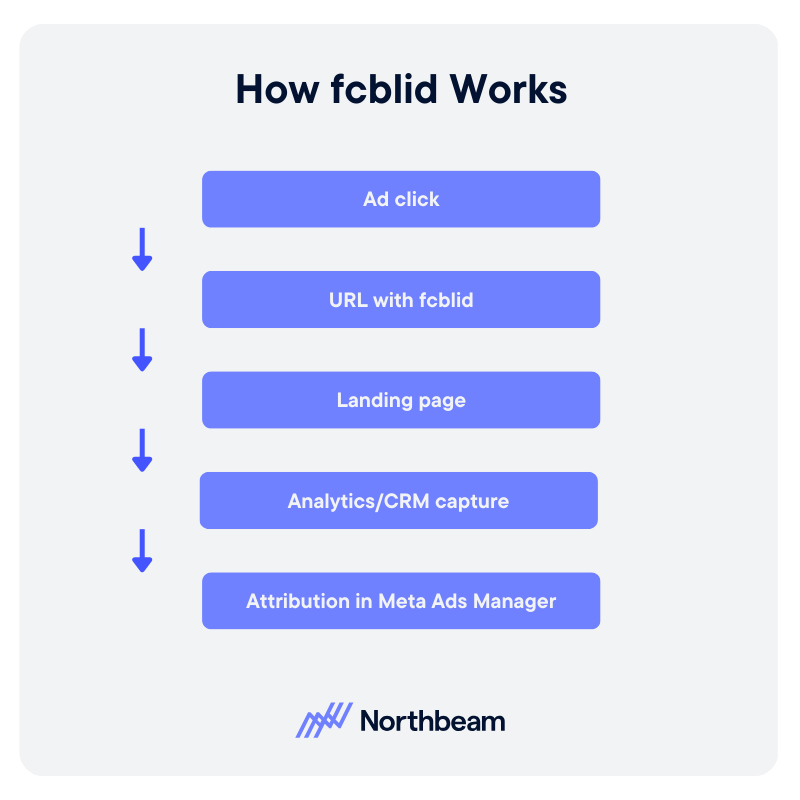
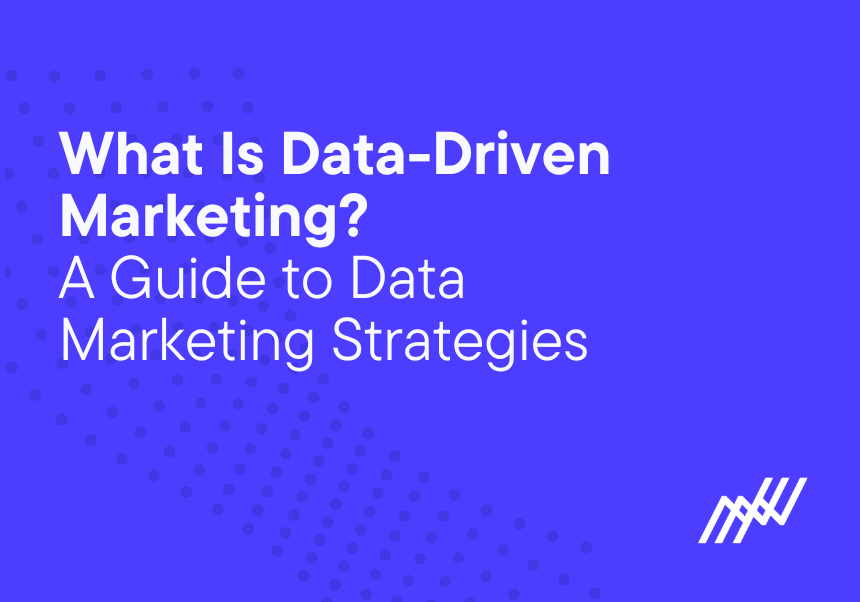

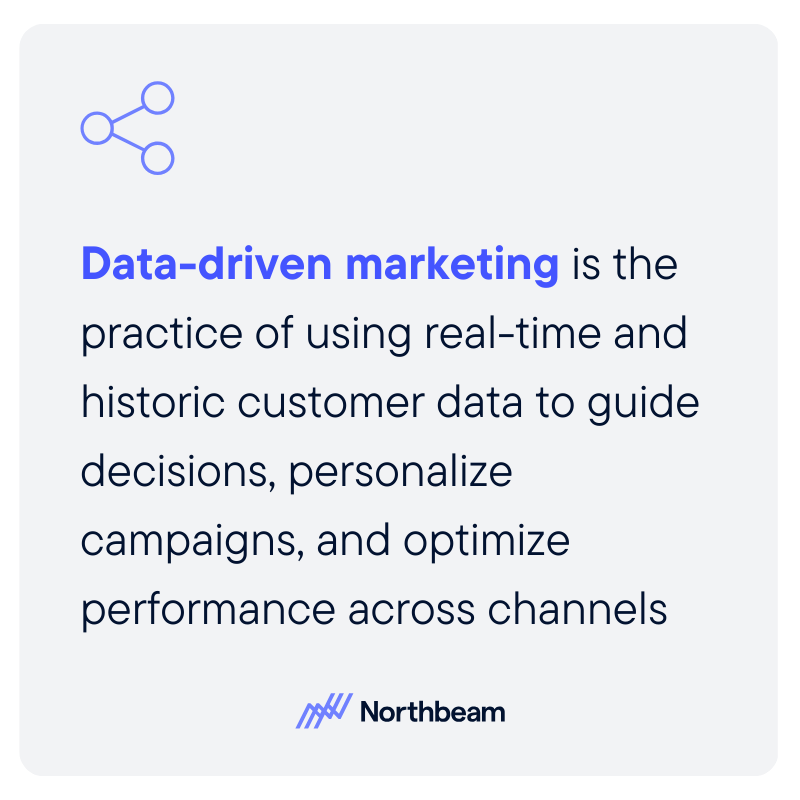
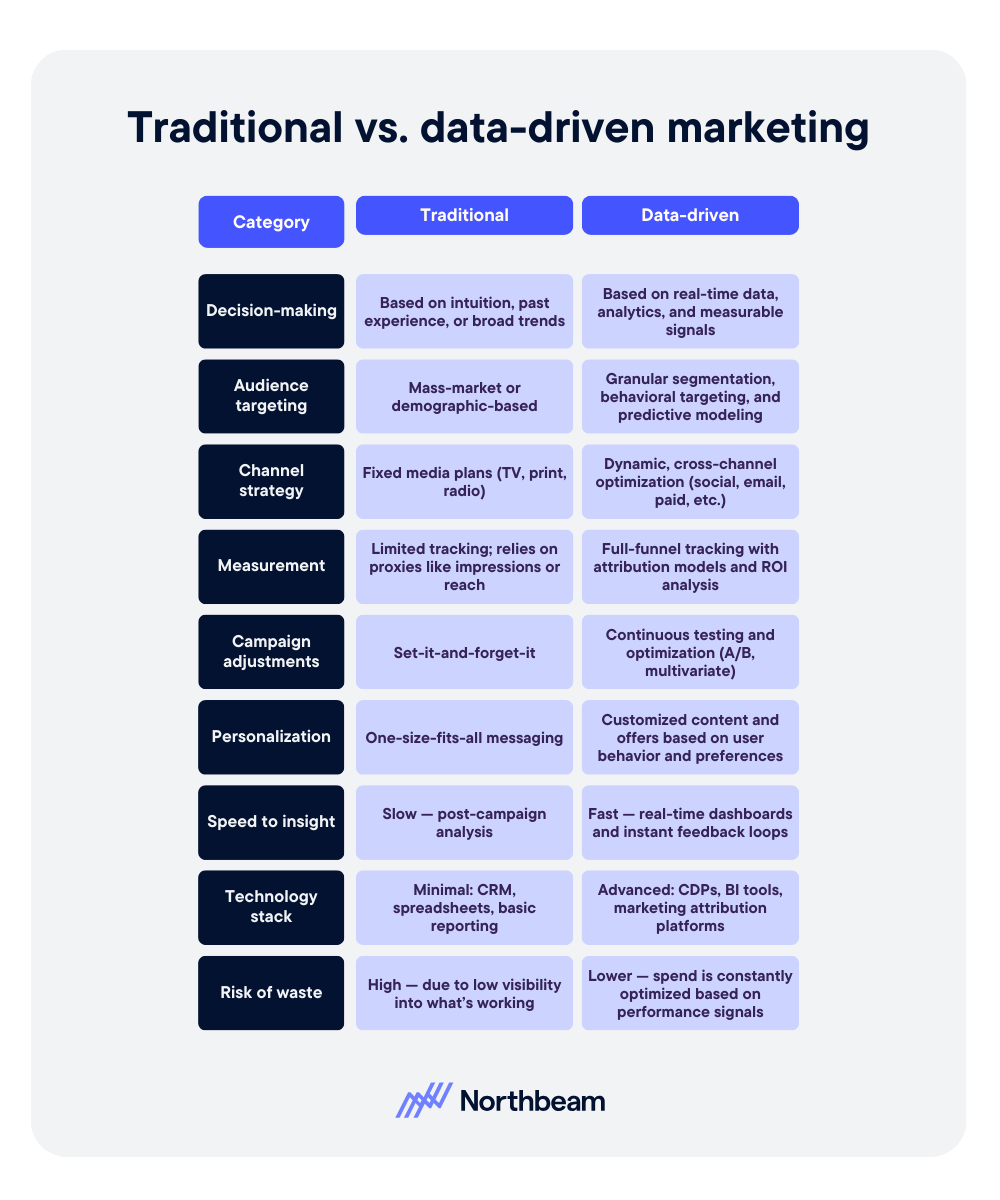
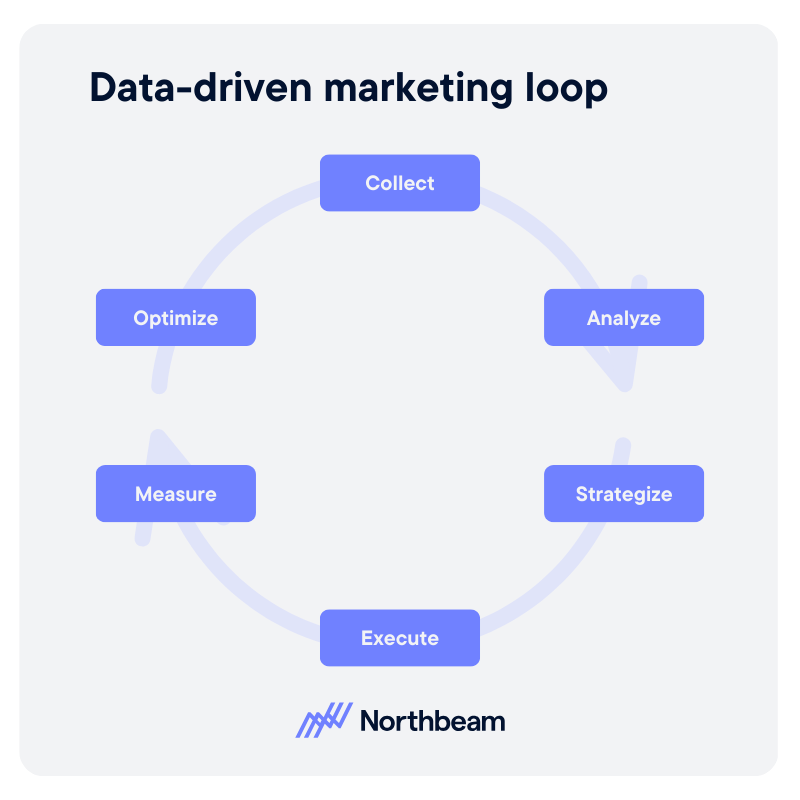
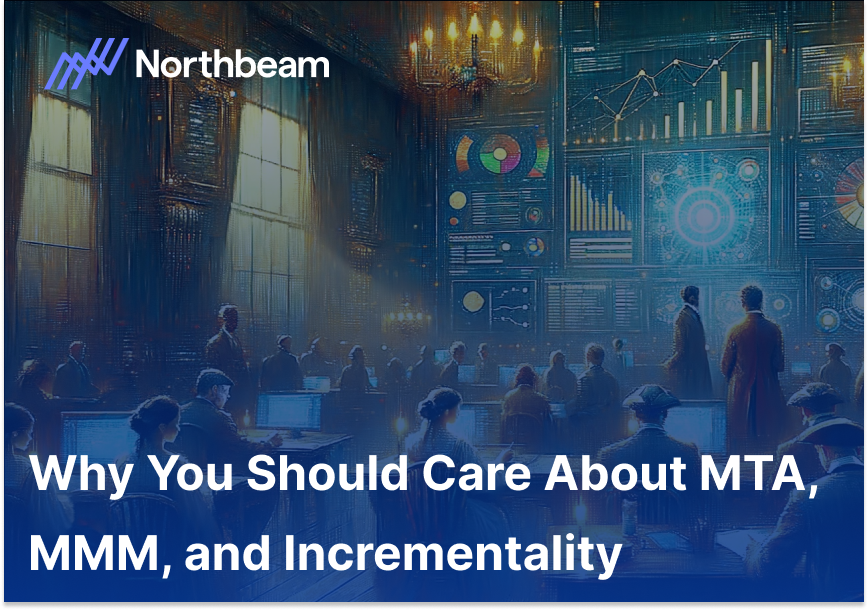



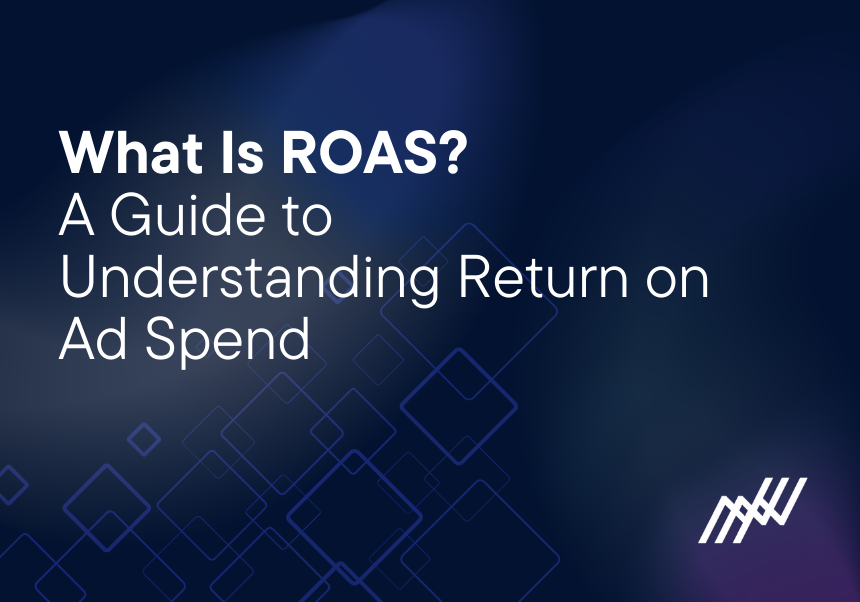

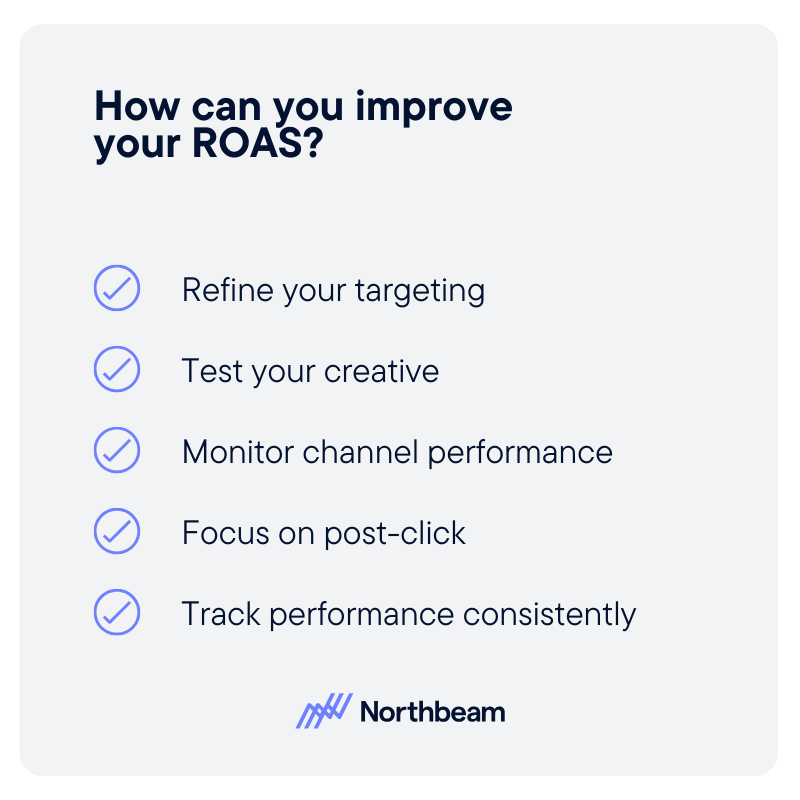
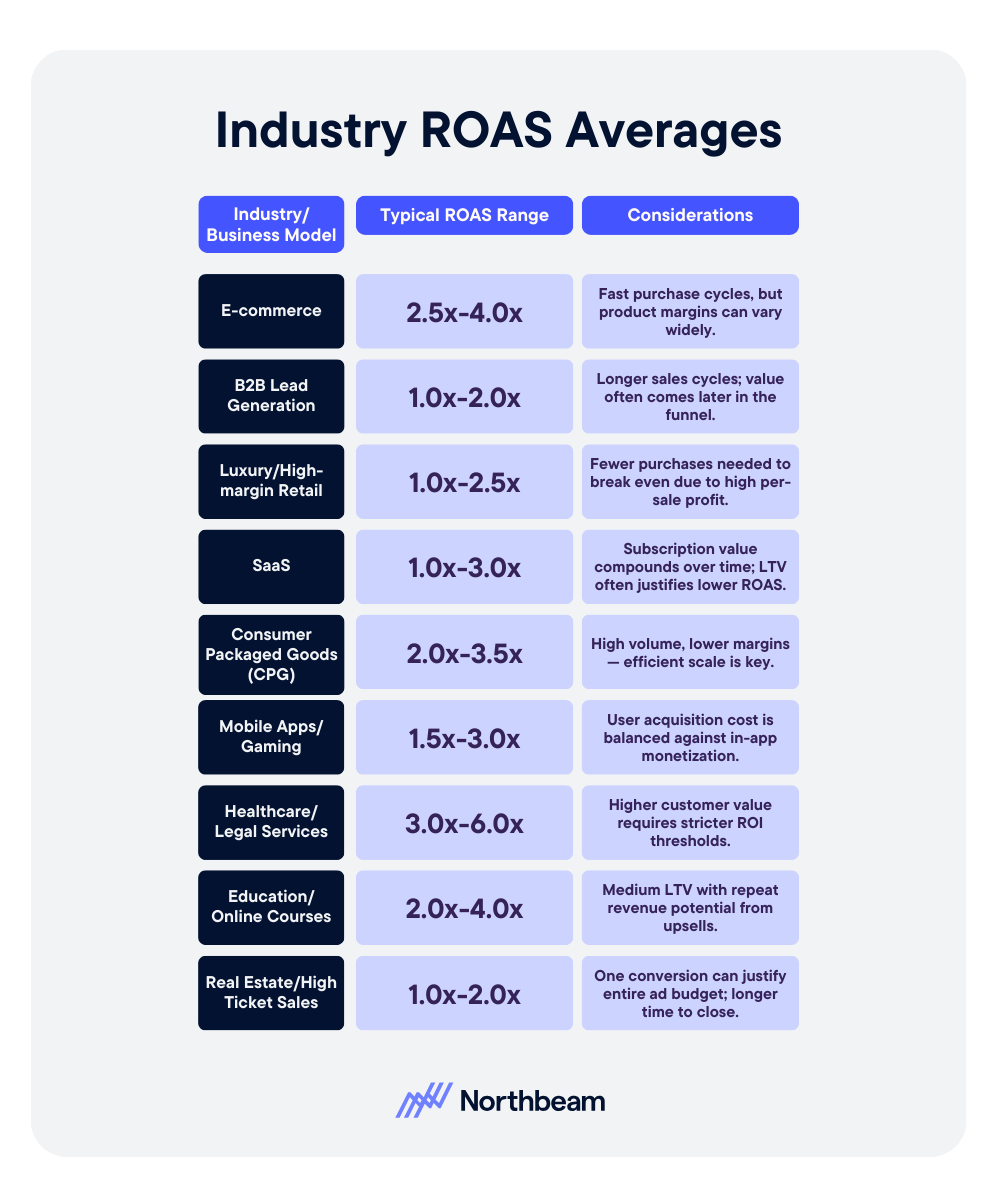
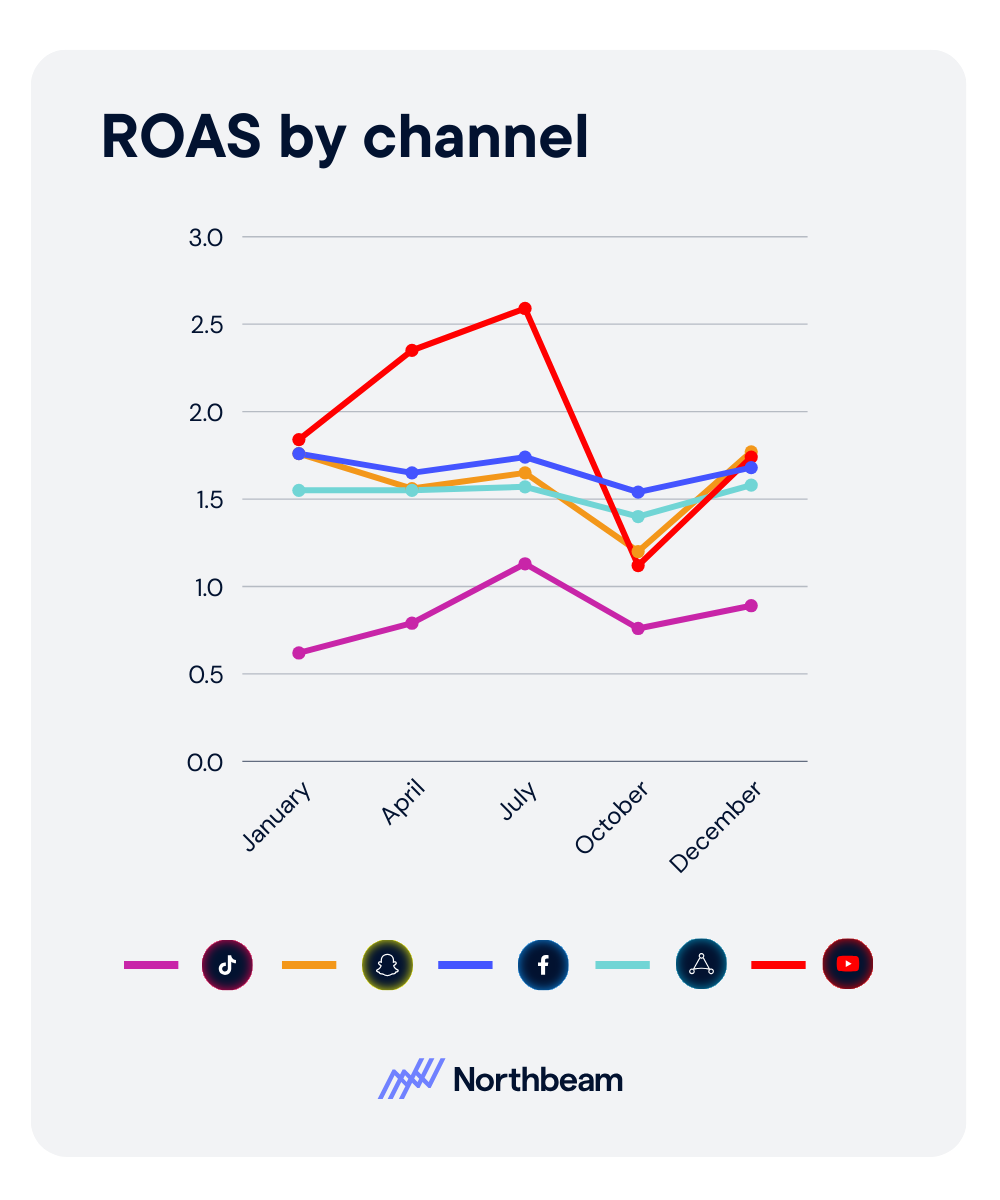

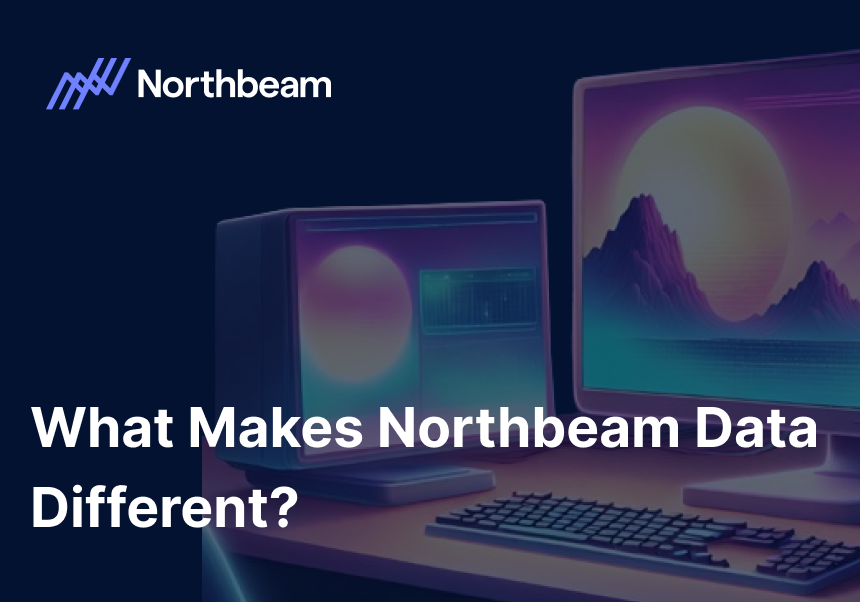

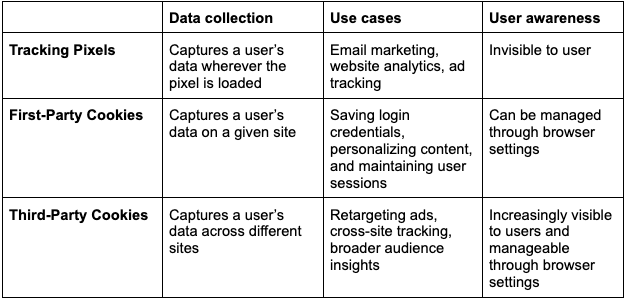
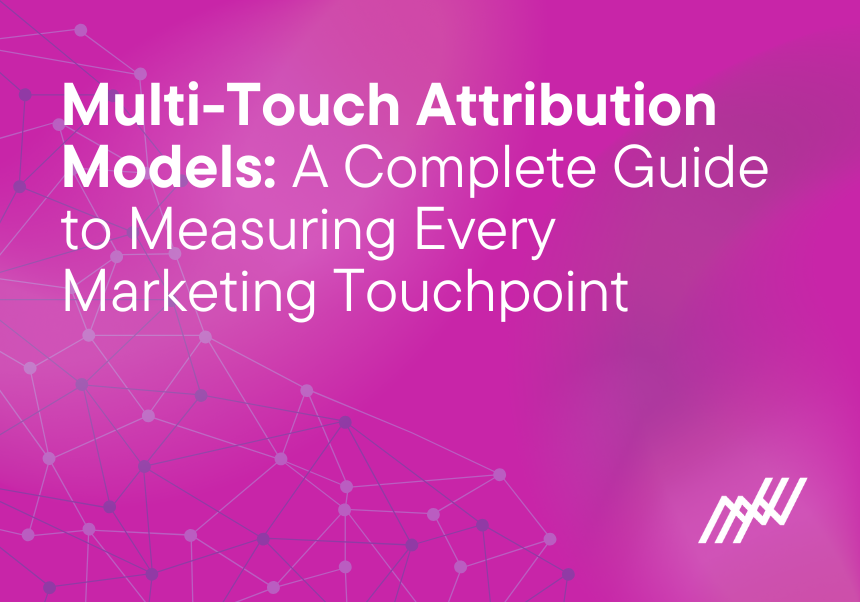
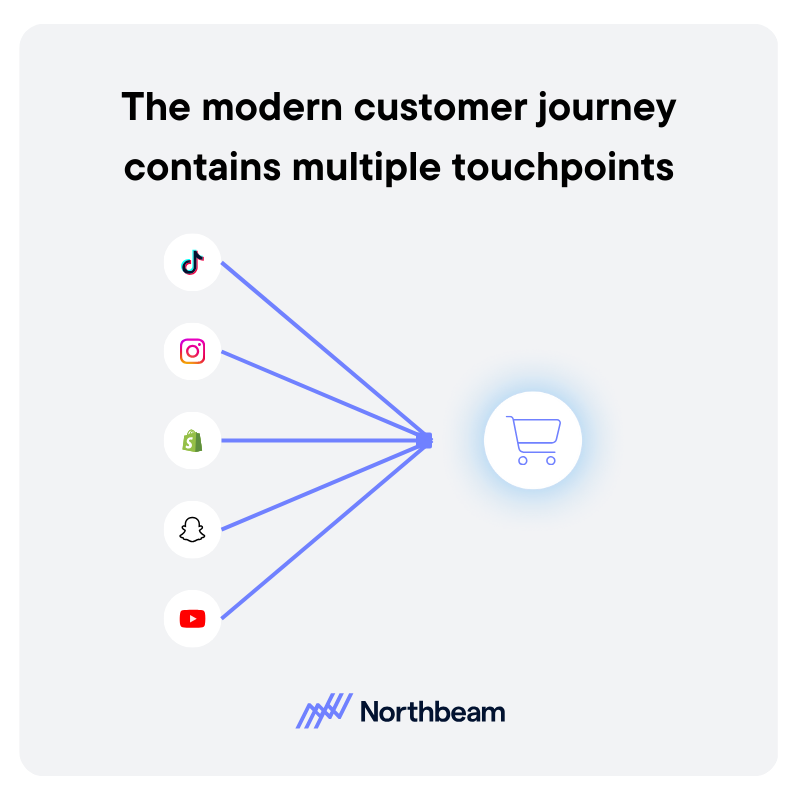
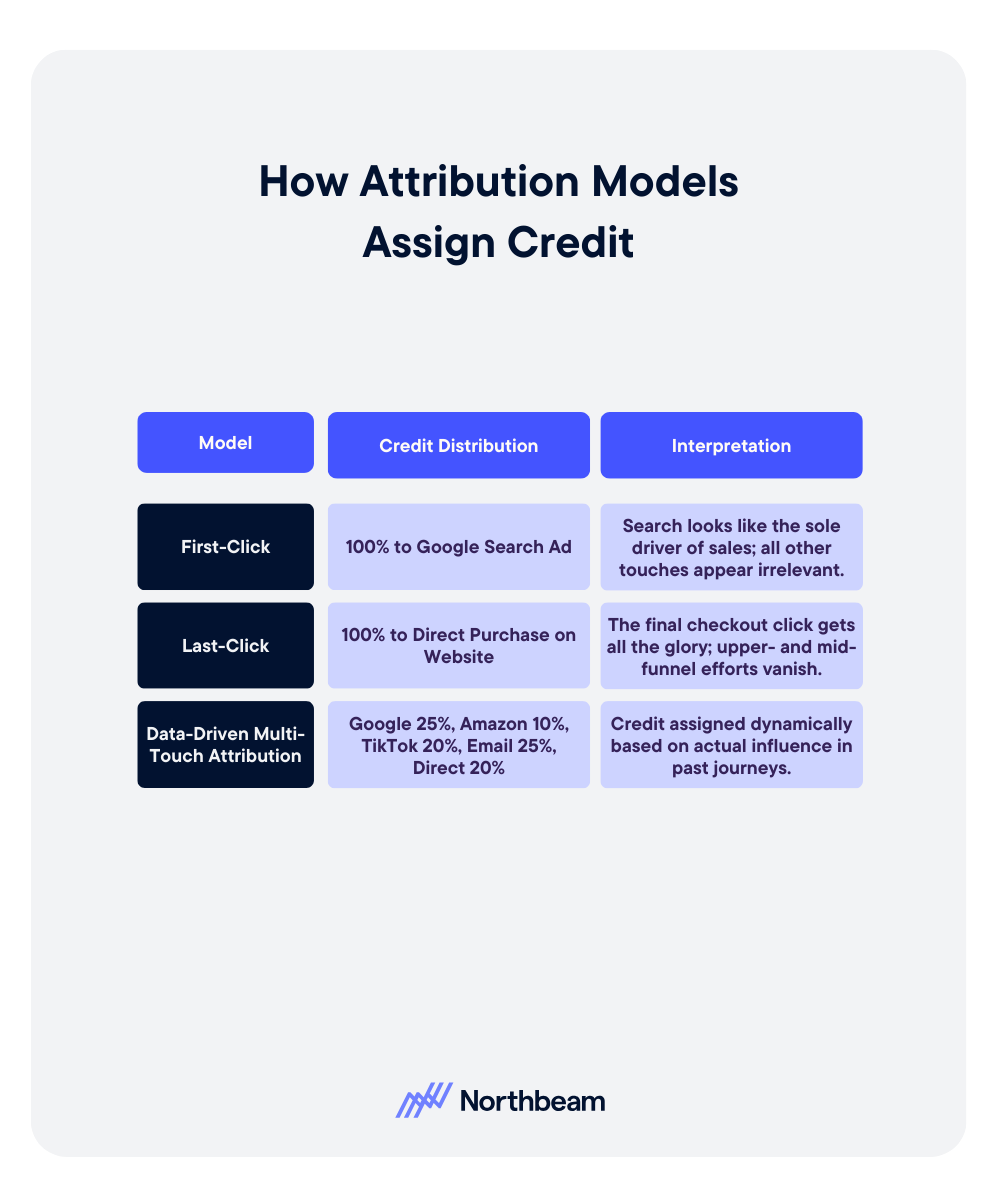
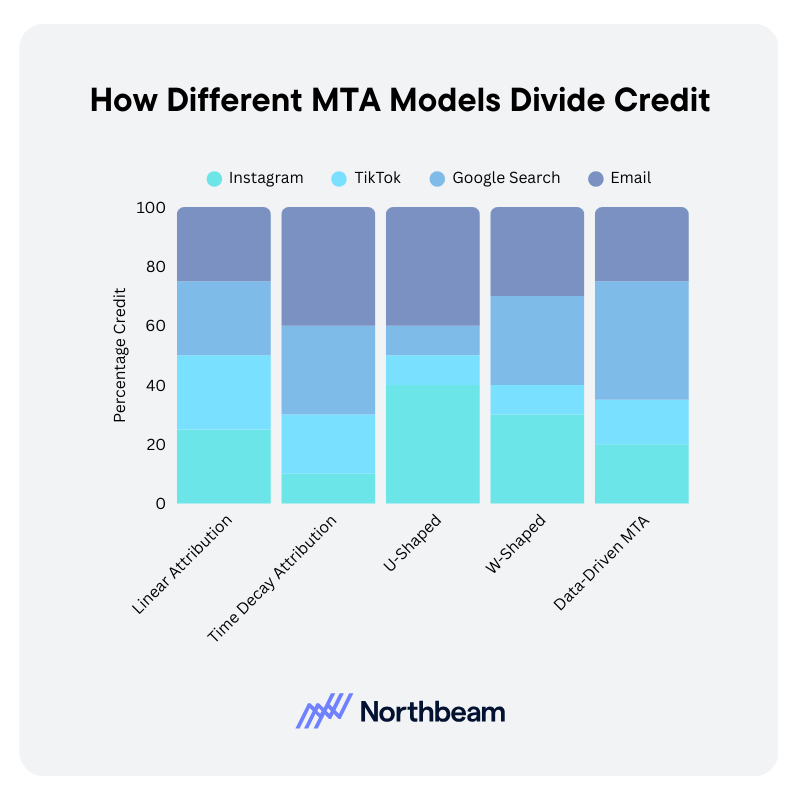

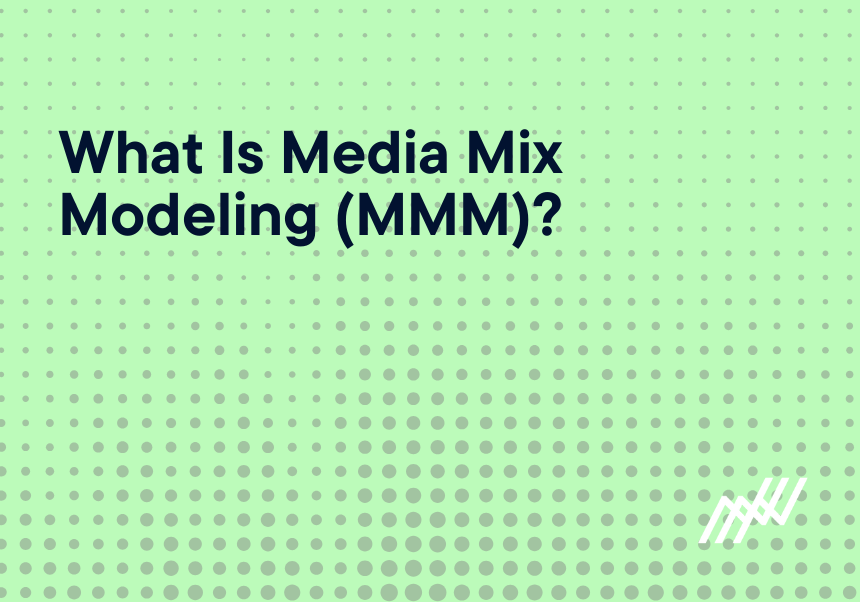

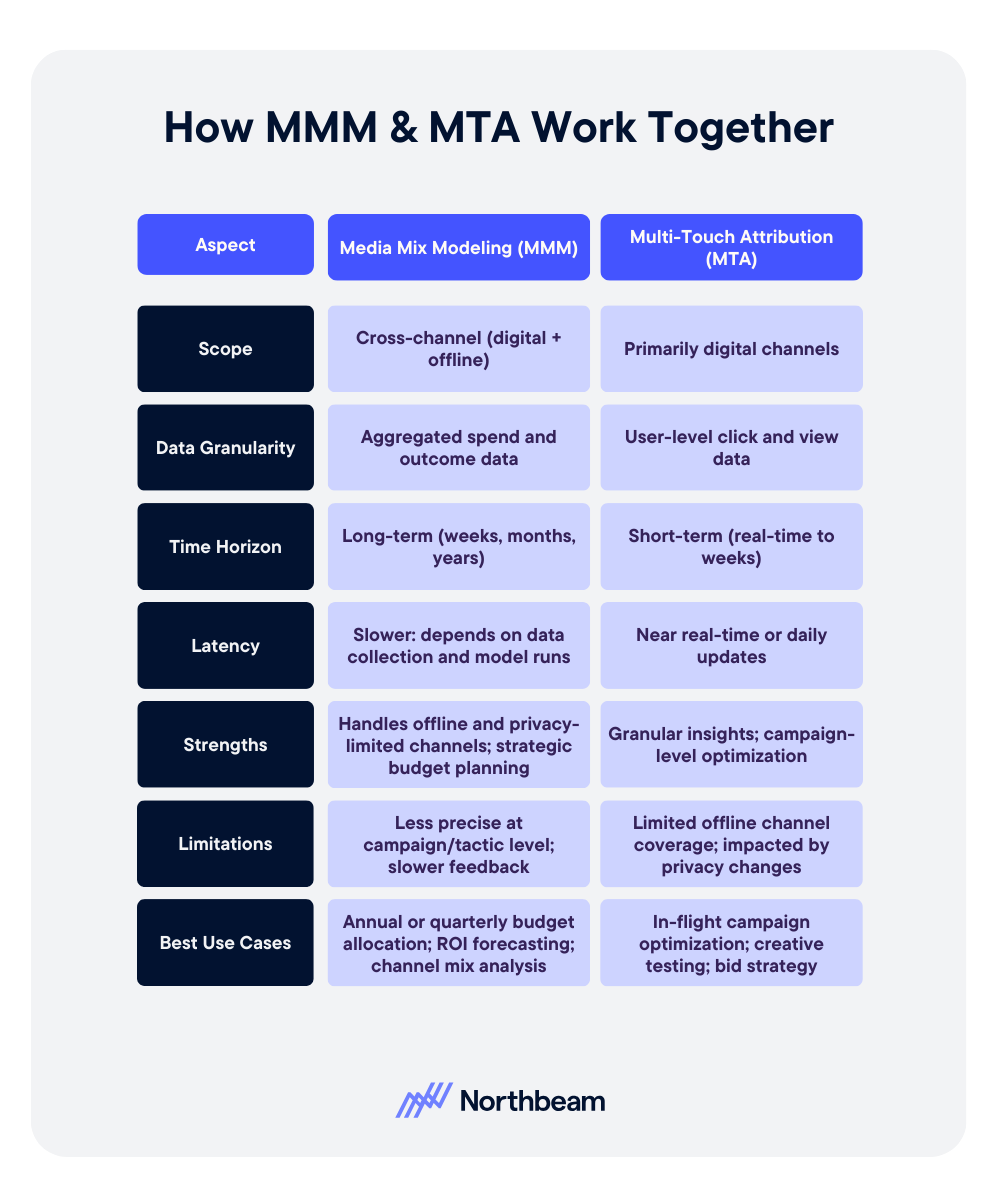
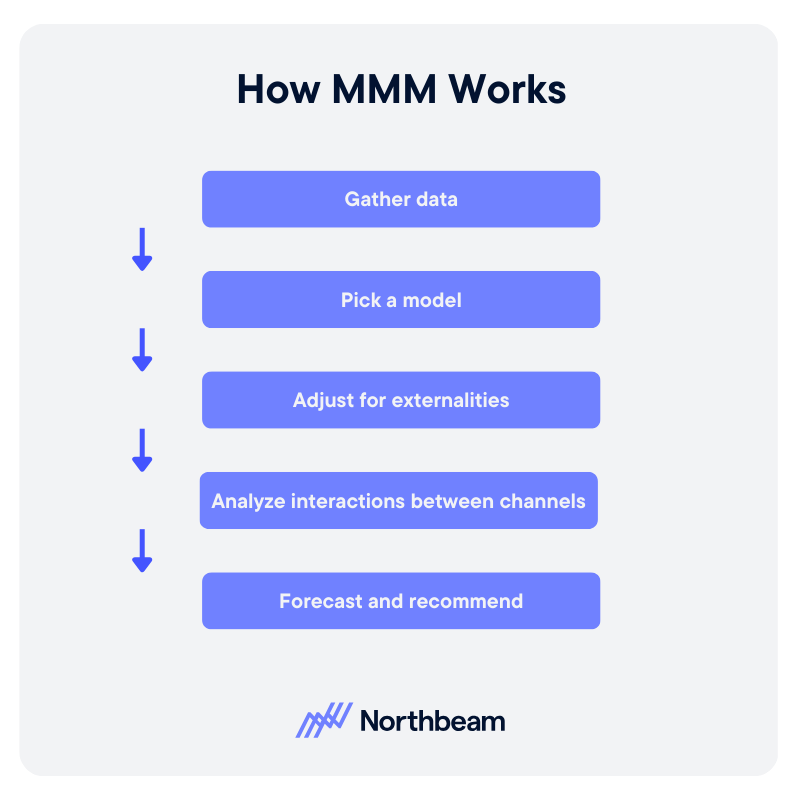
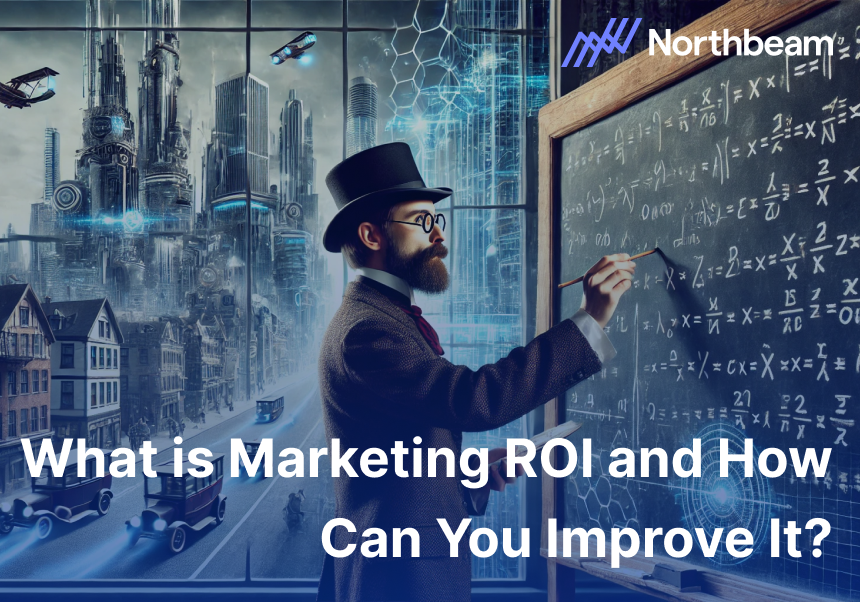
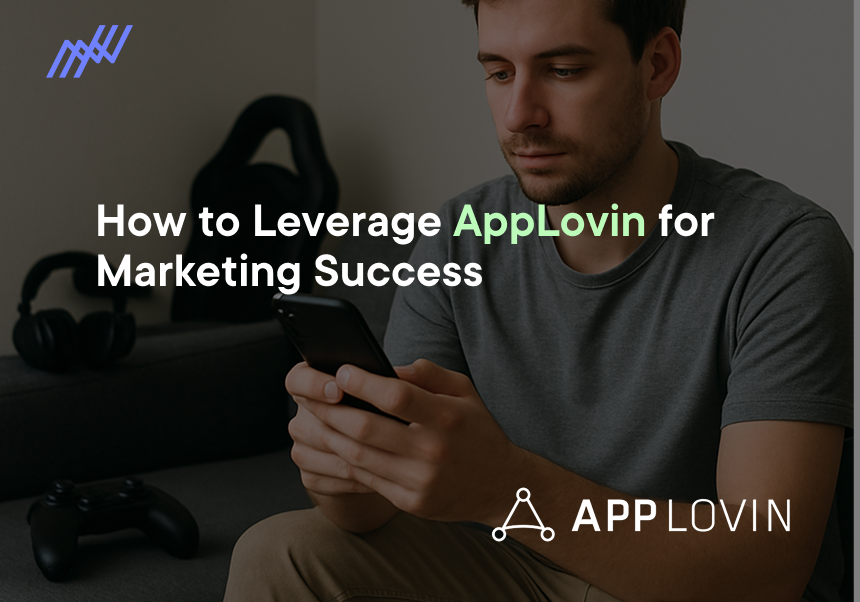
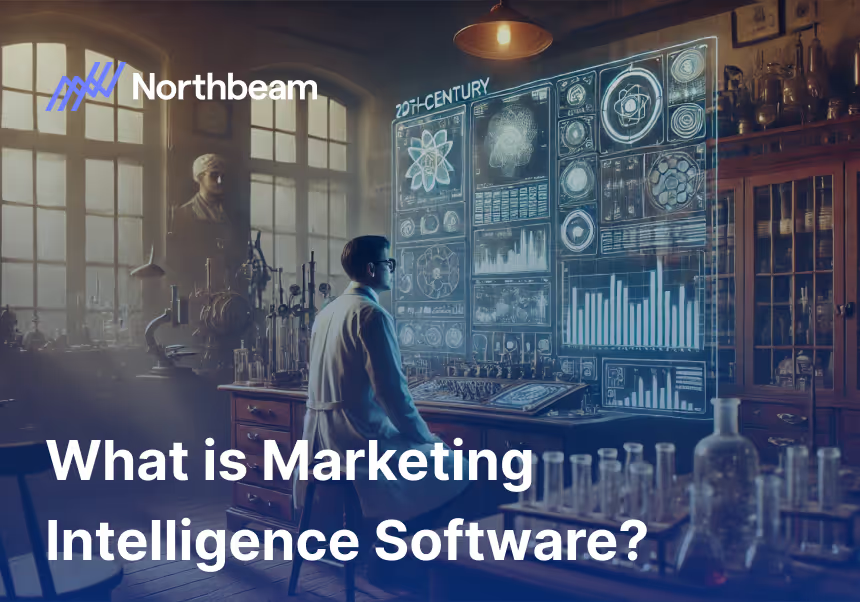
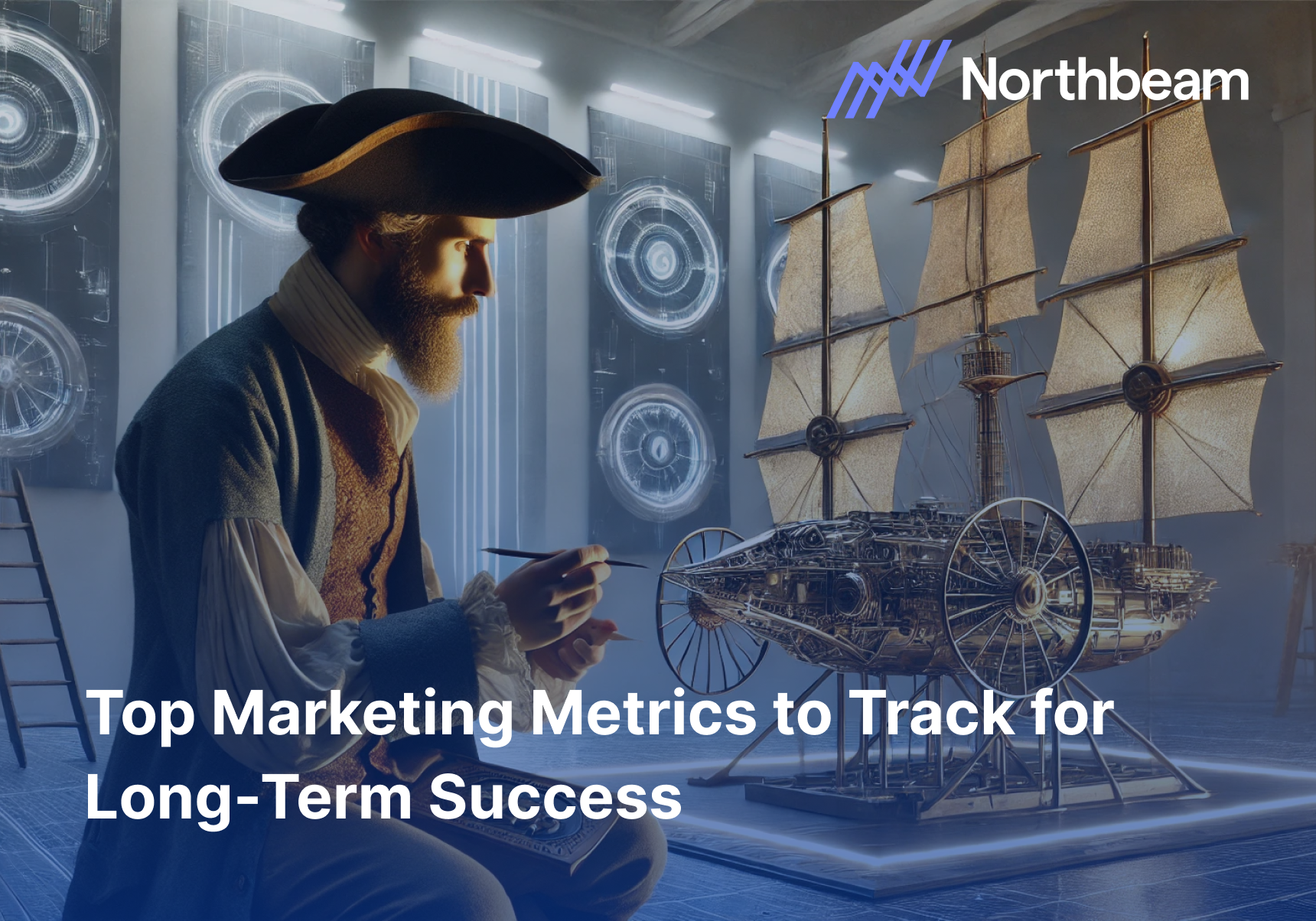




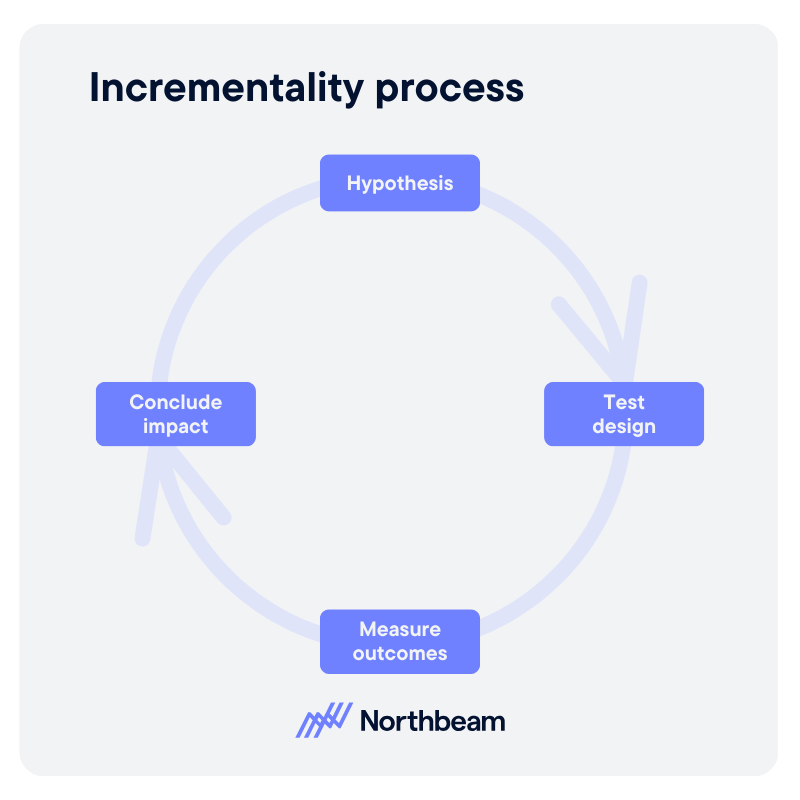
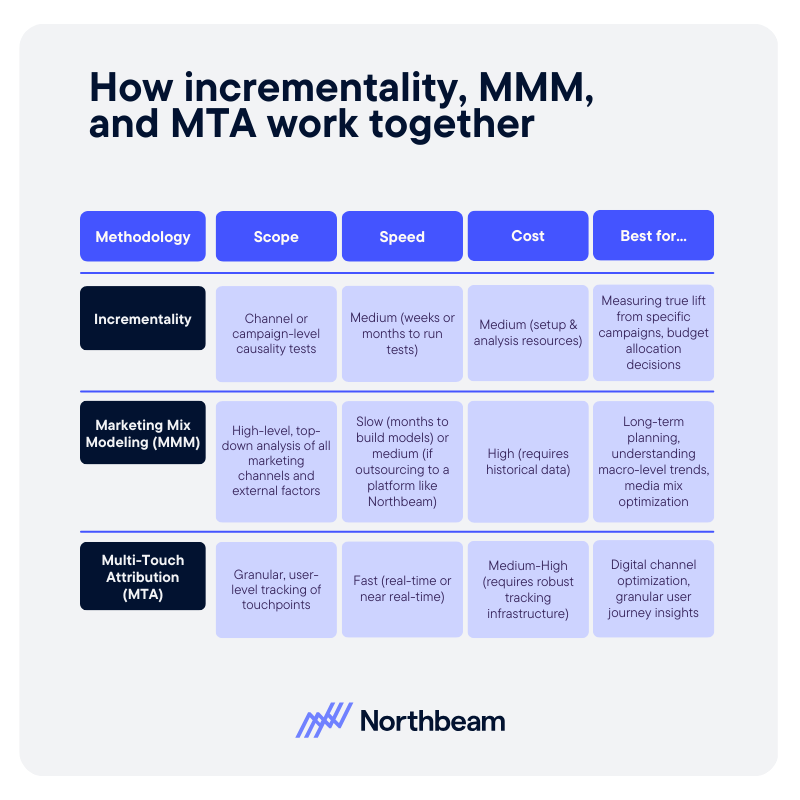

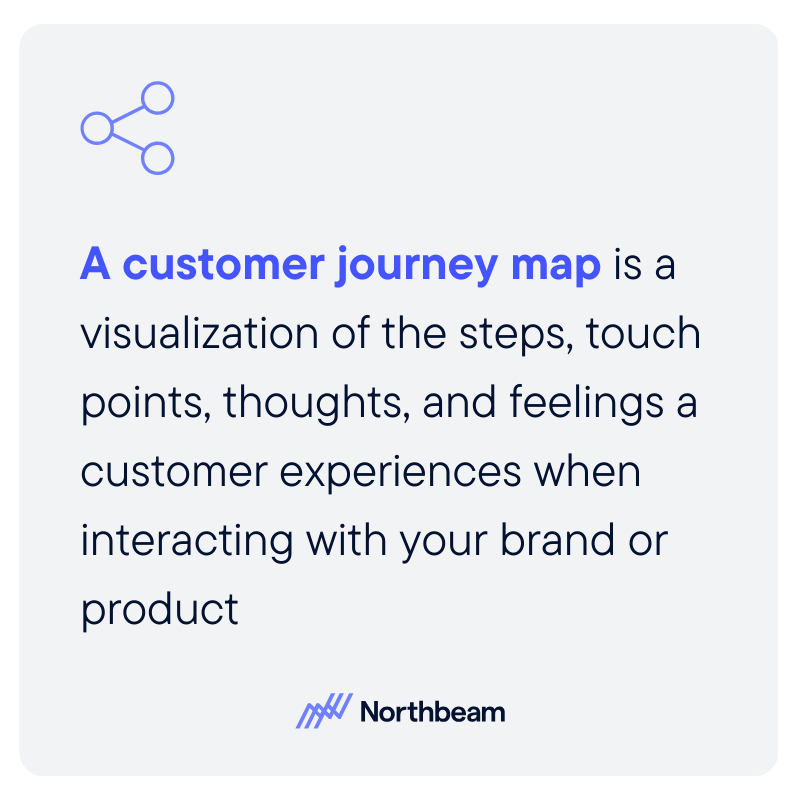


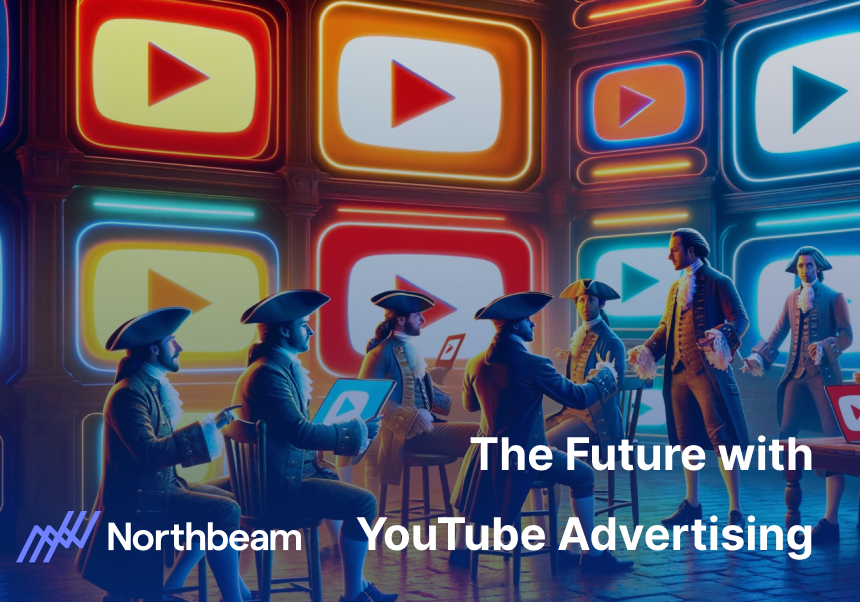

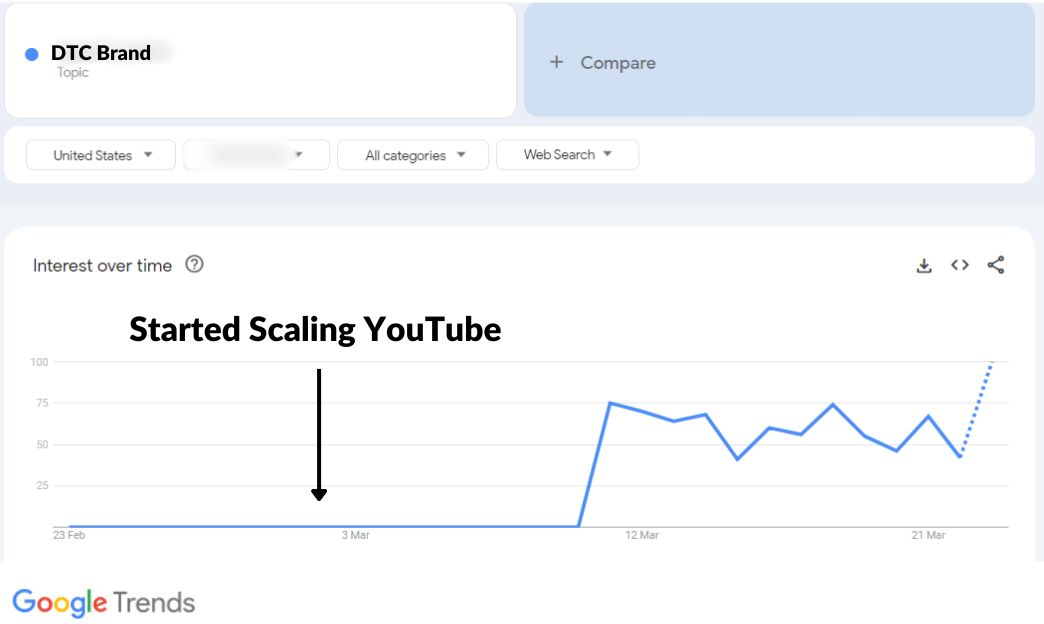

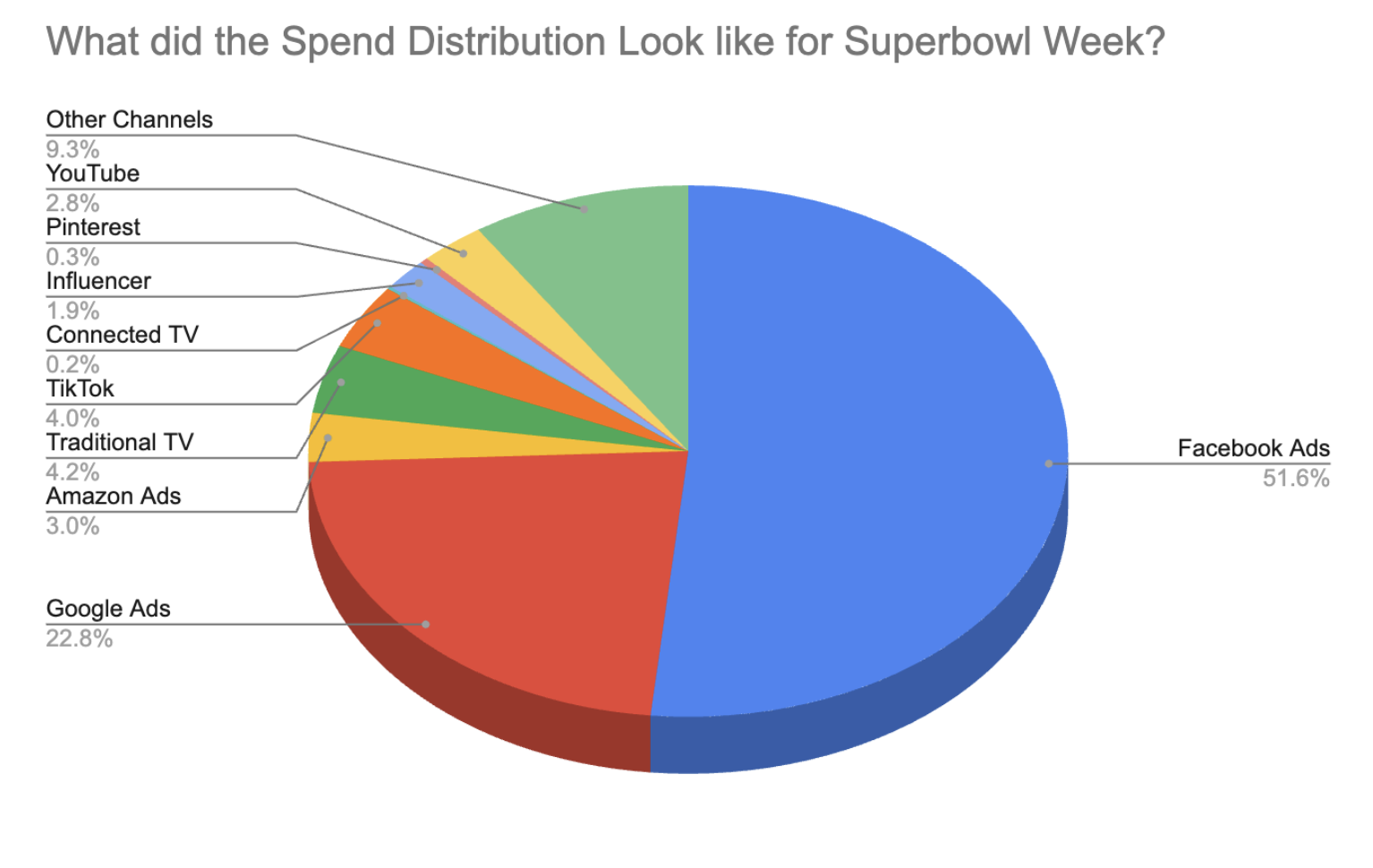



%25201.png)

.png)
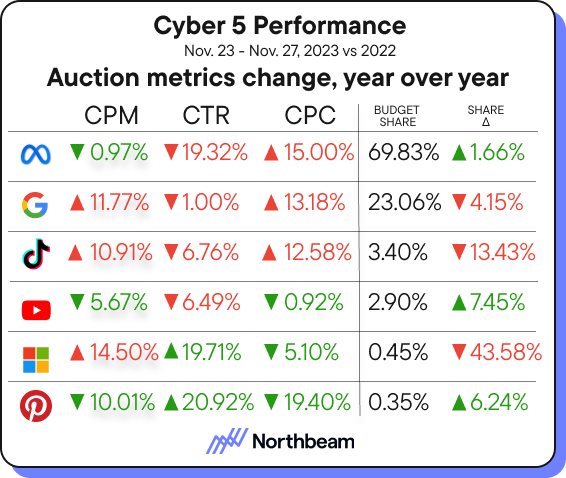
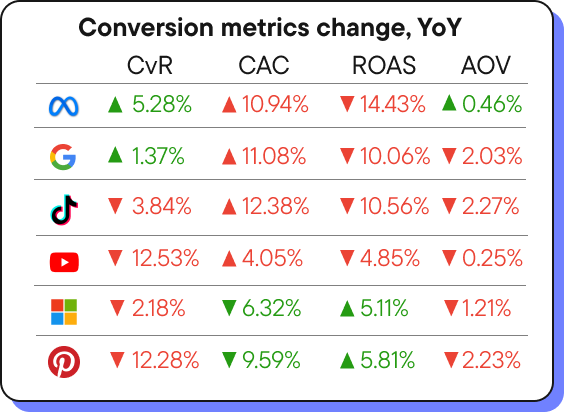
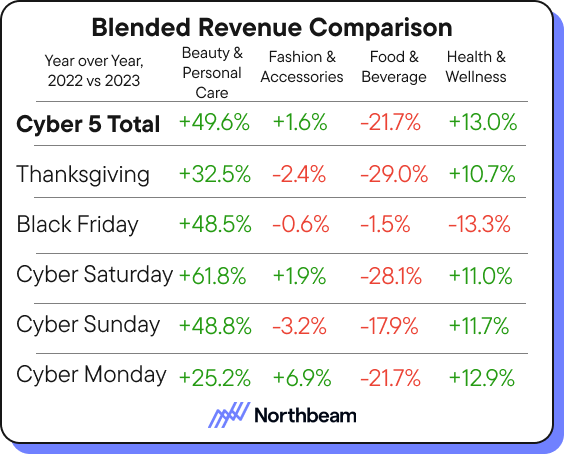




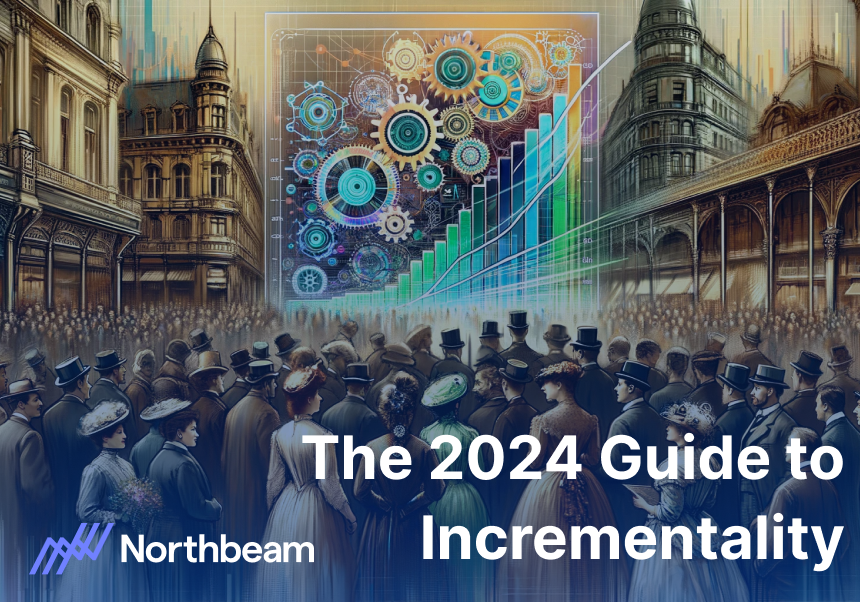
.jpeg)

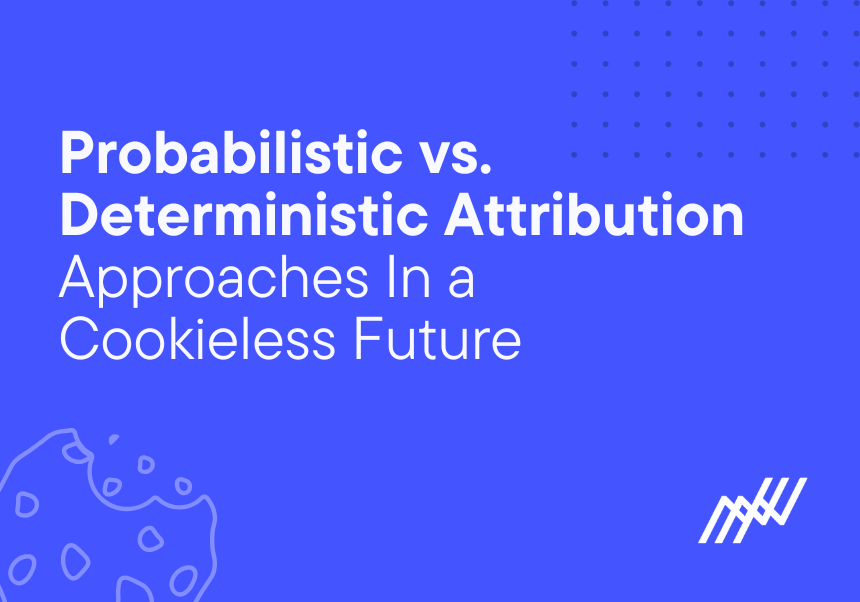
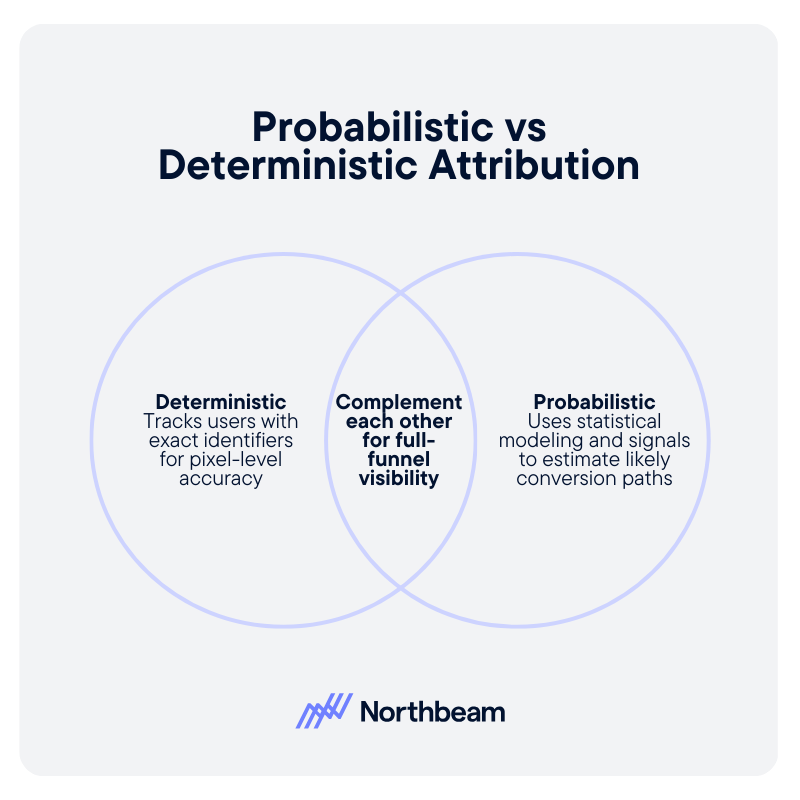
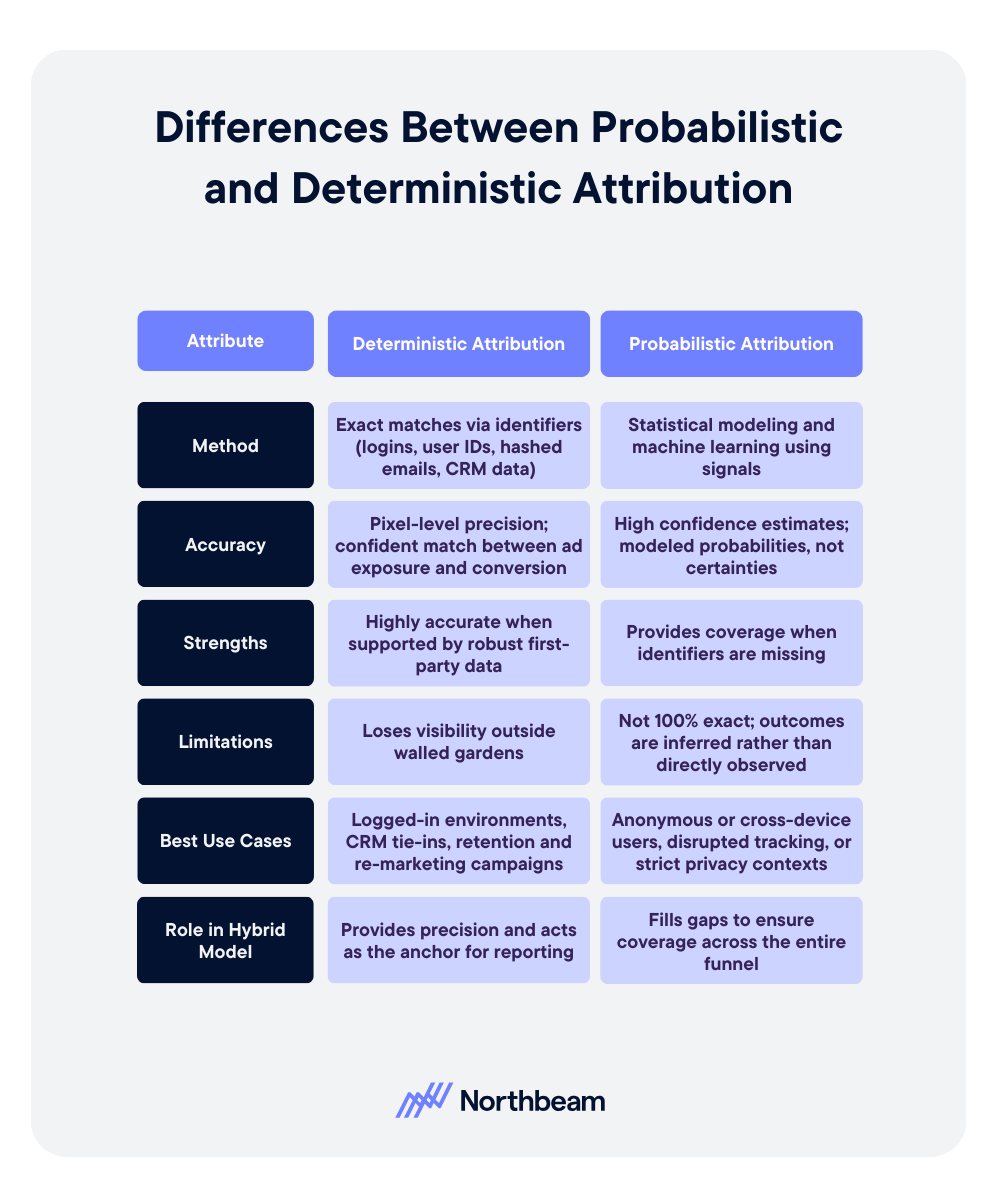
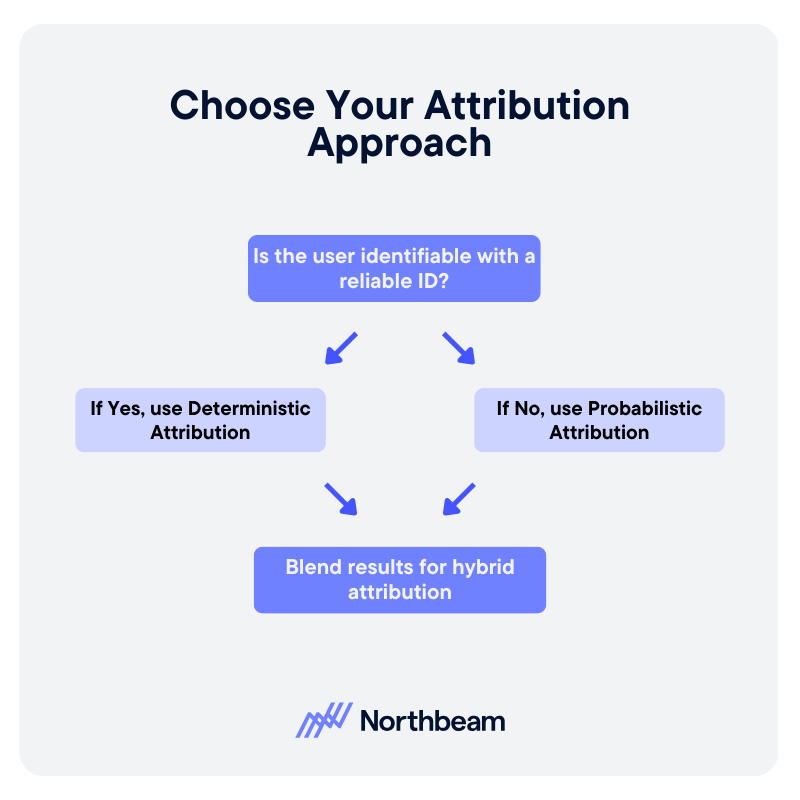








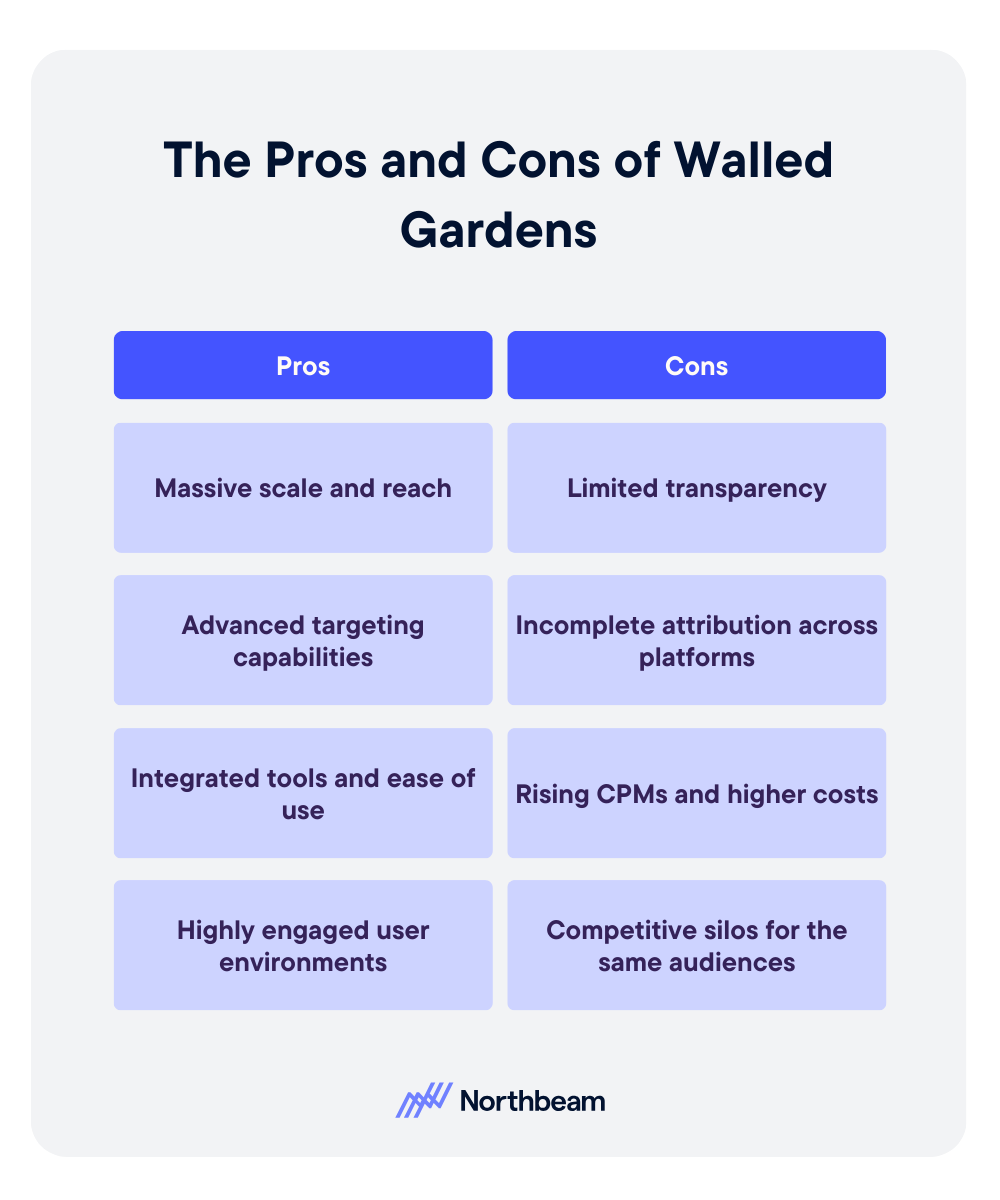

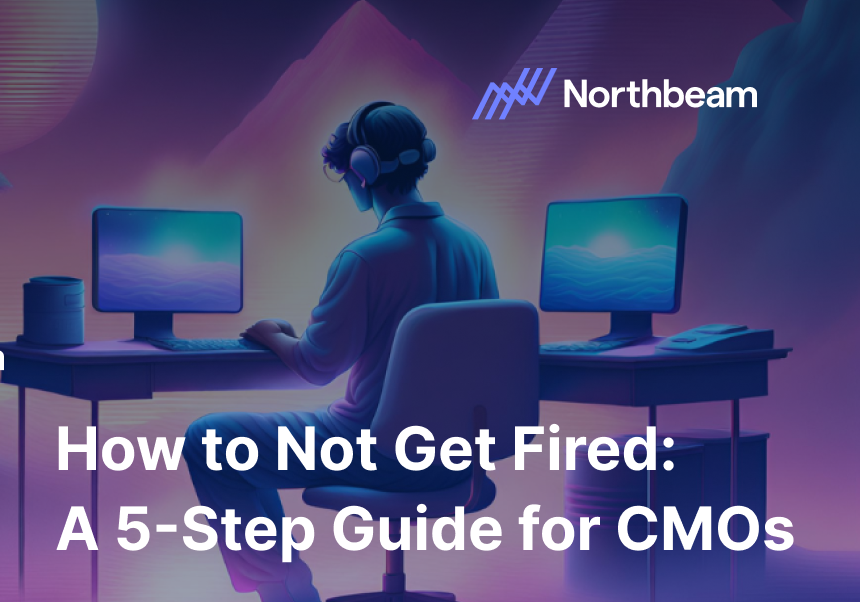

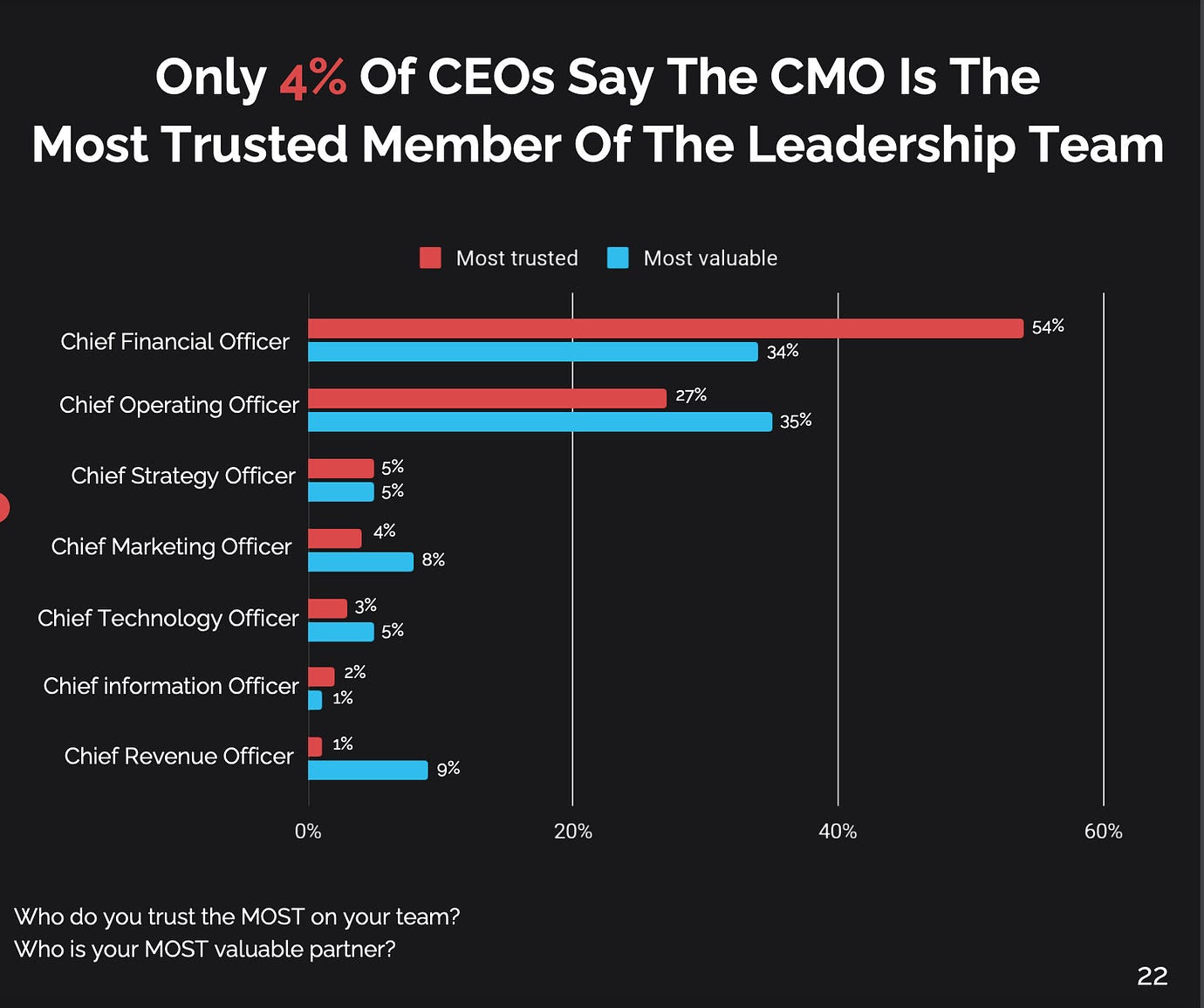
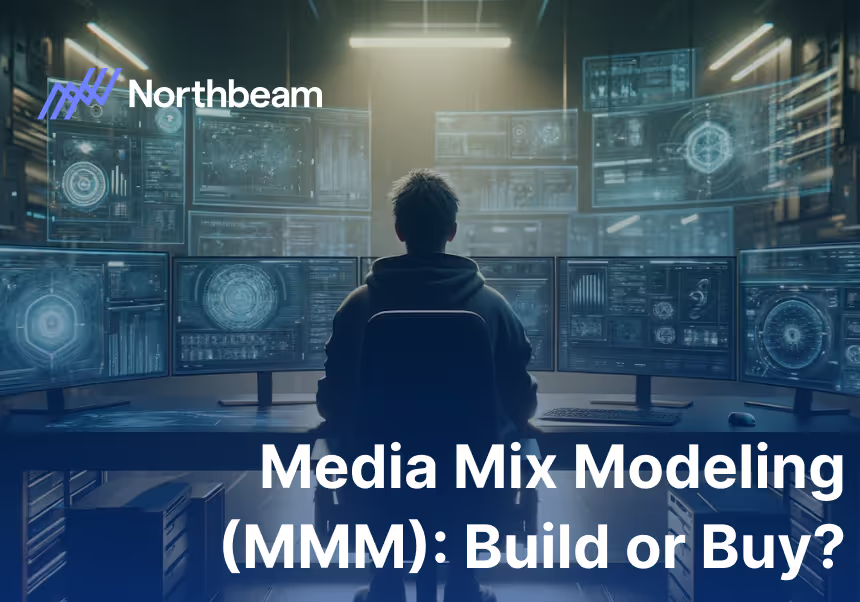
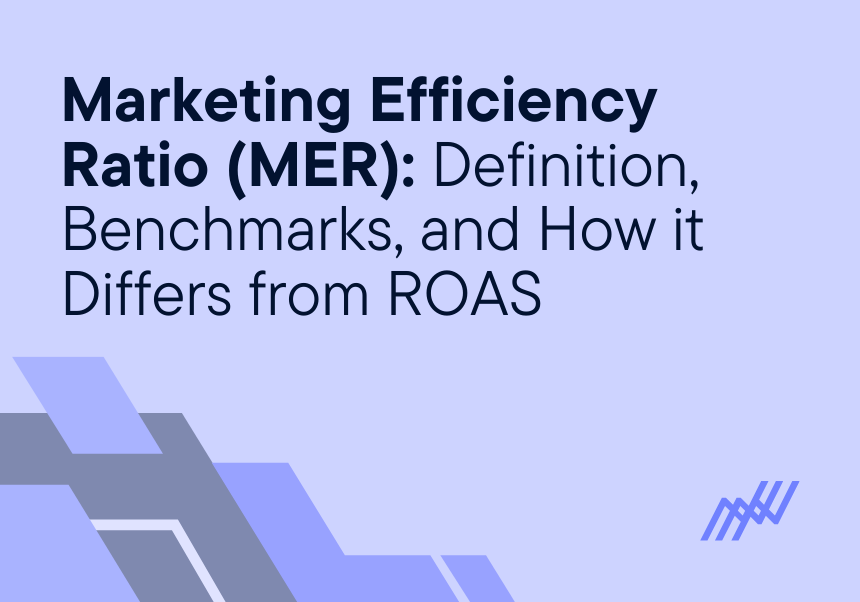




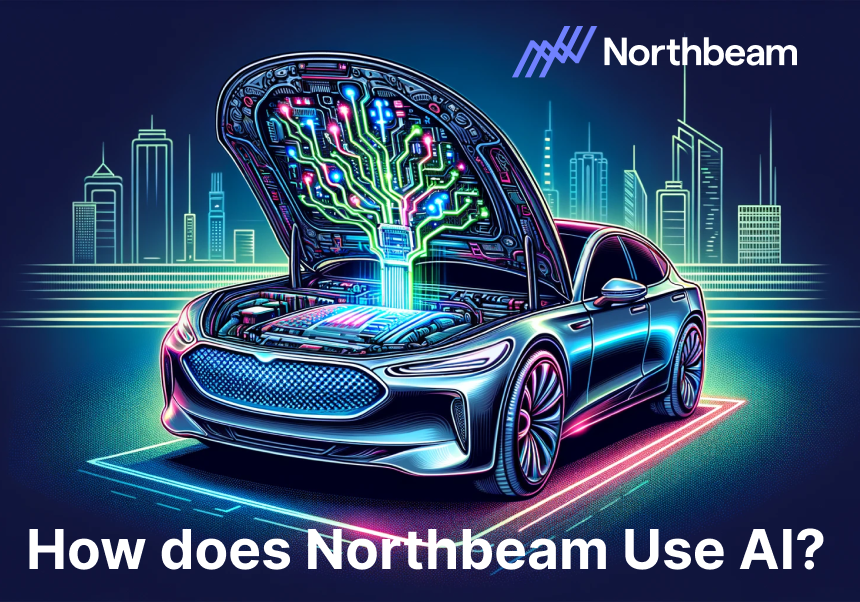





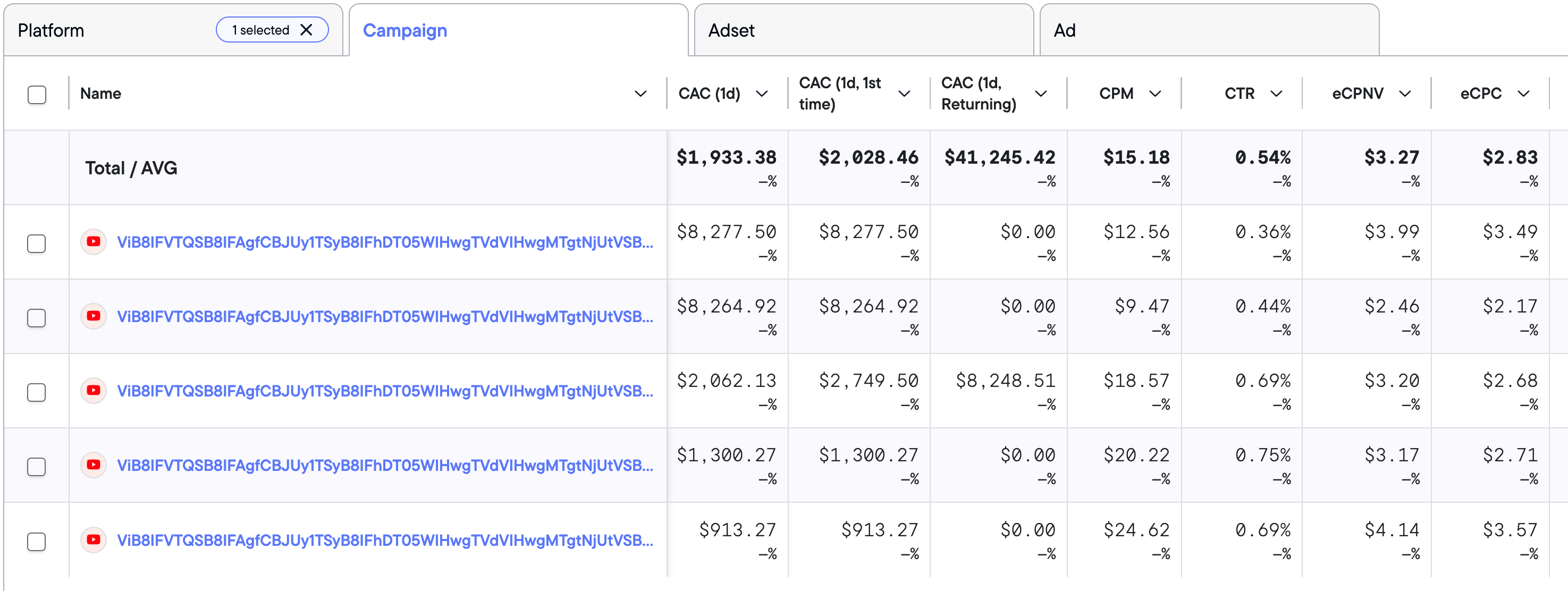

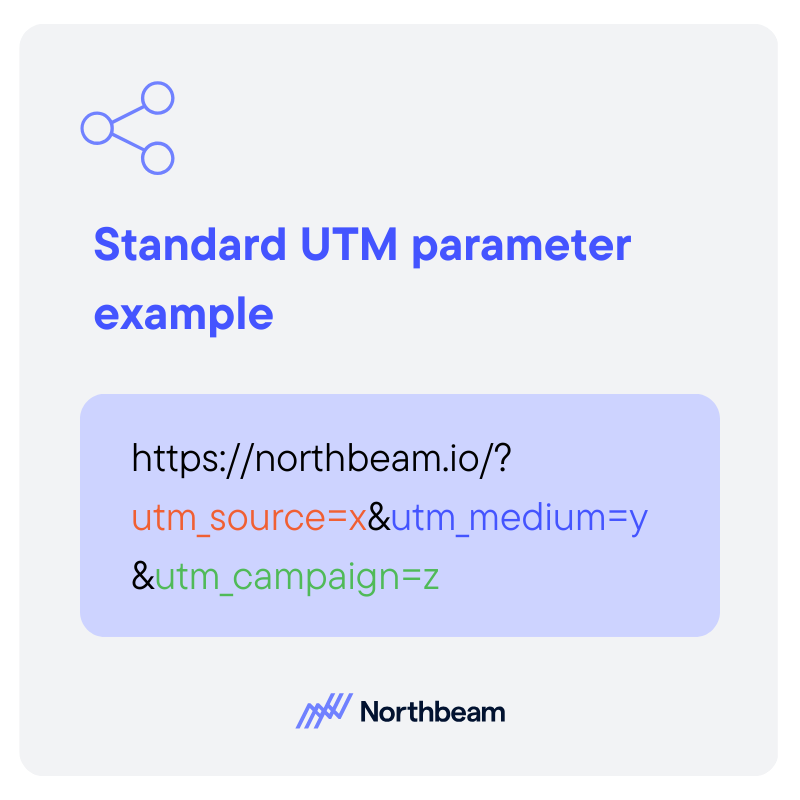
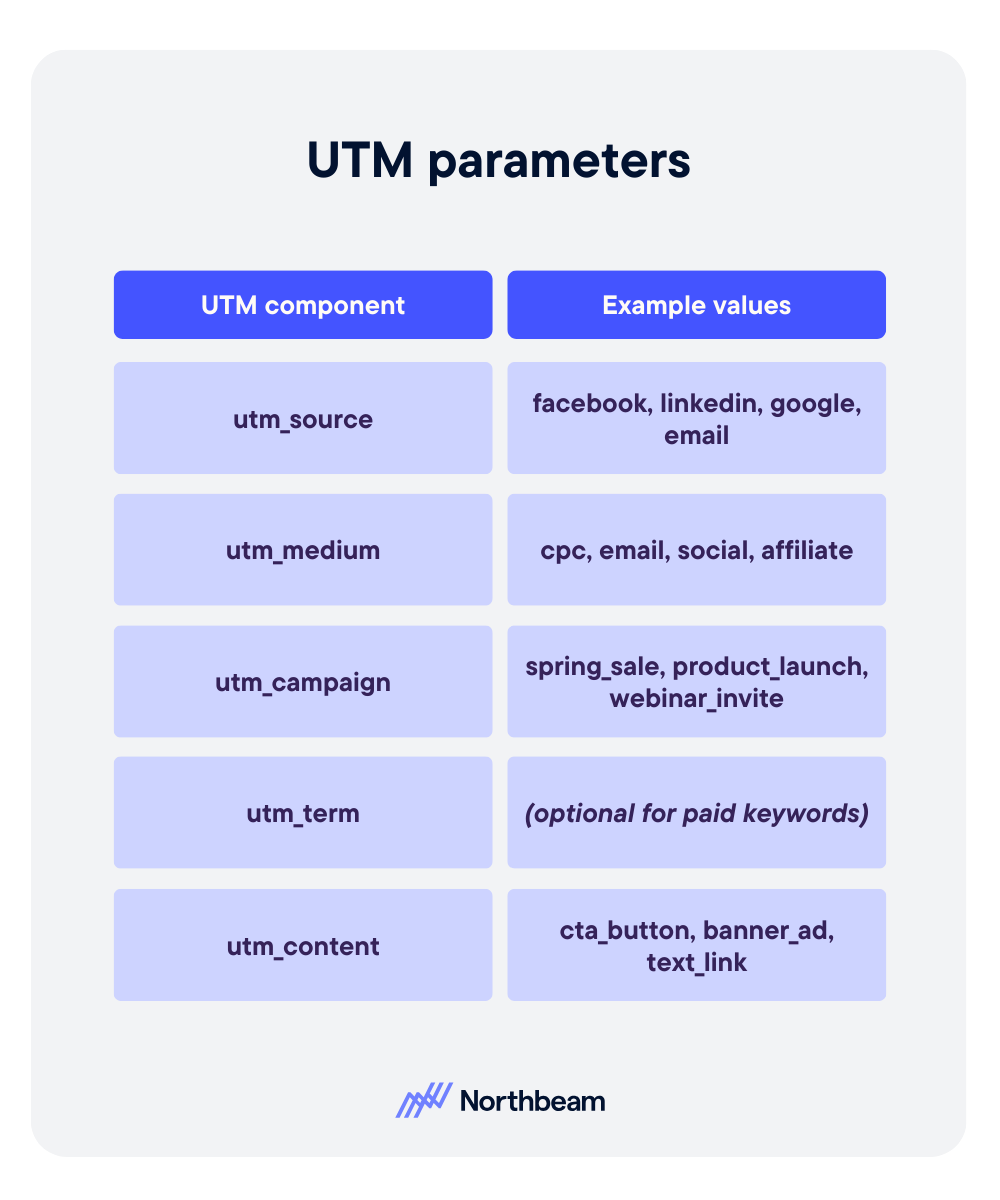
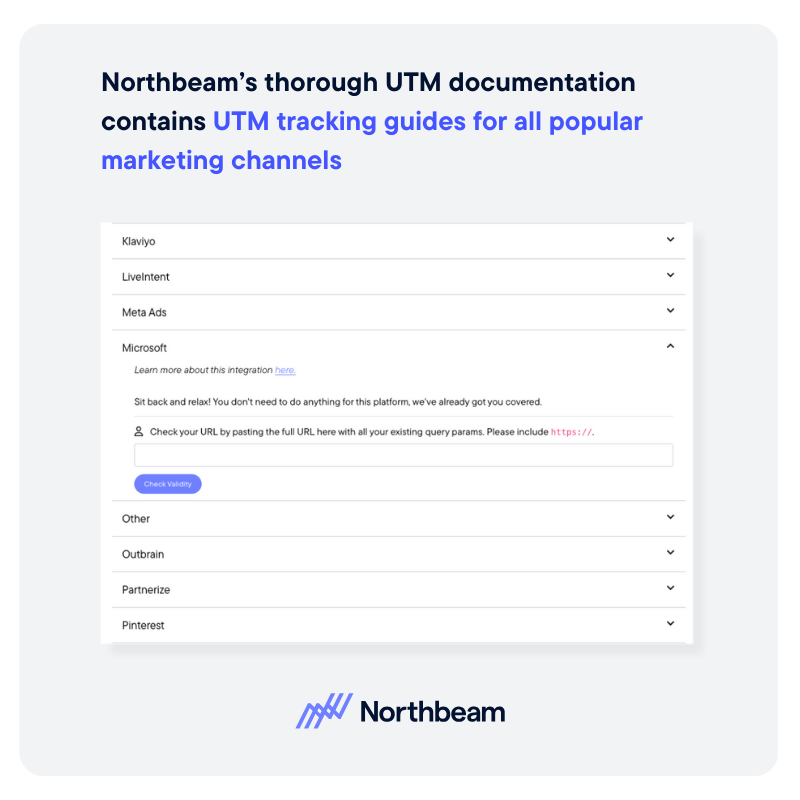

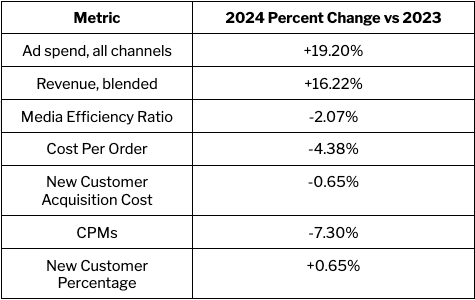

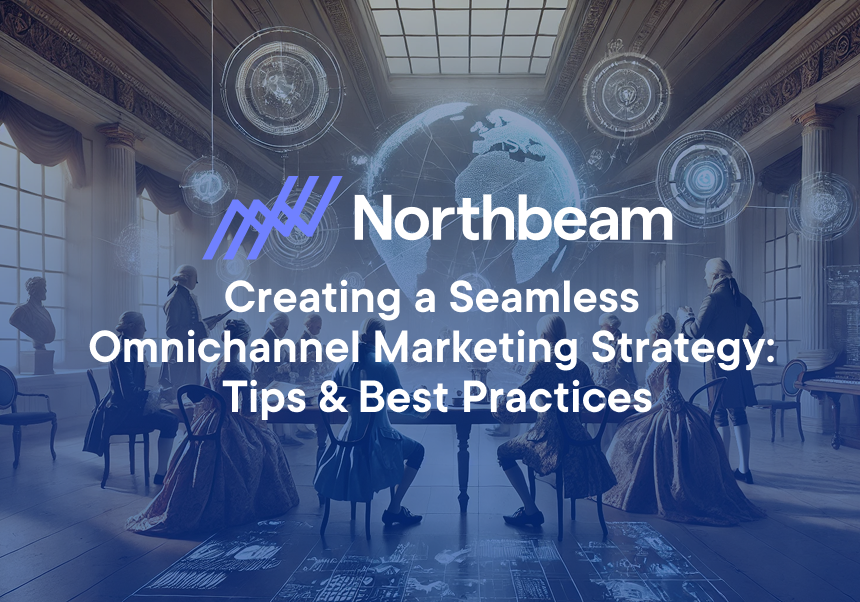
.png)

.png)
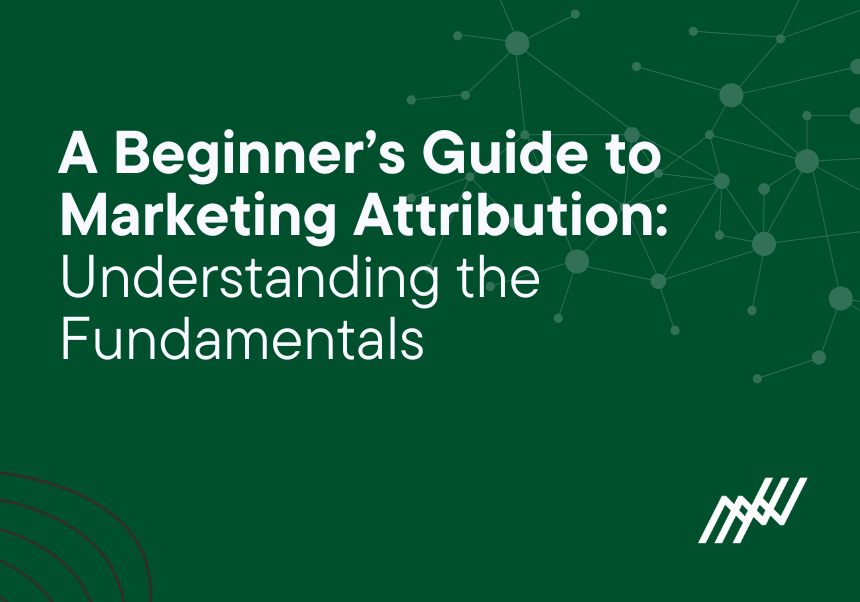
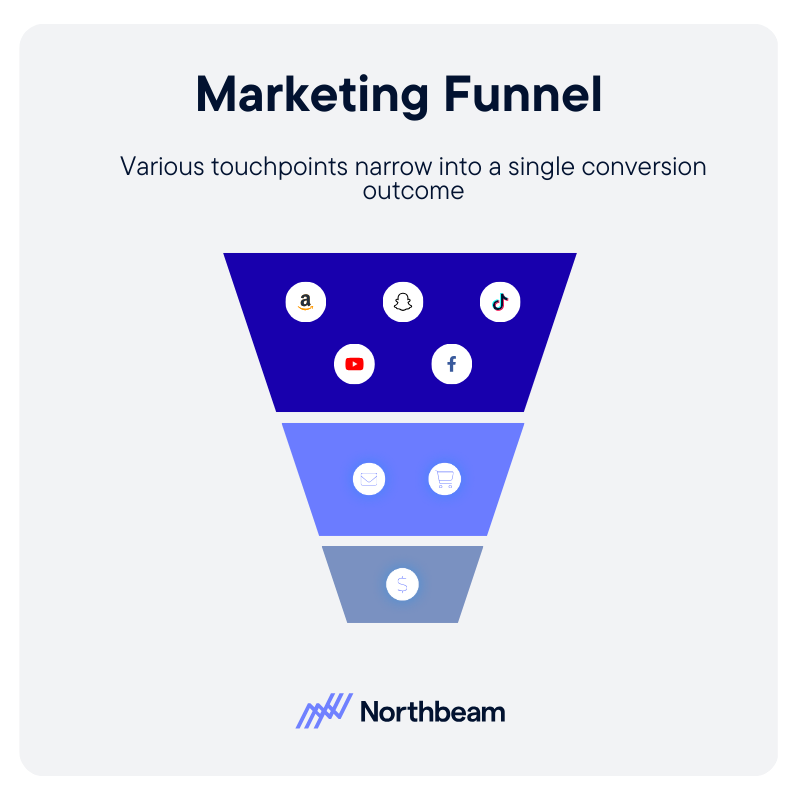
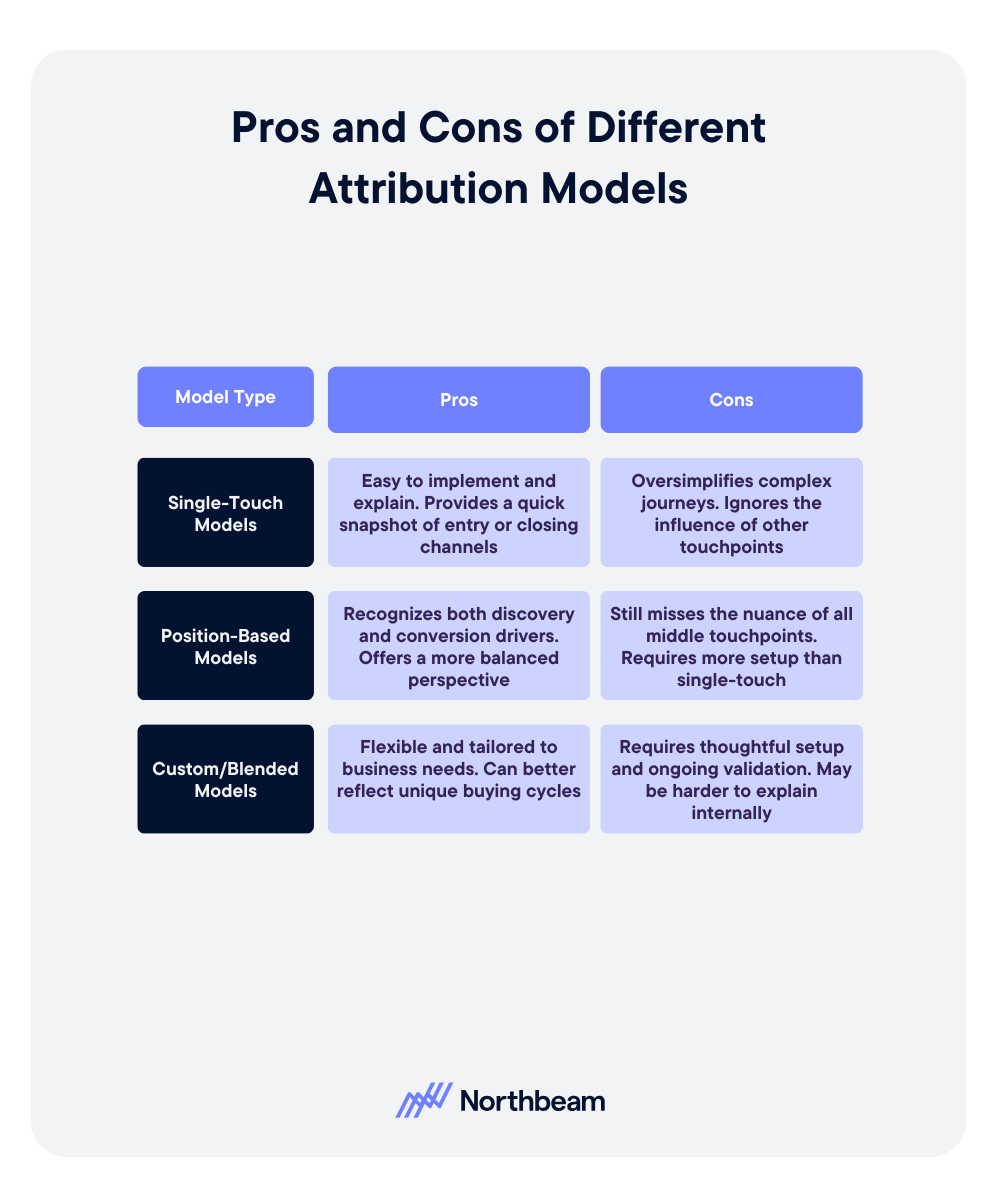



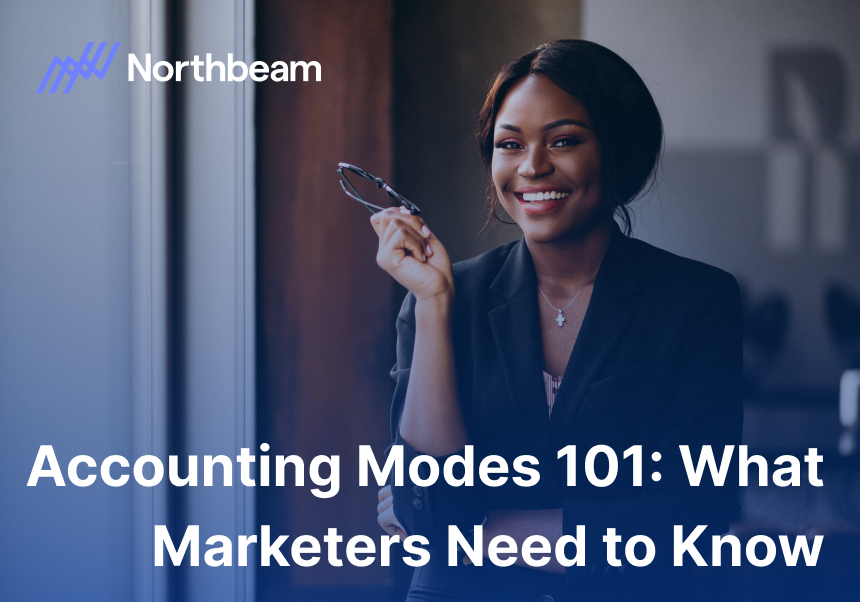
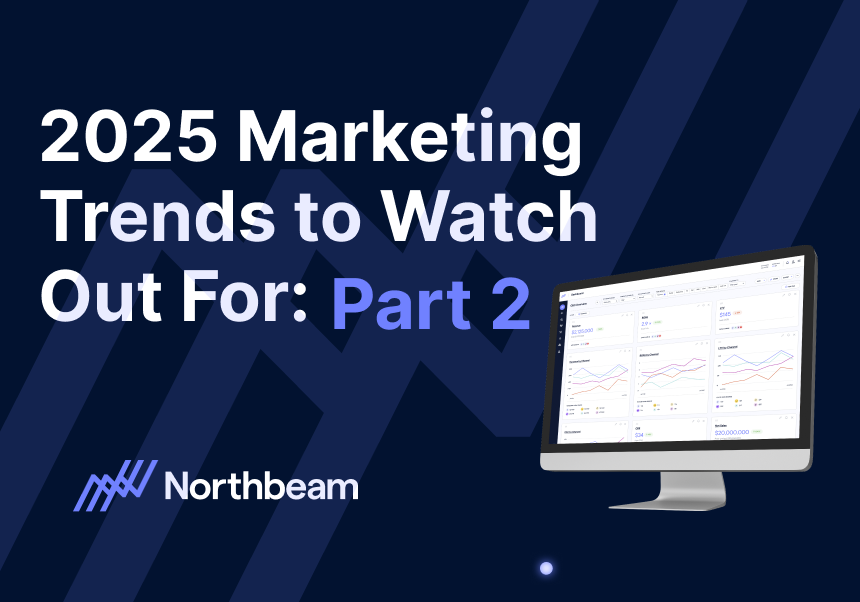
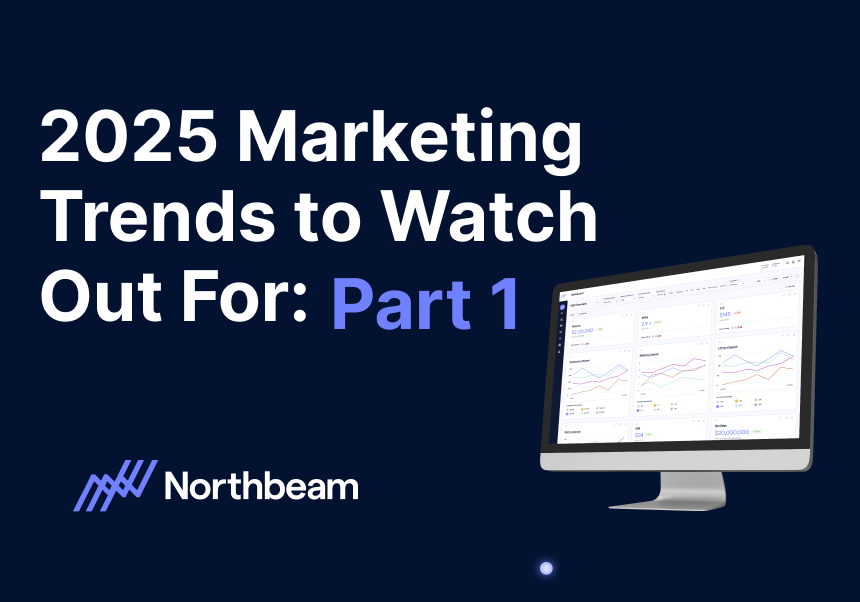



.svg)
